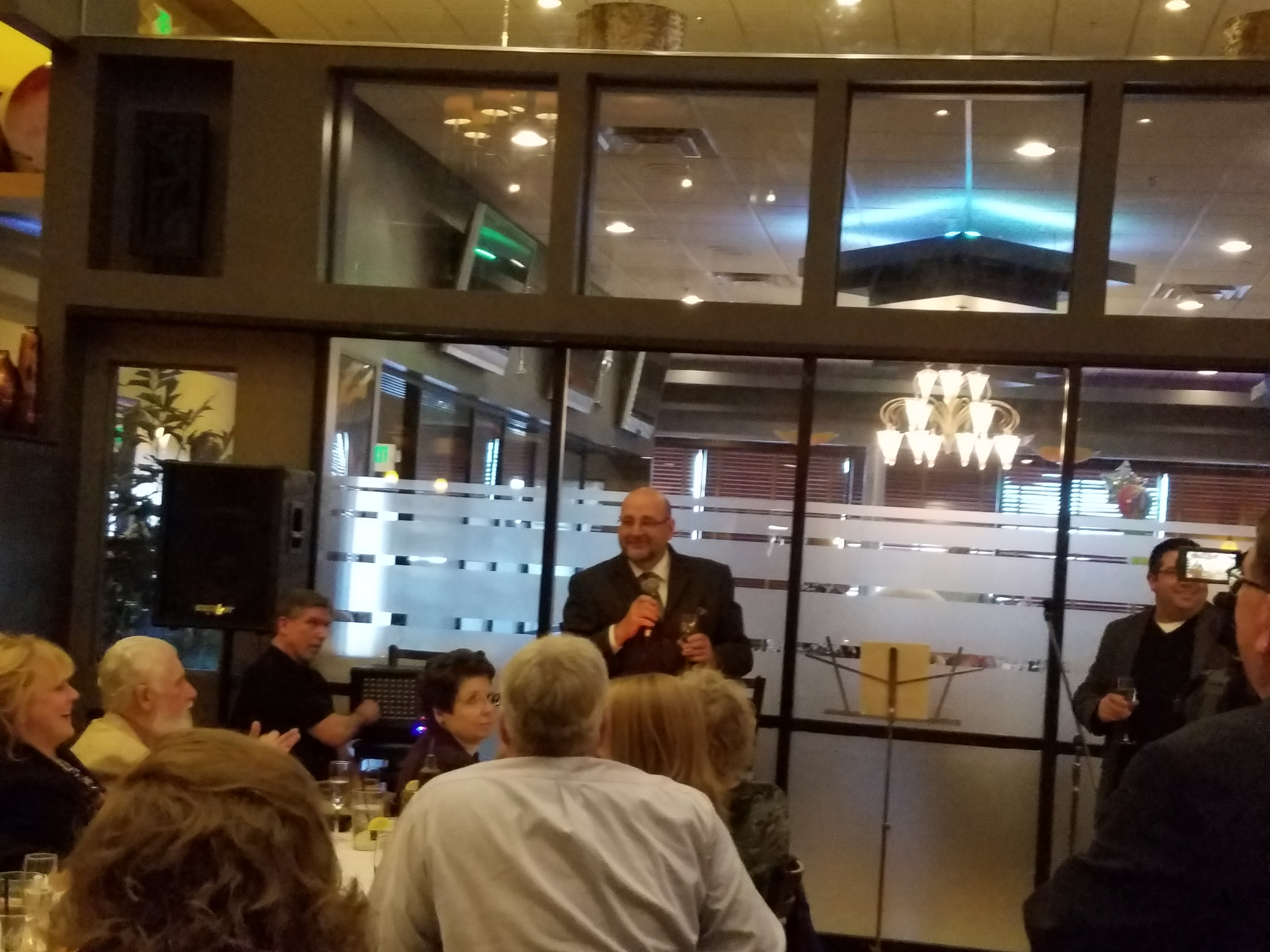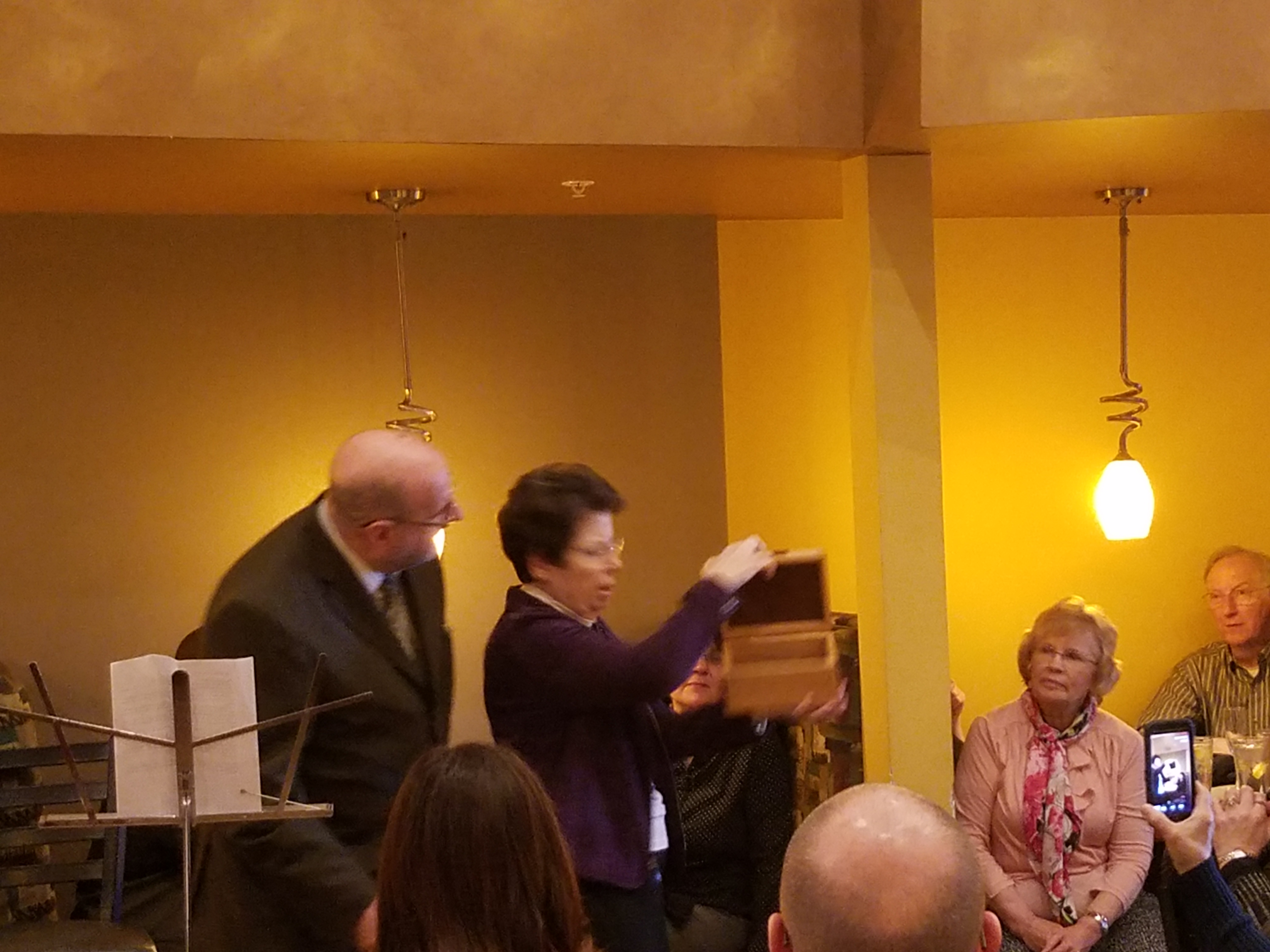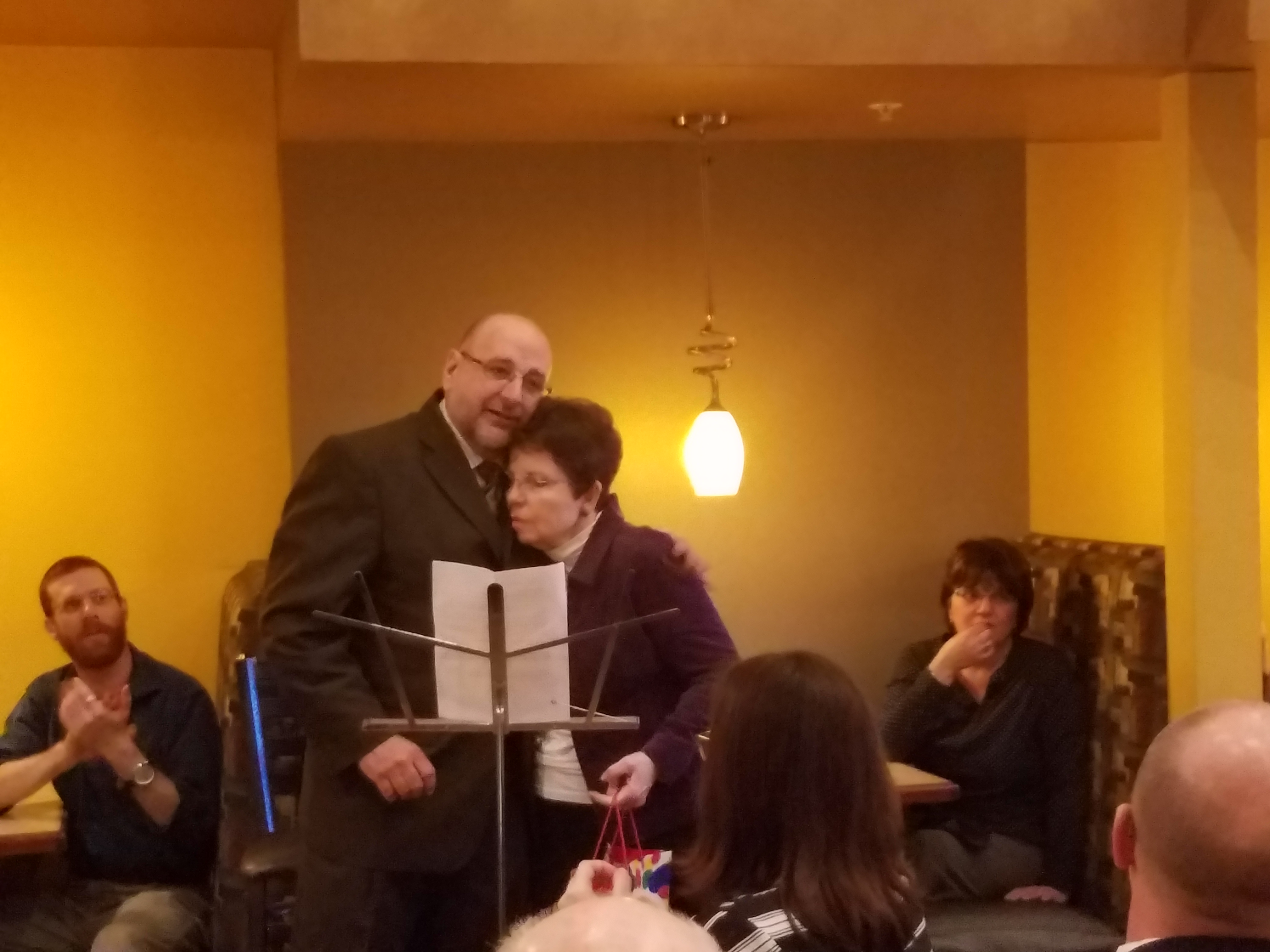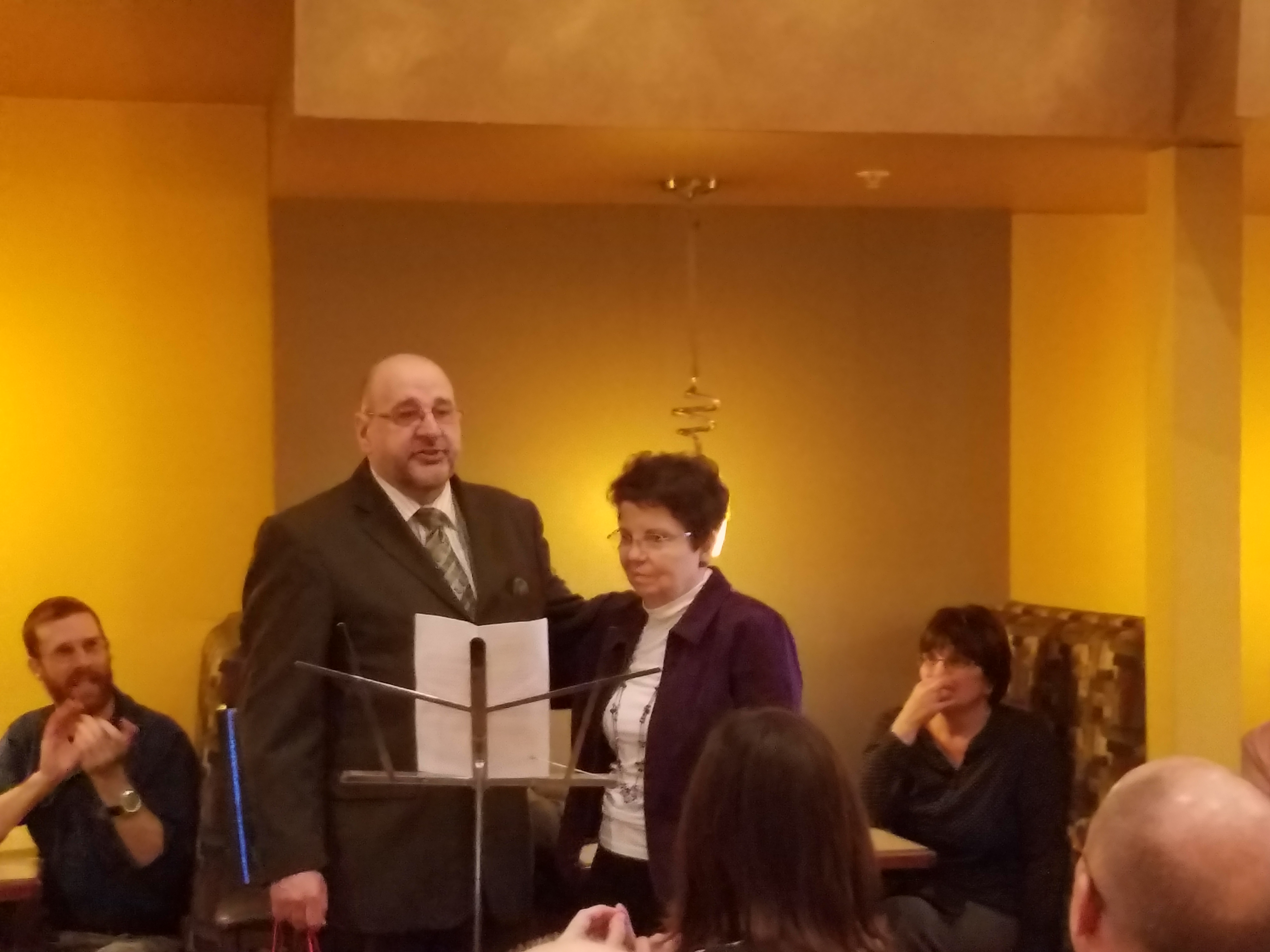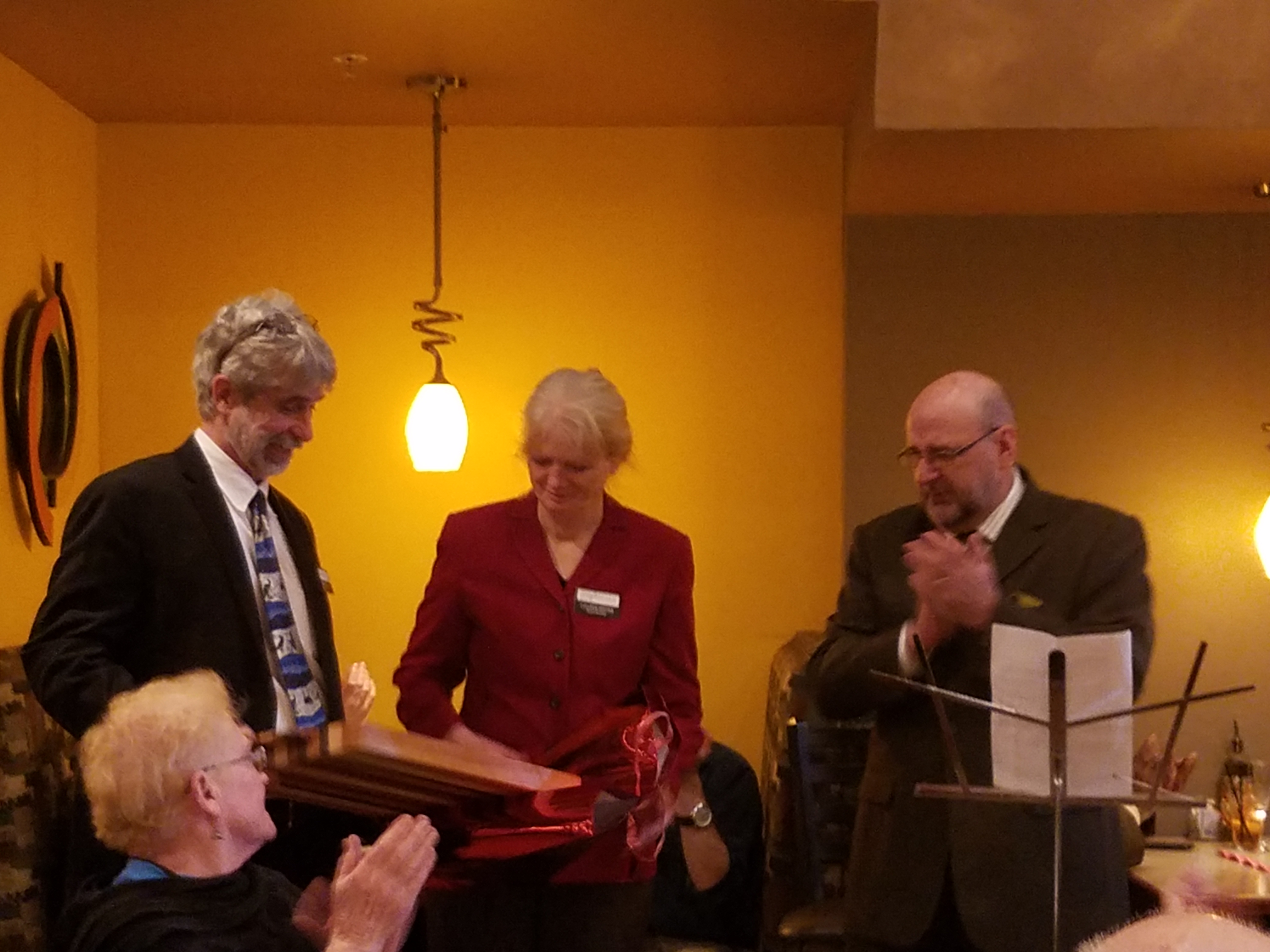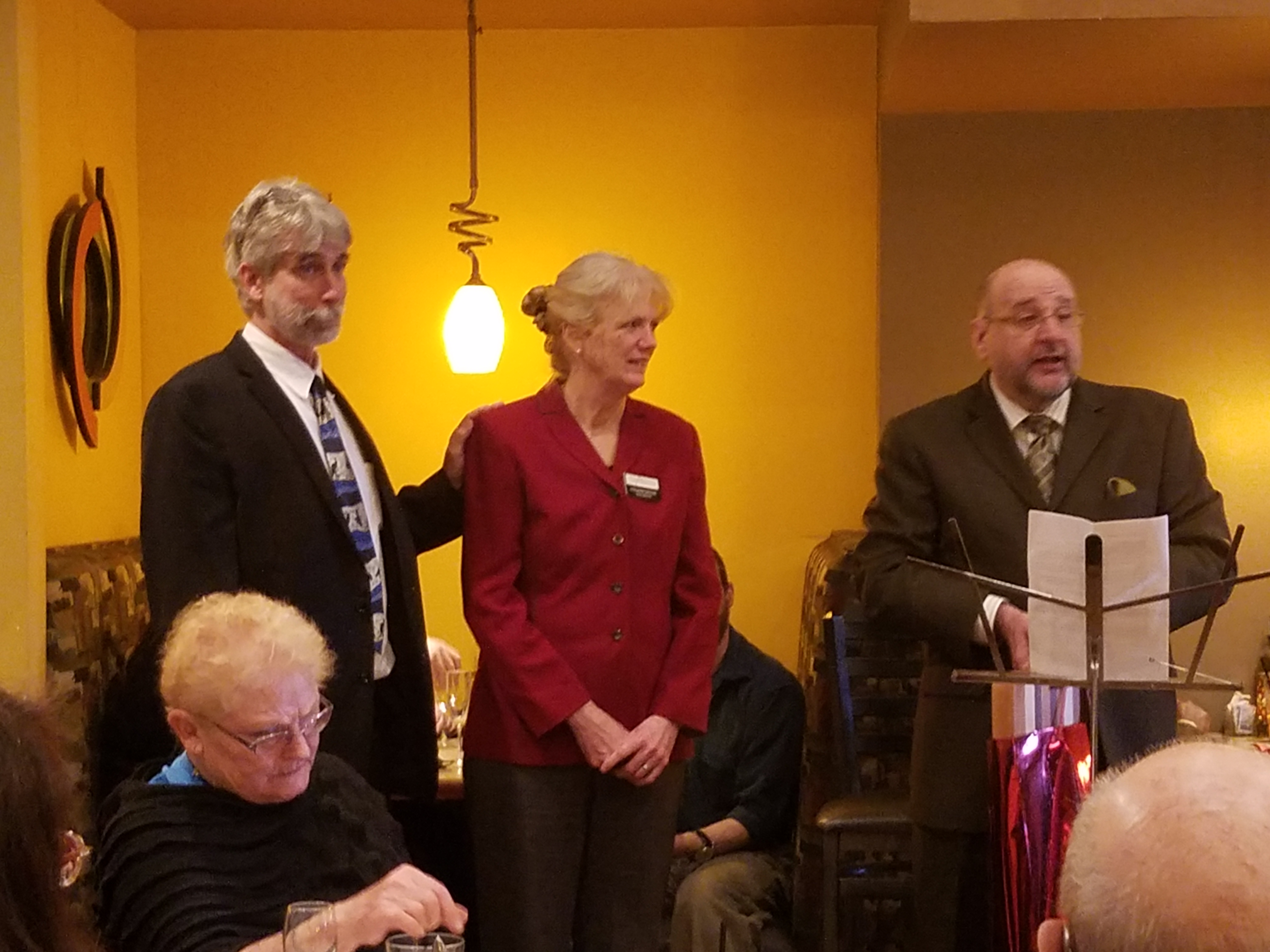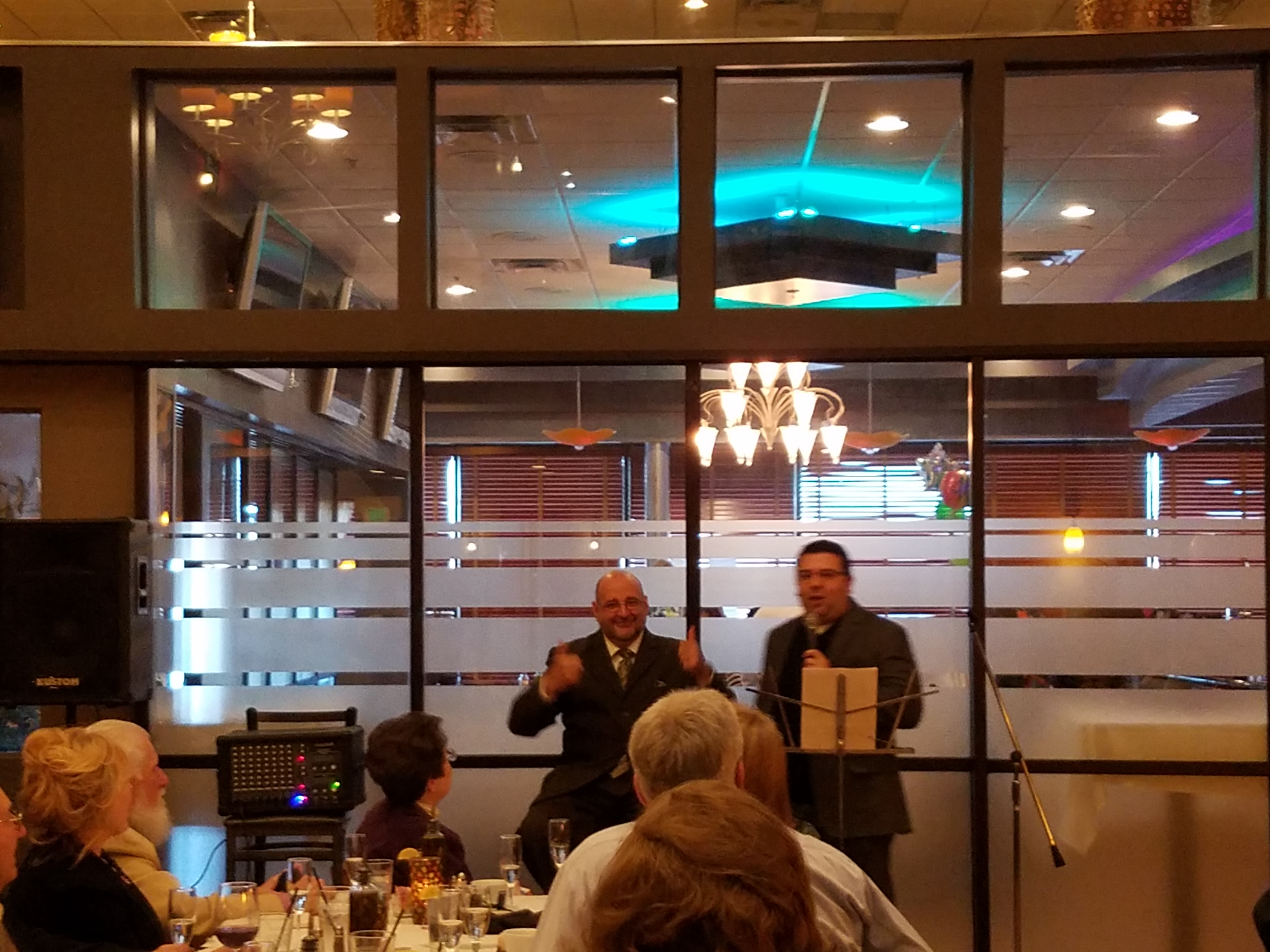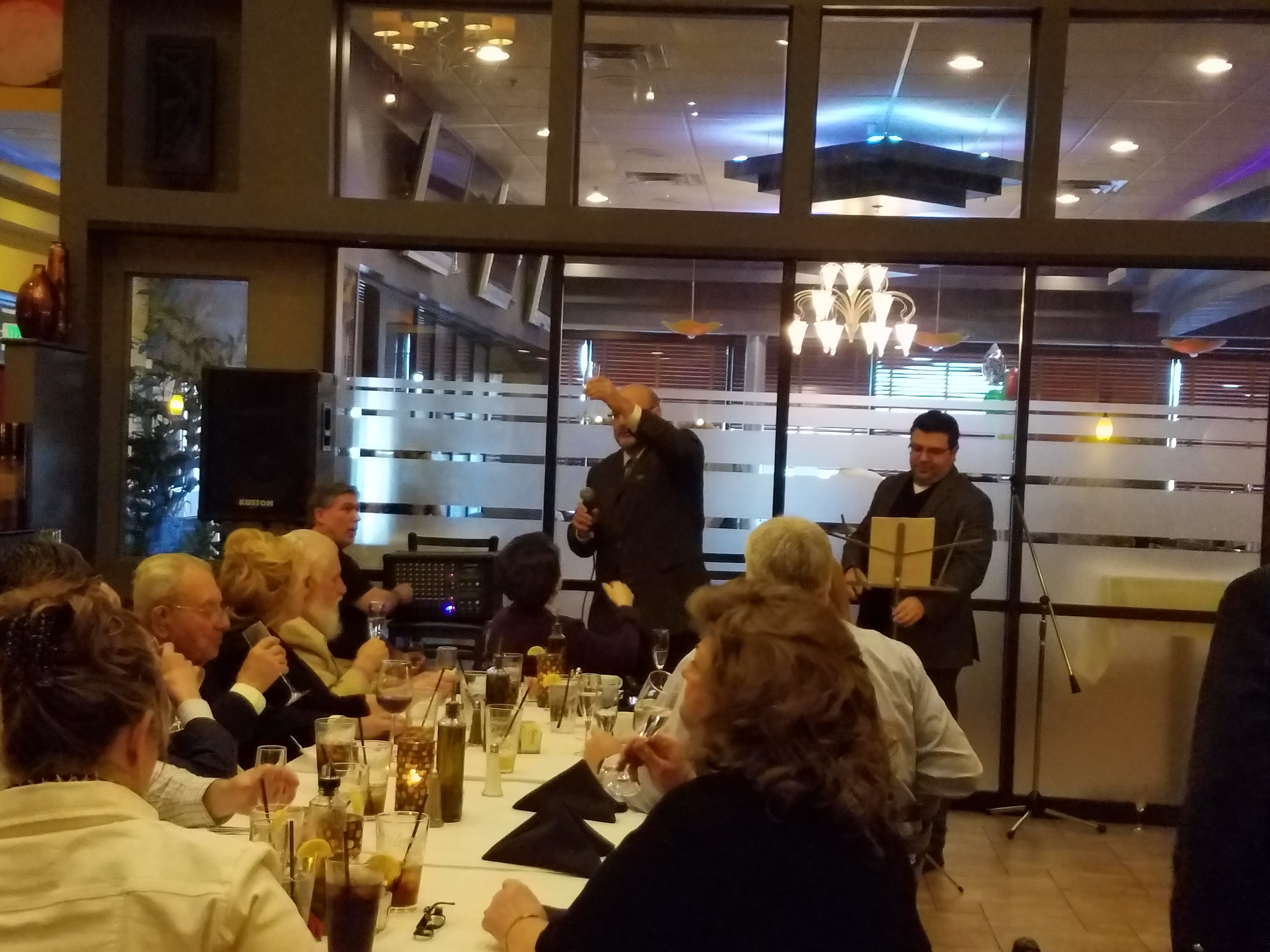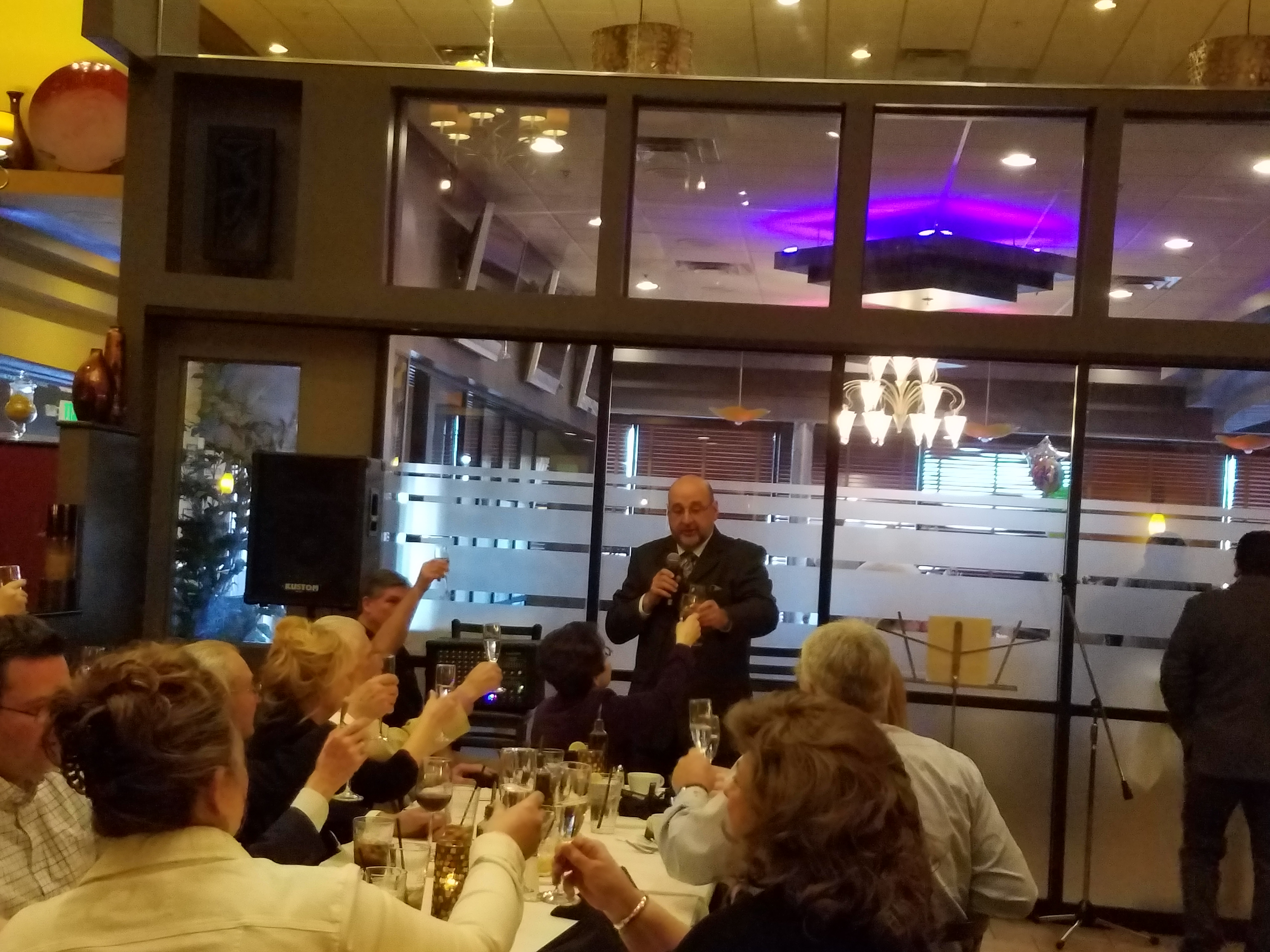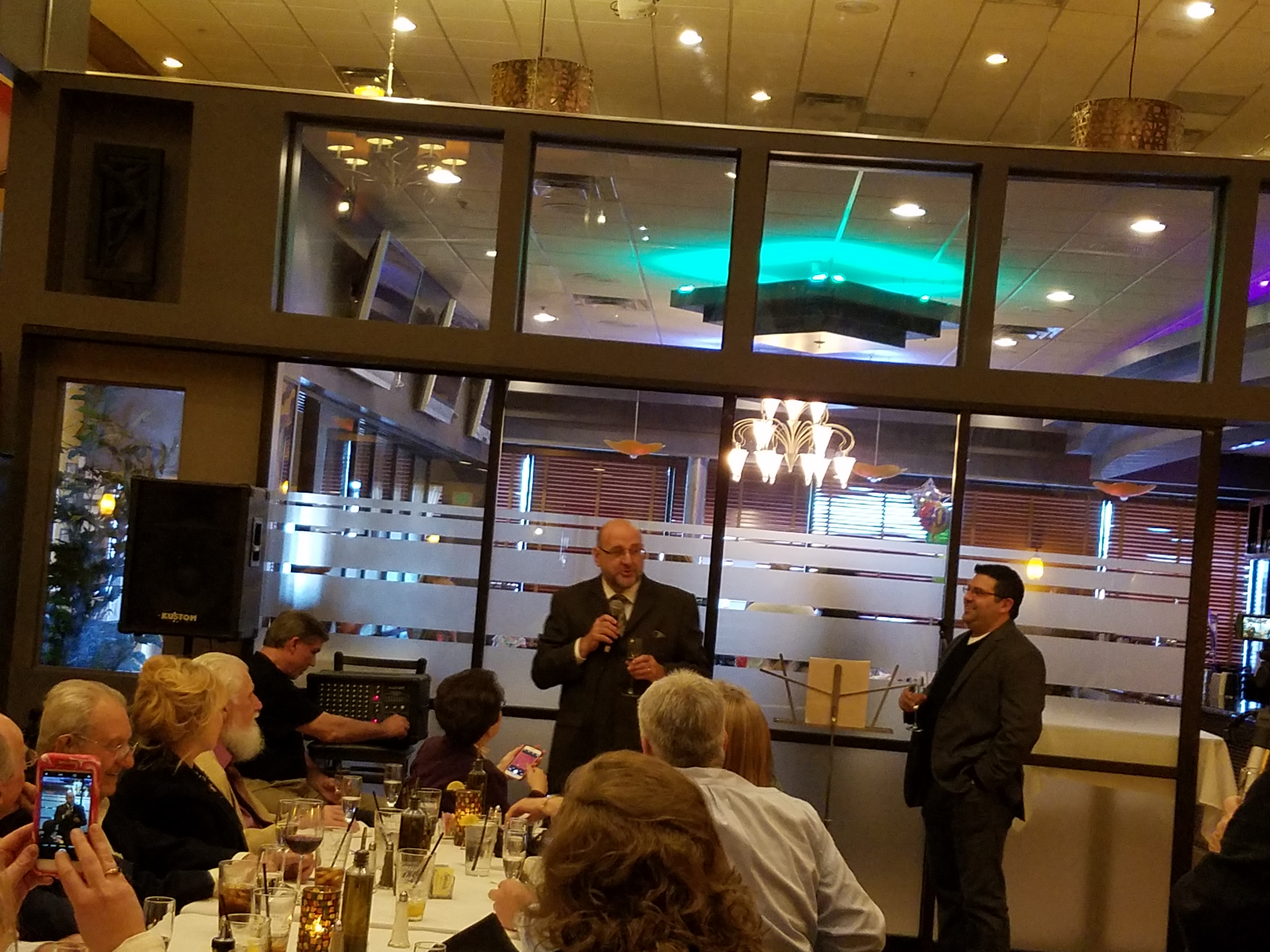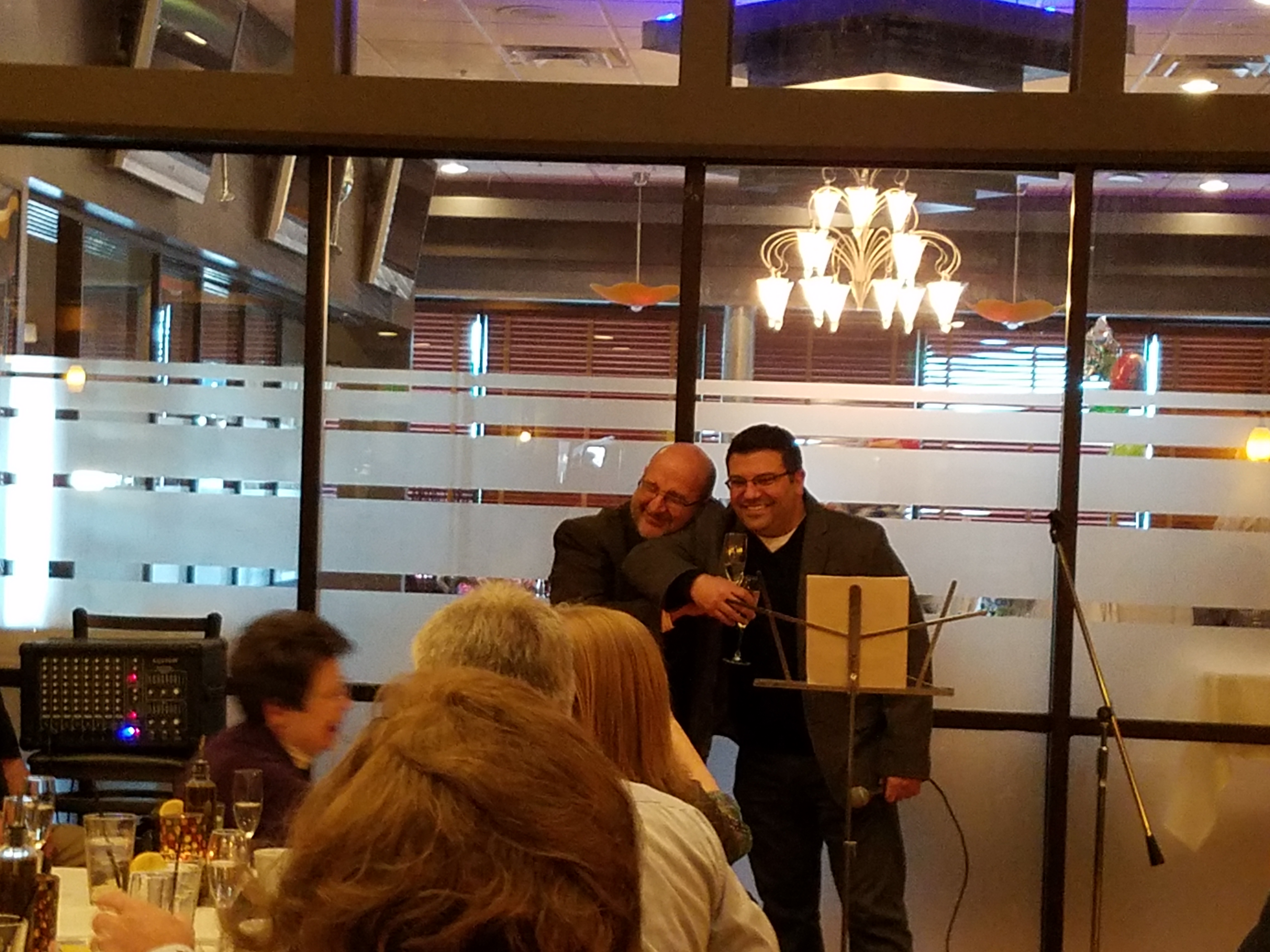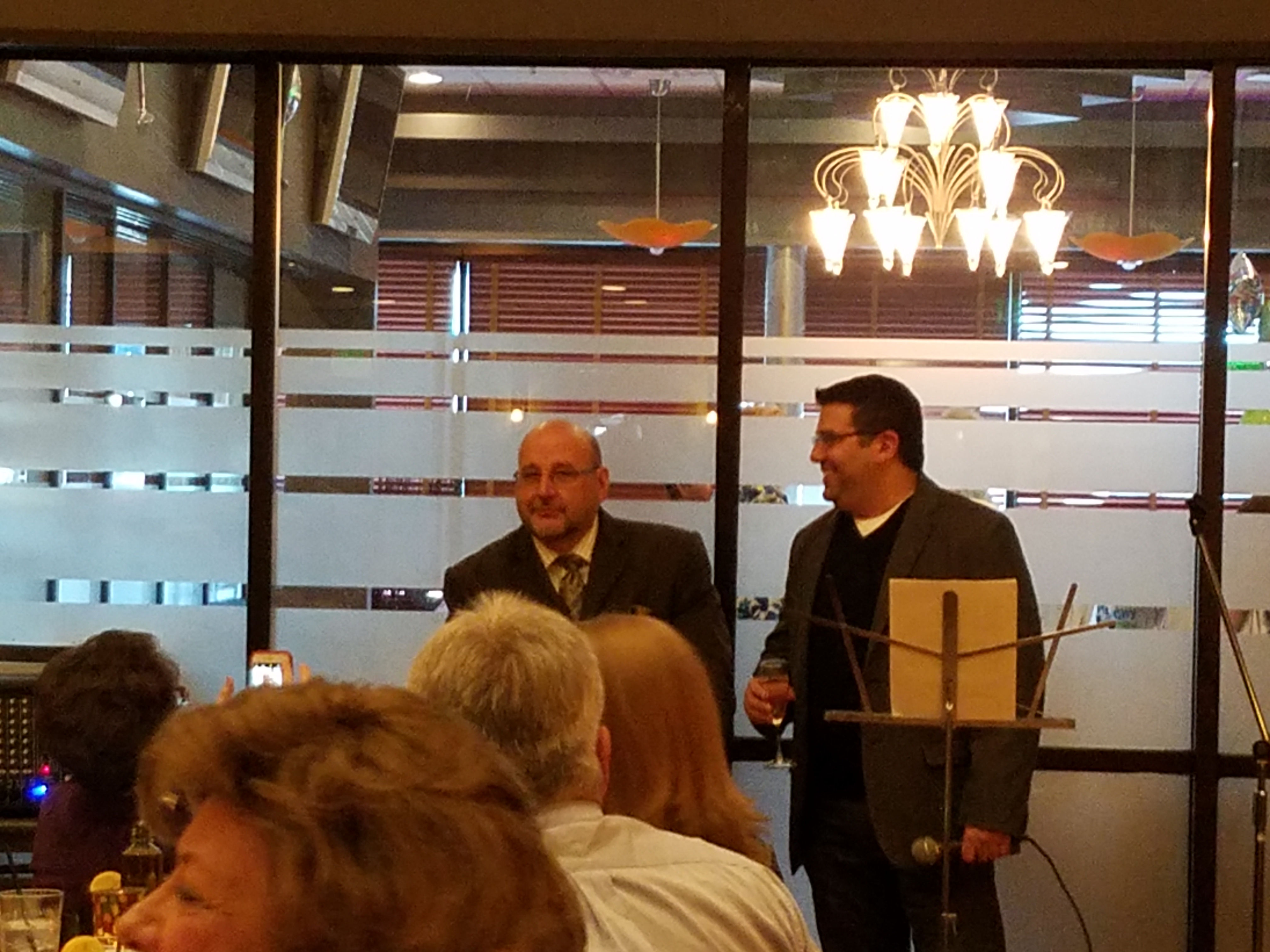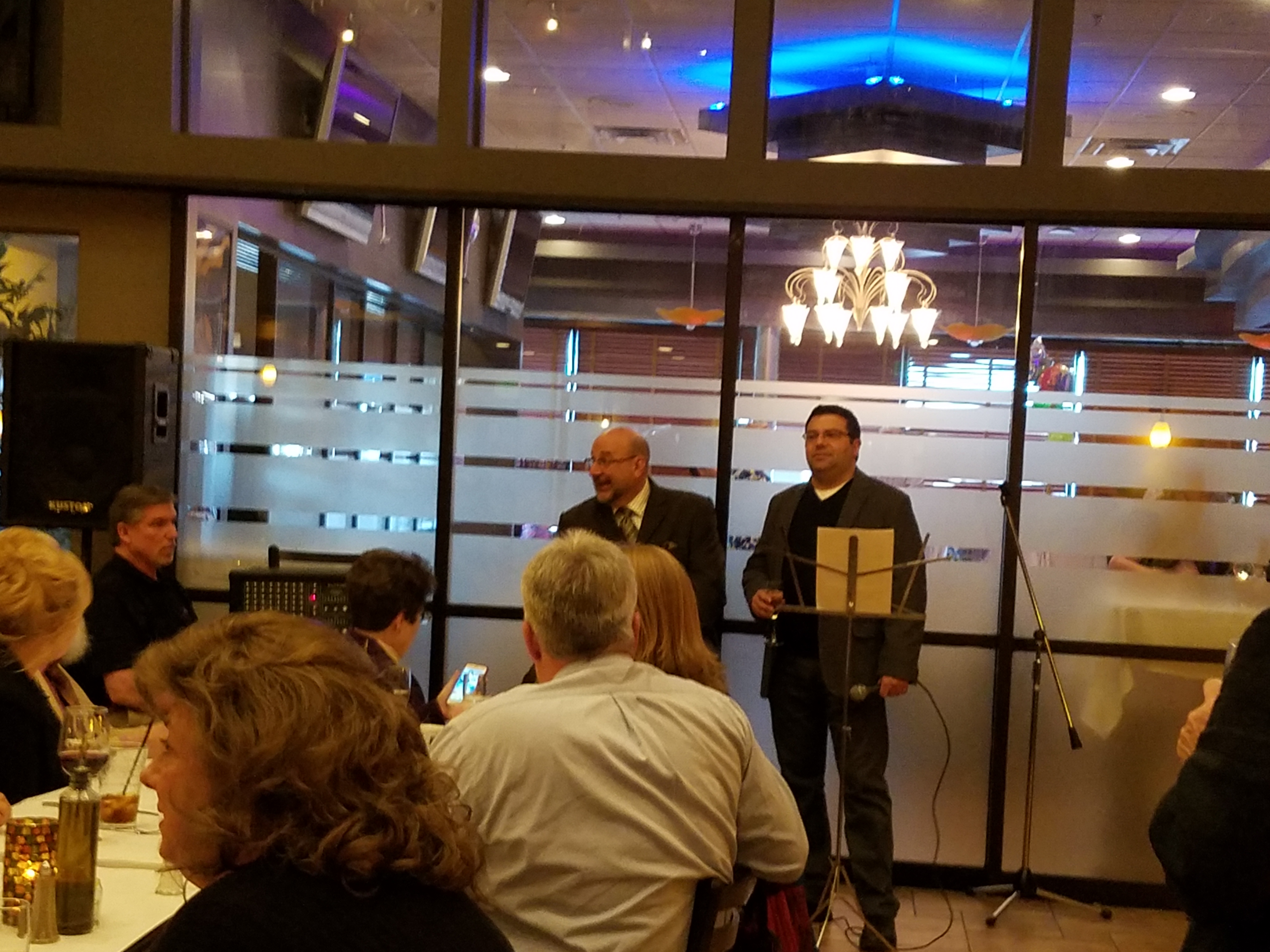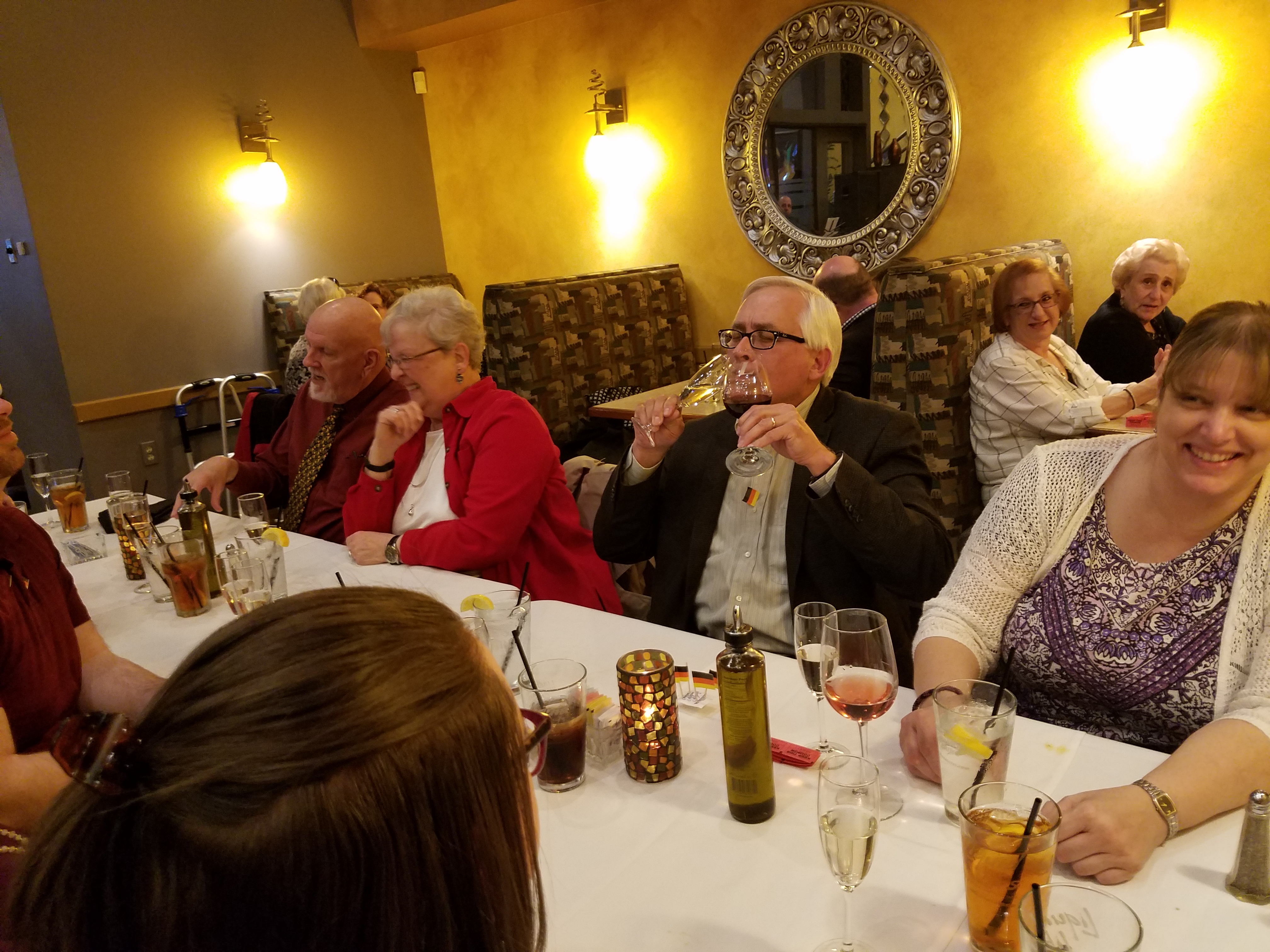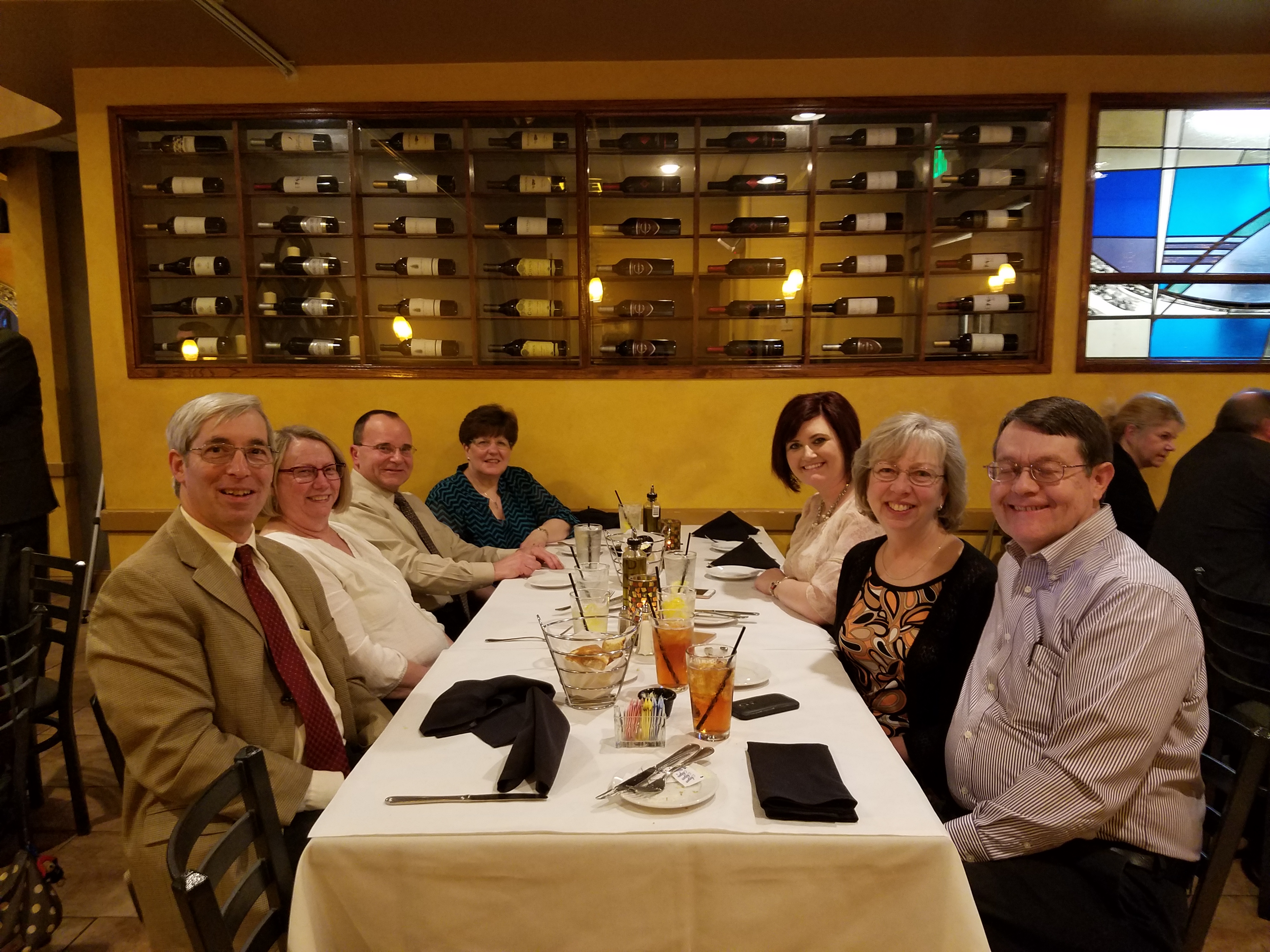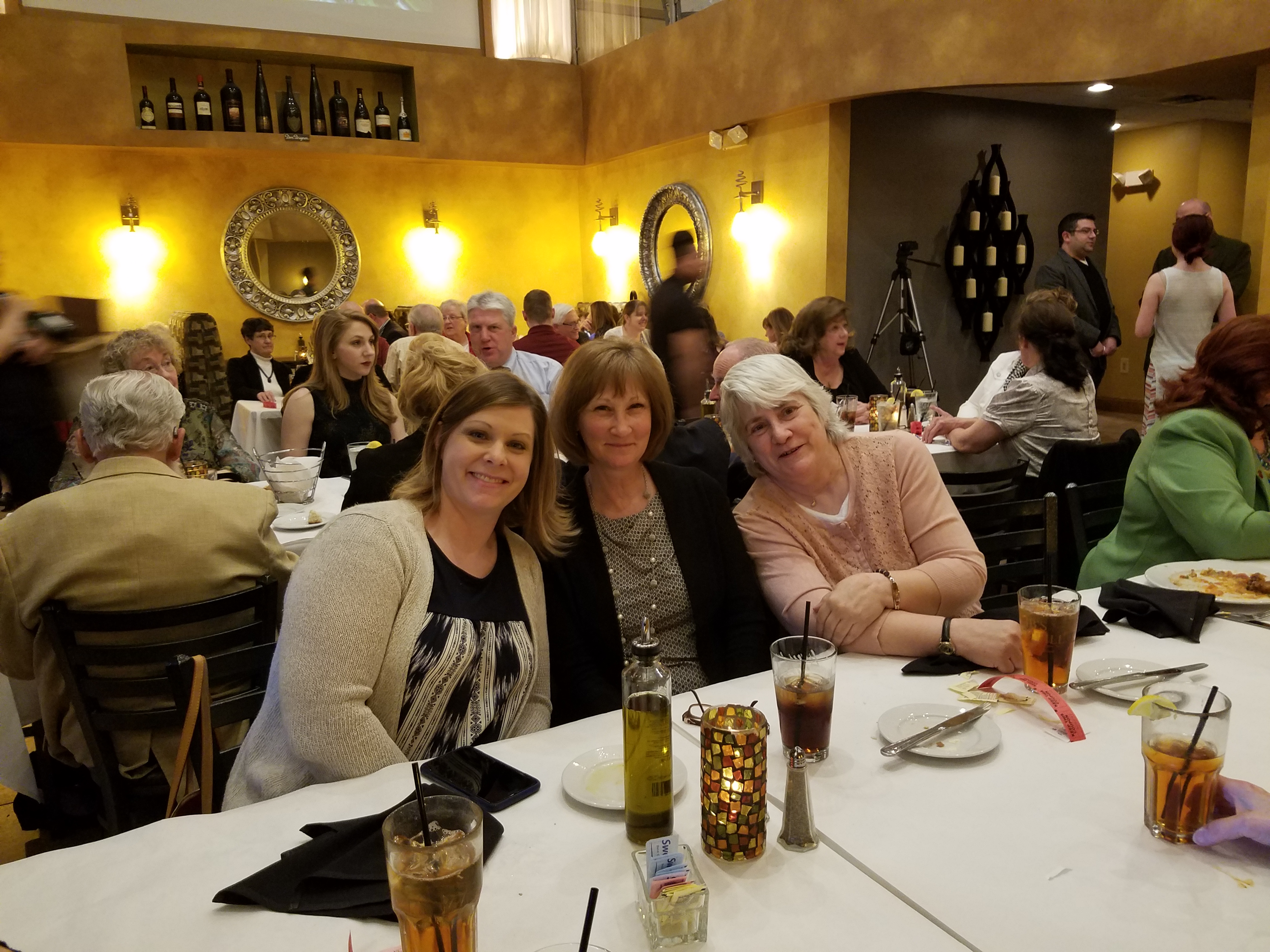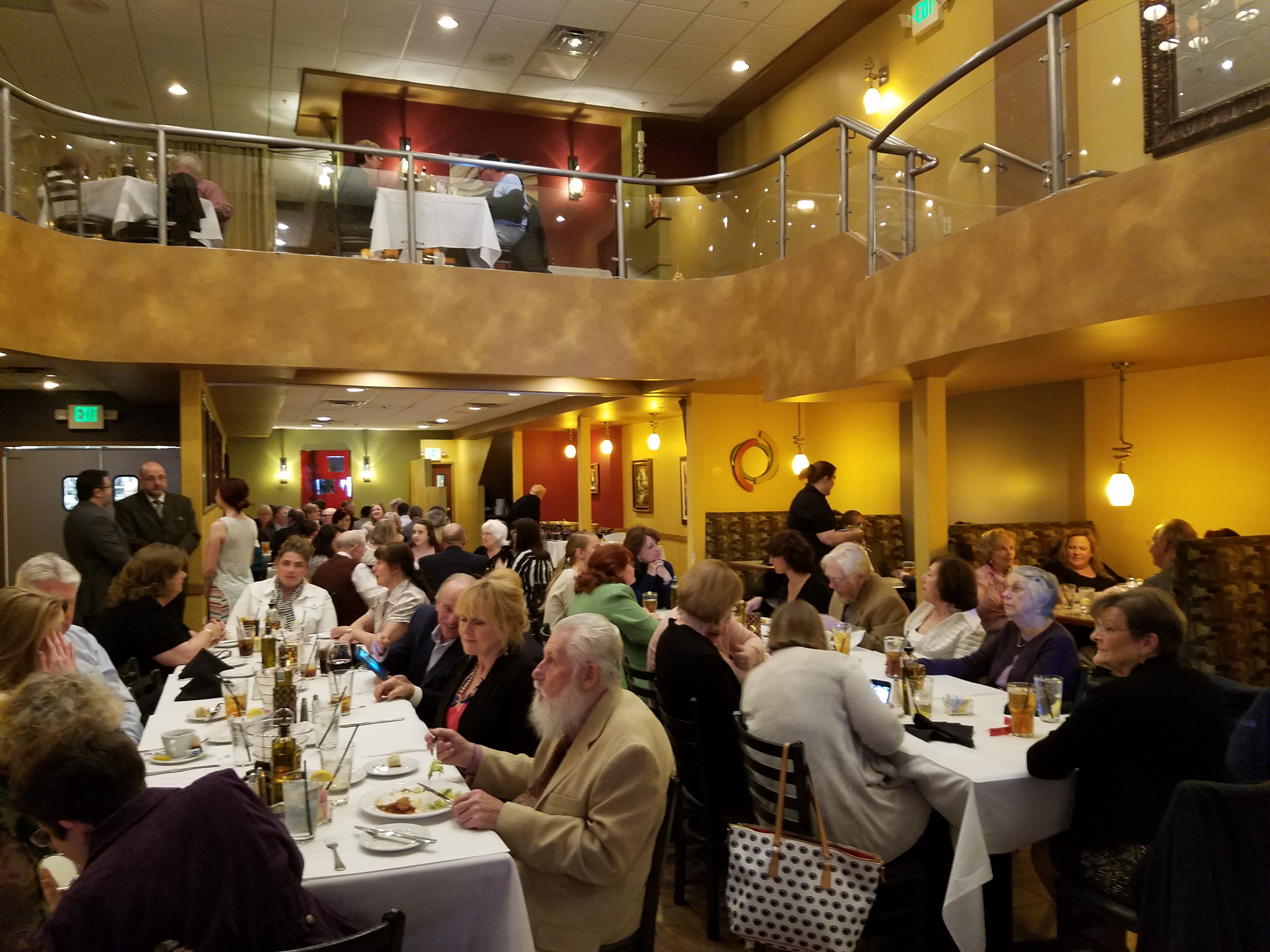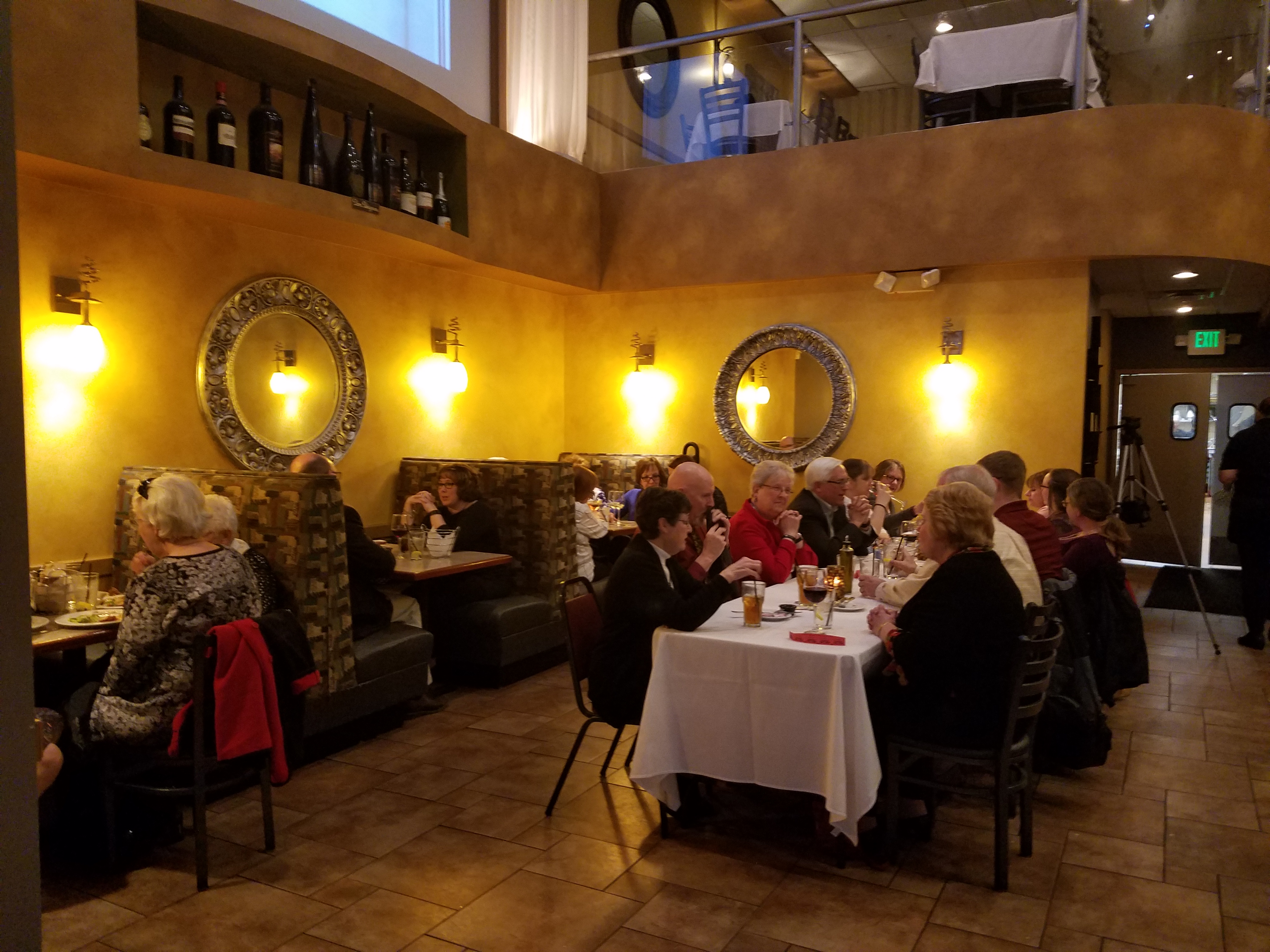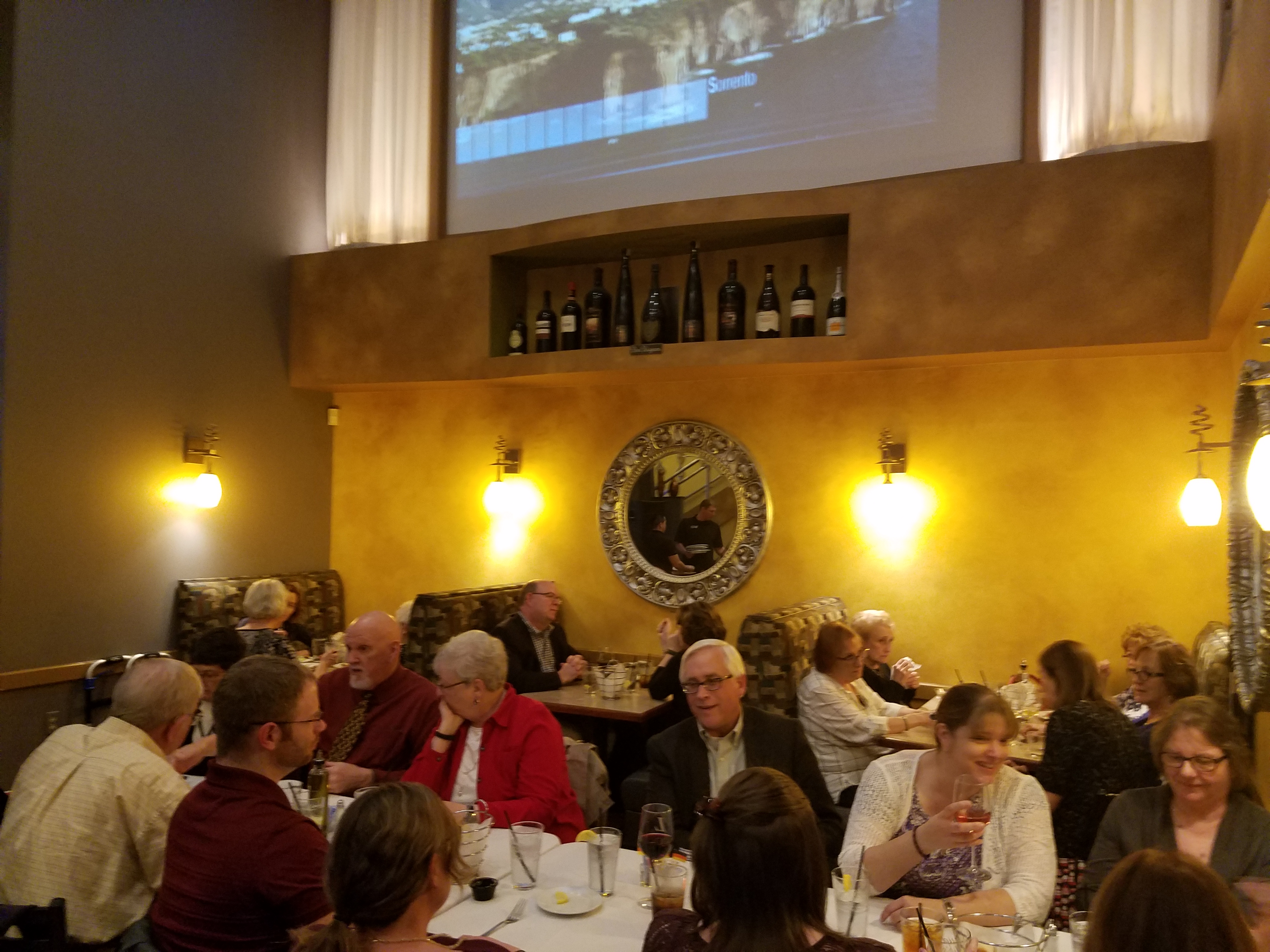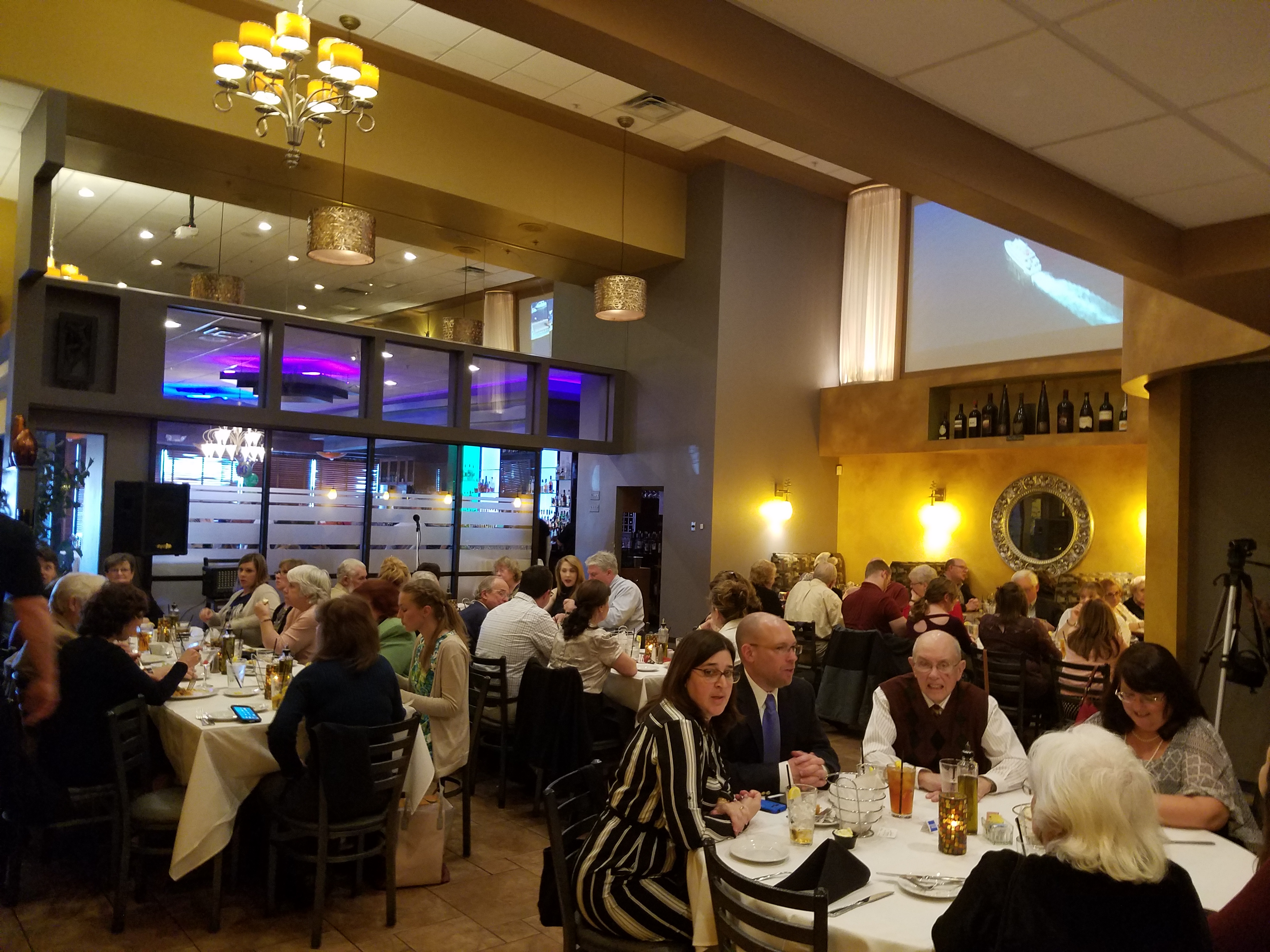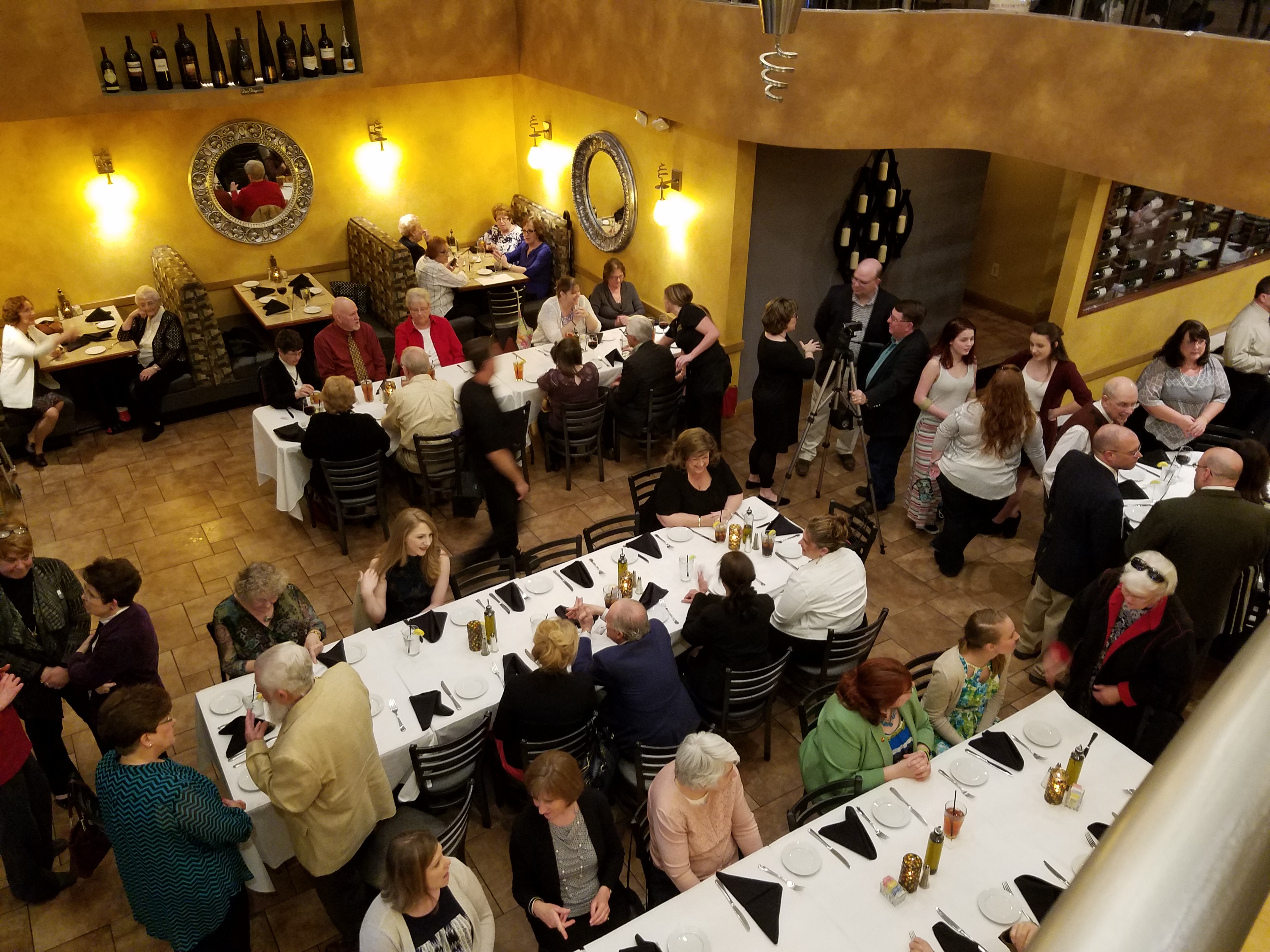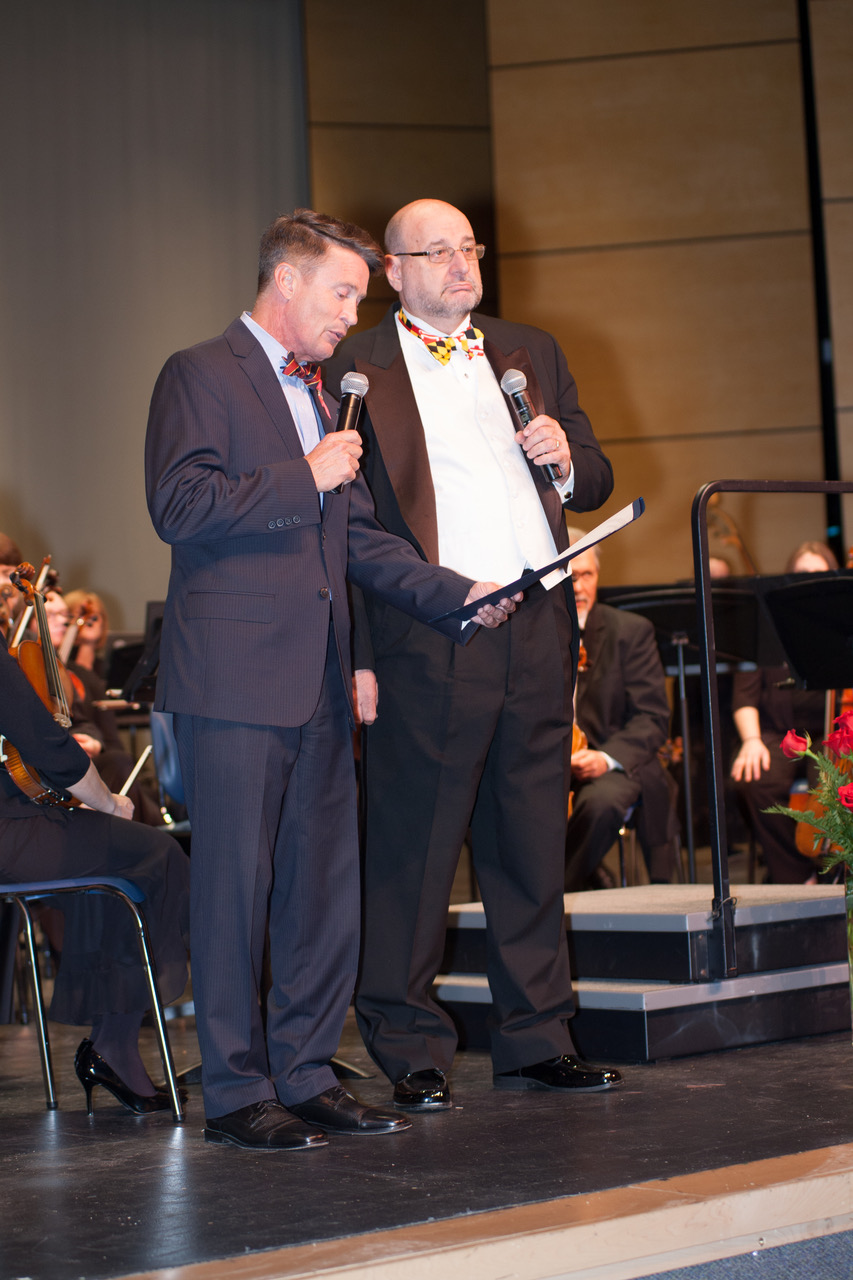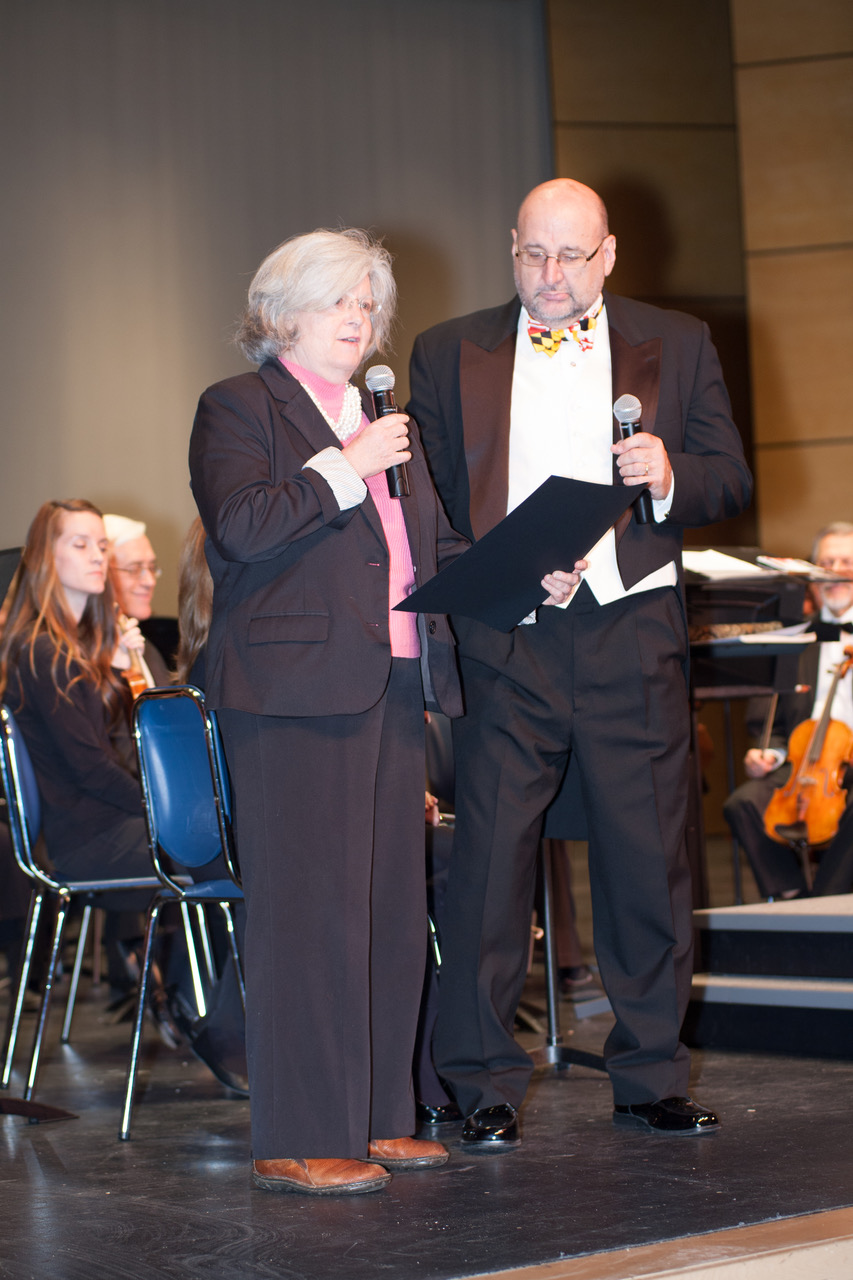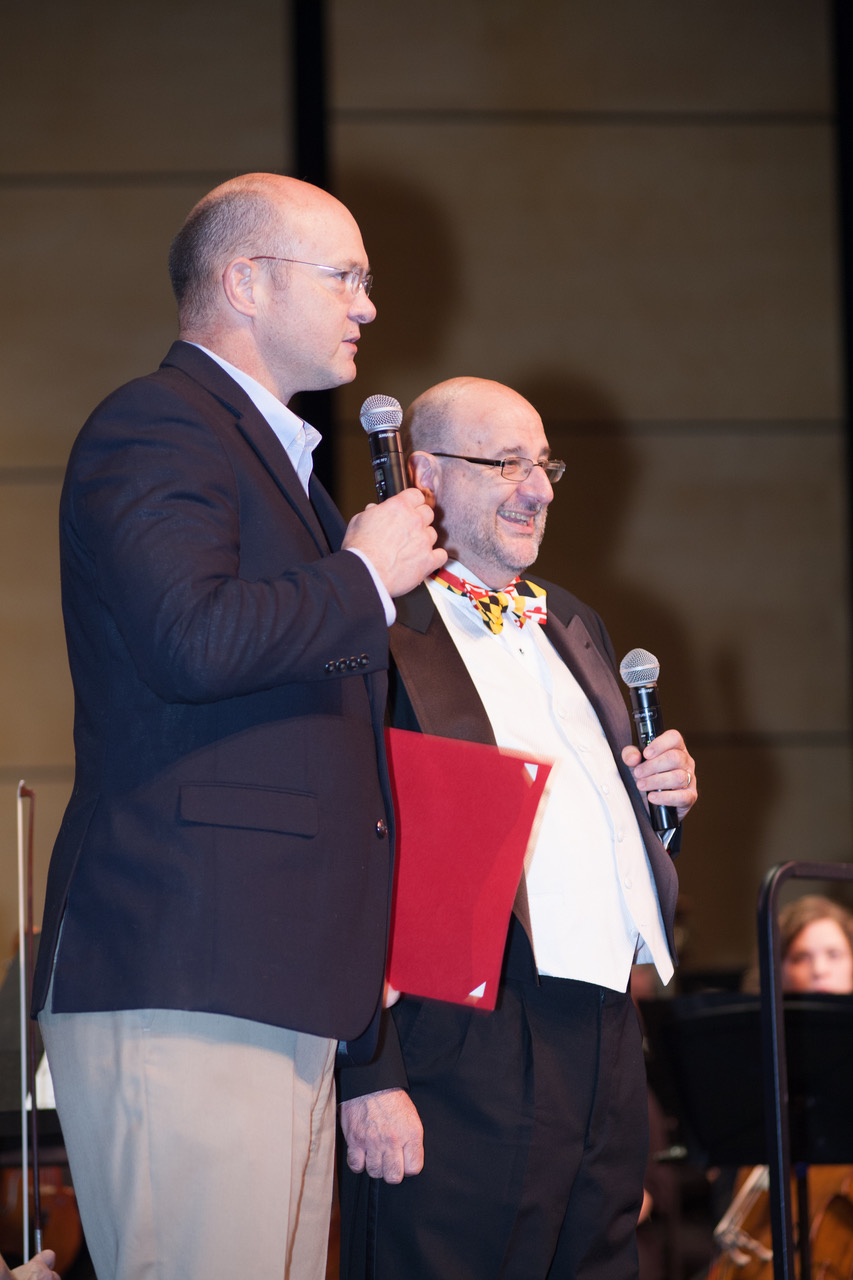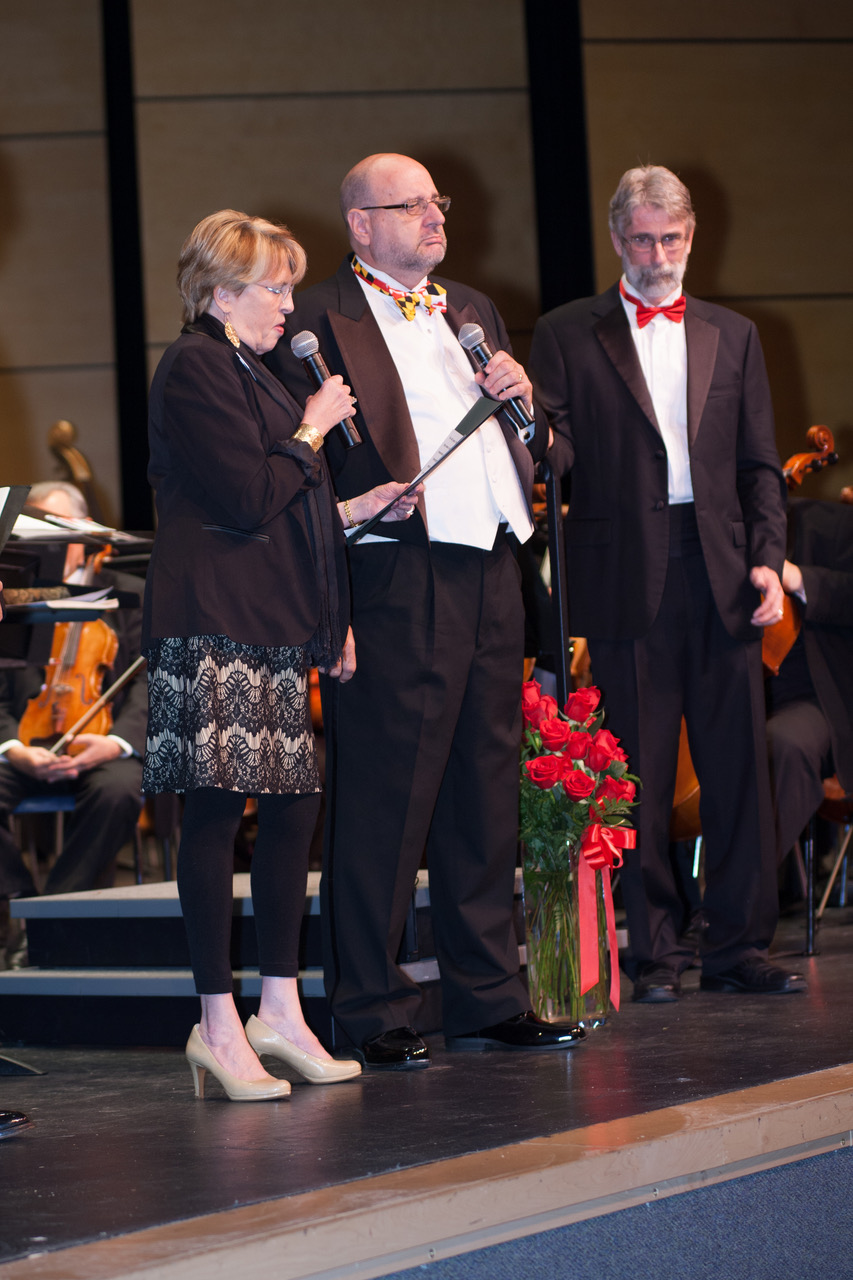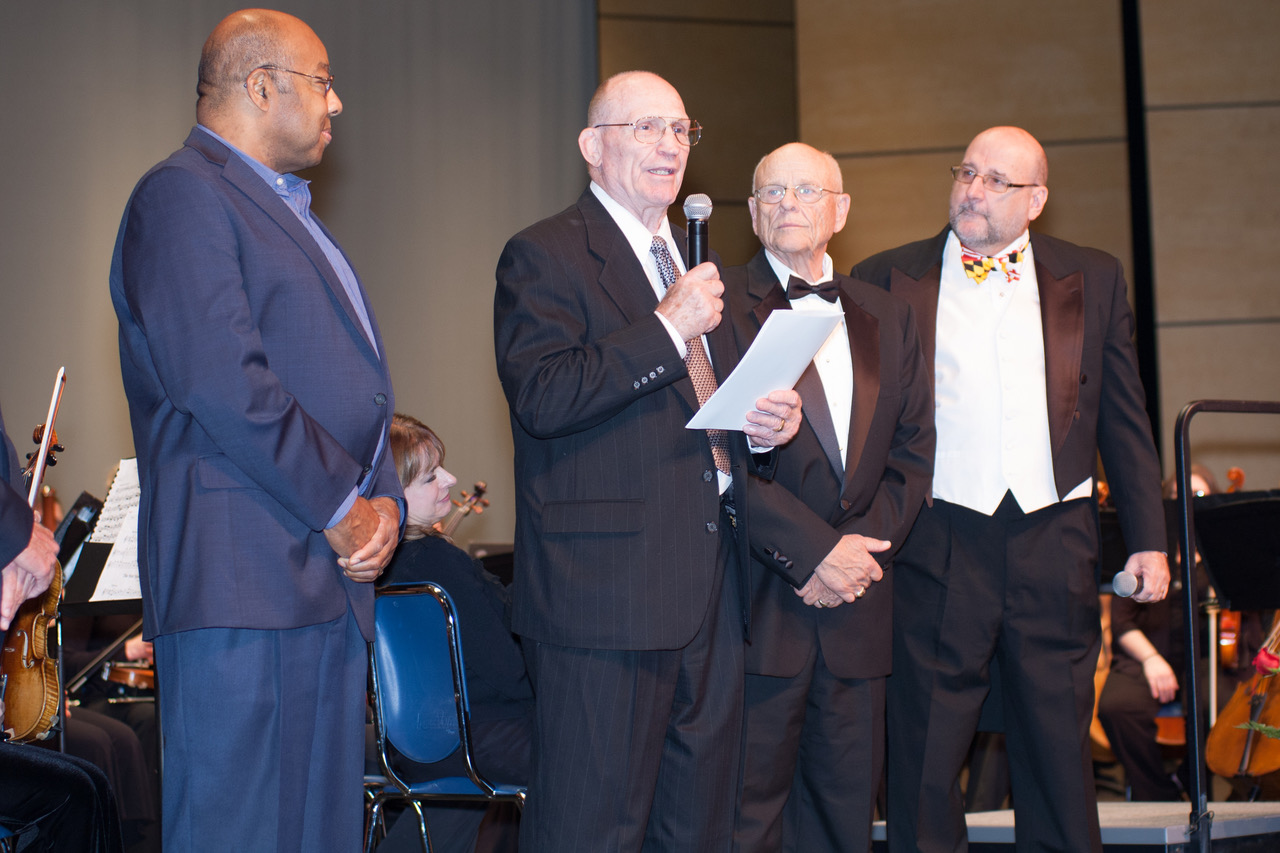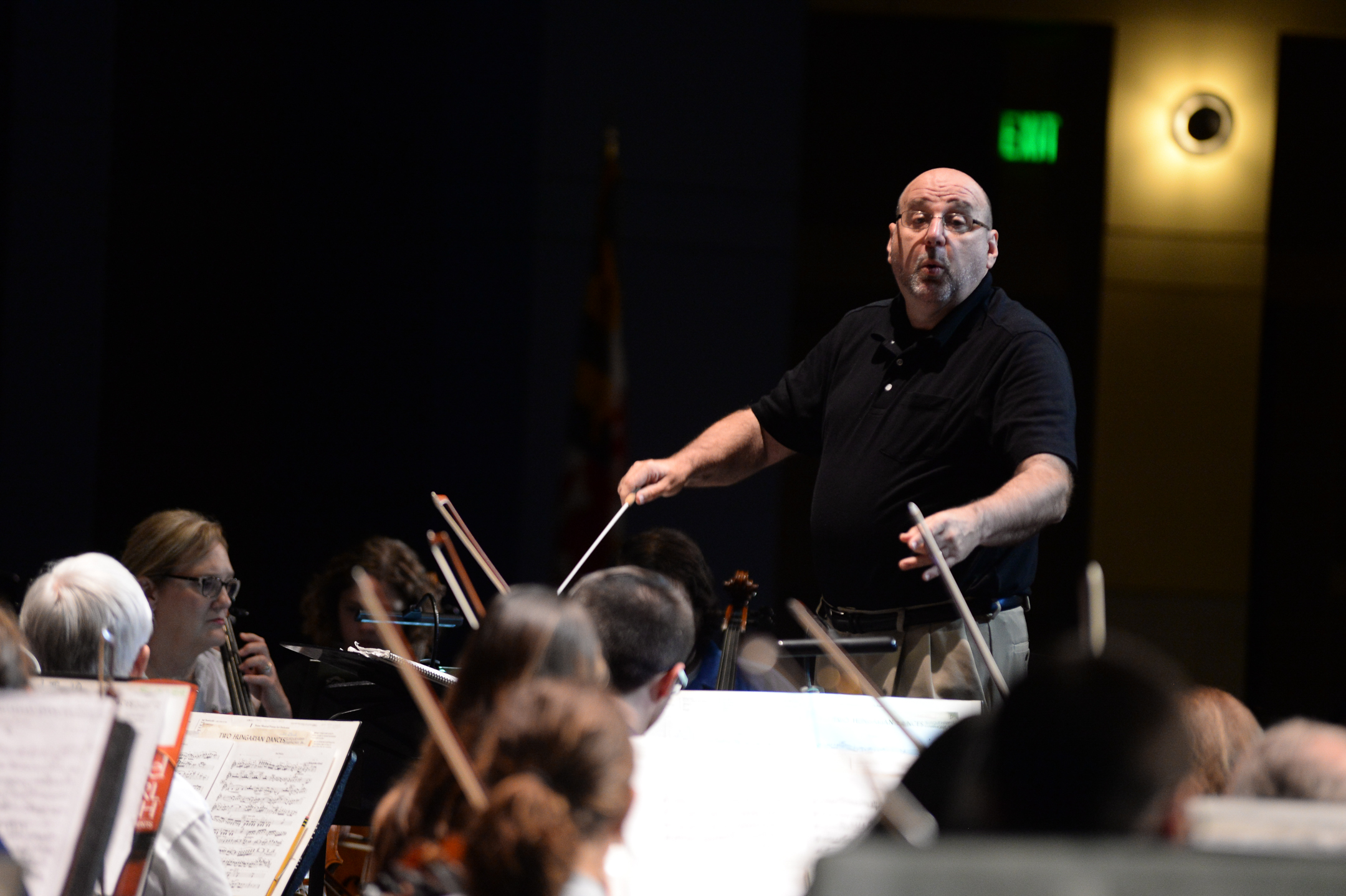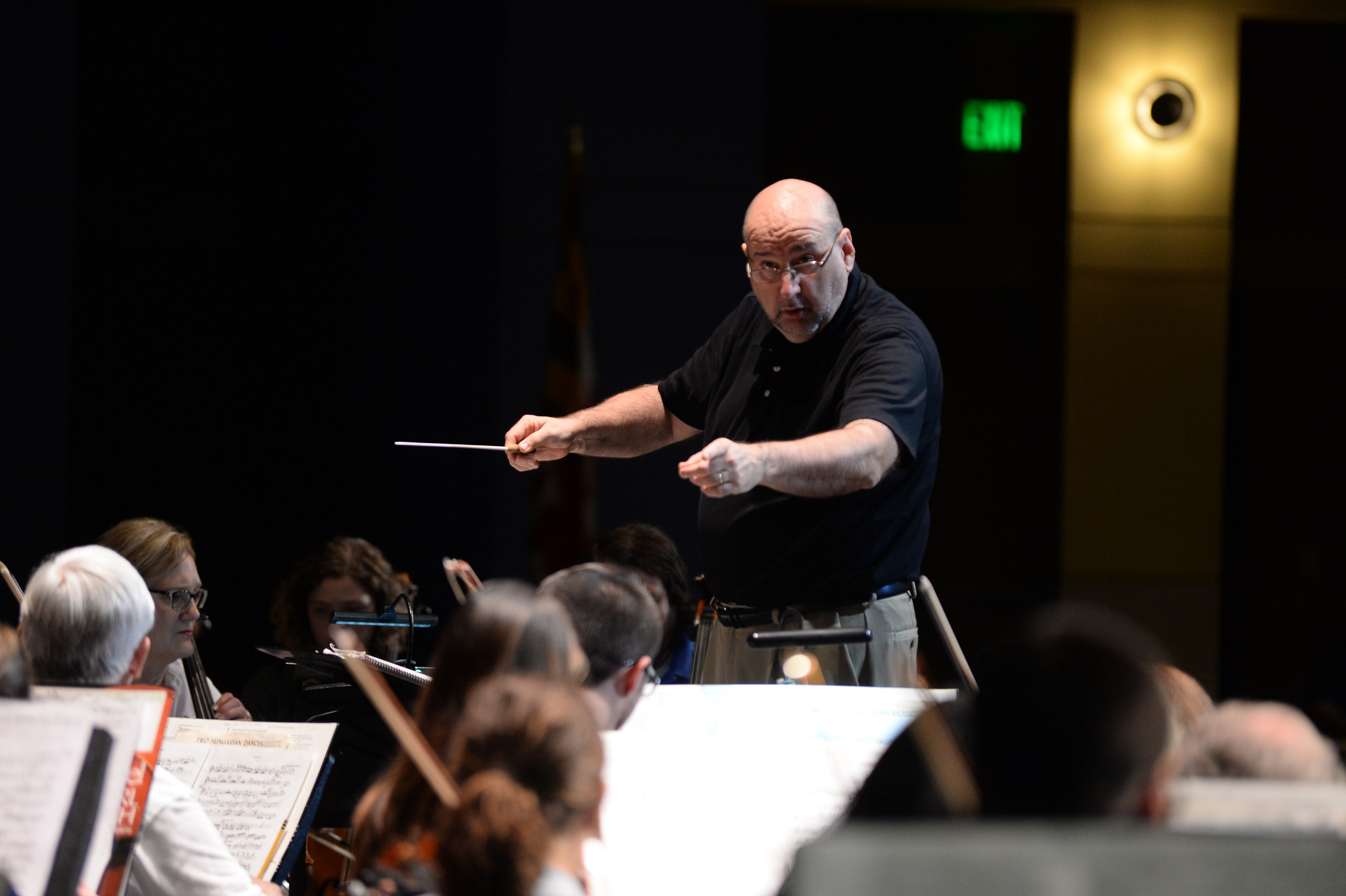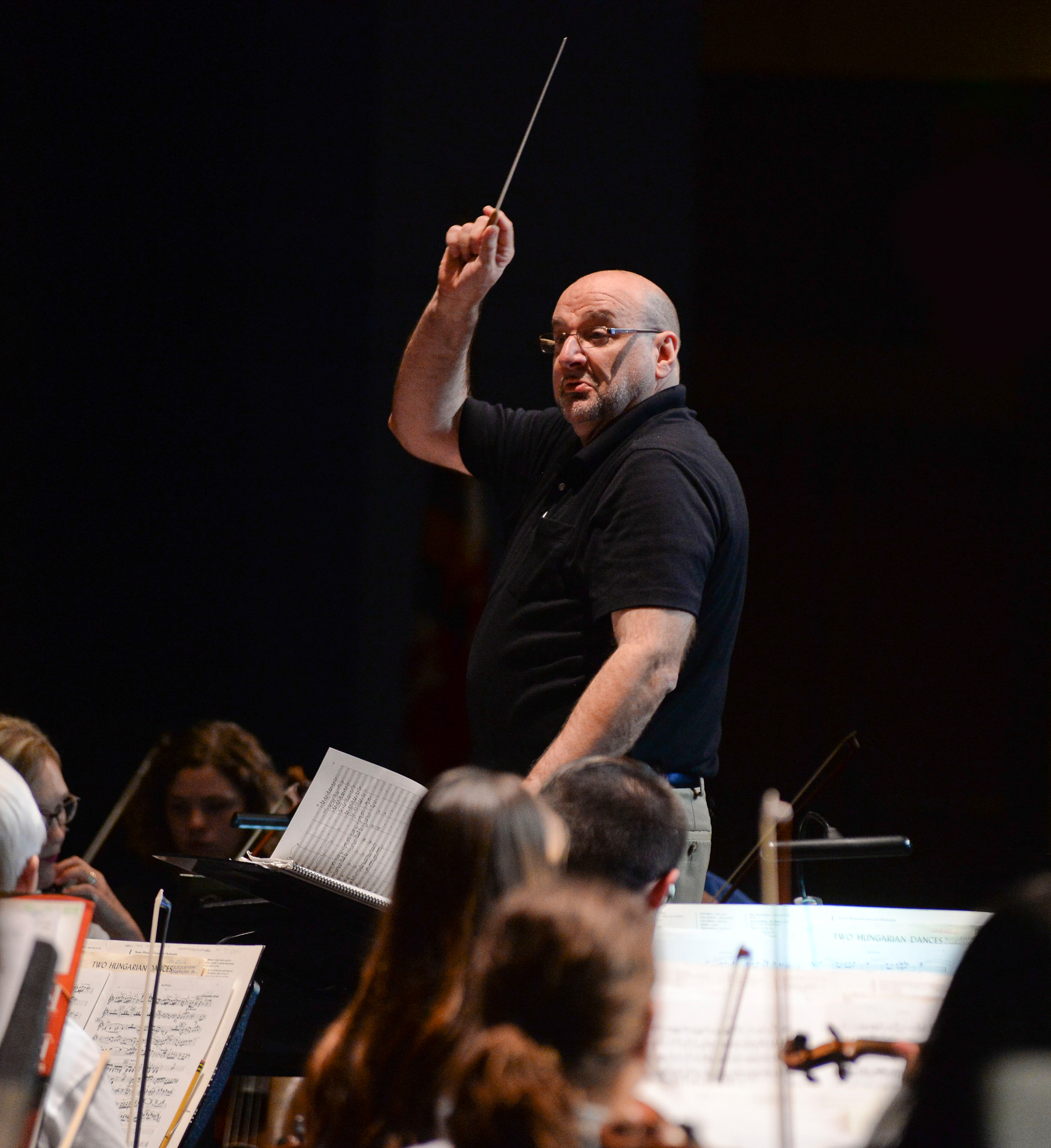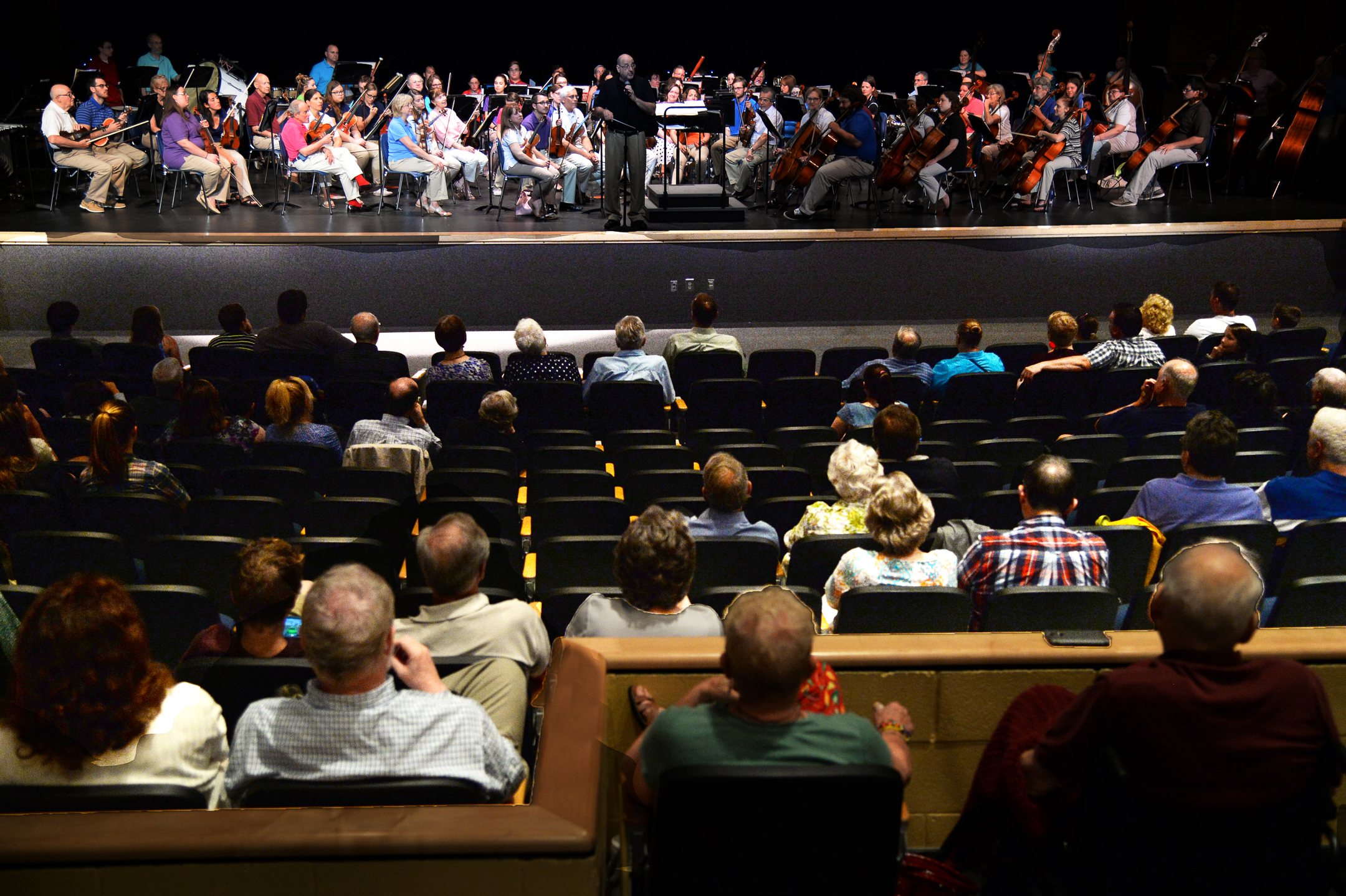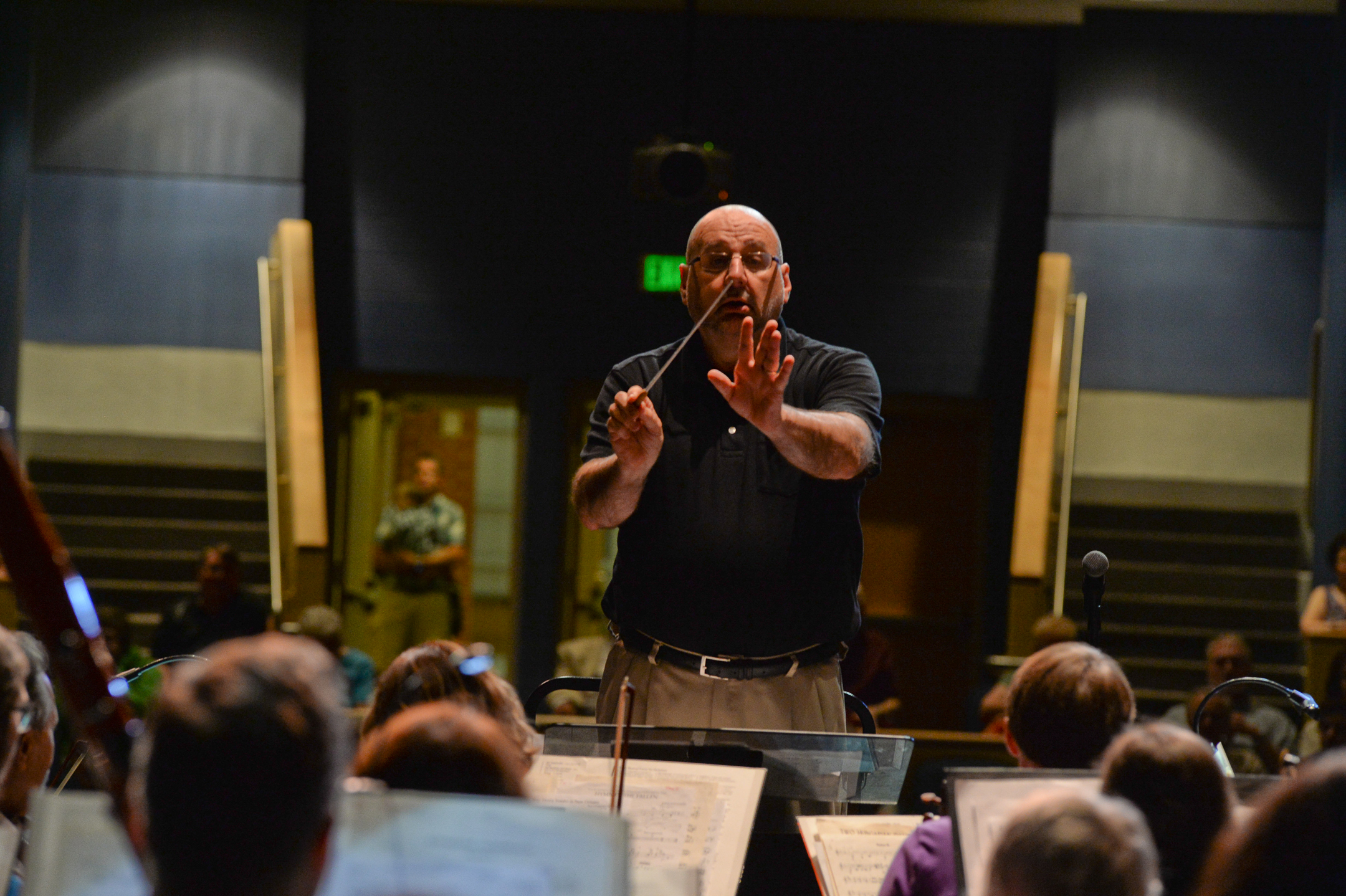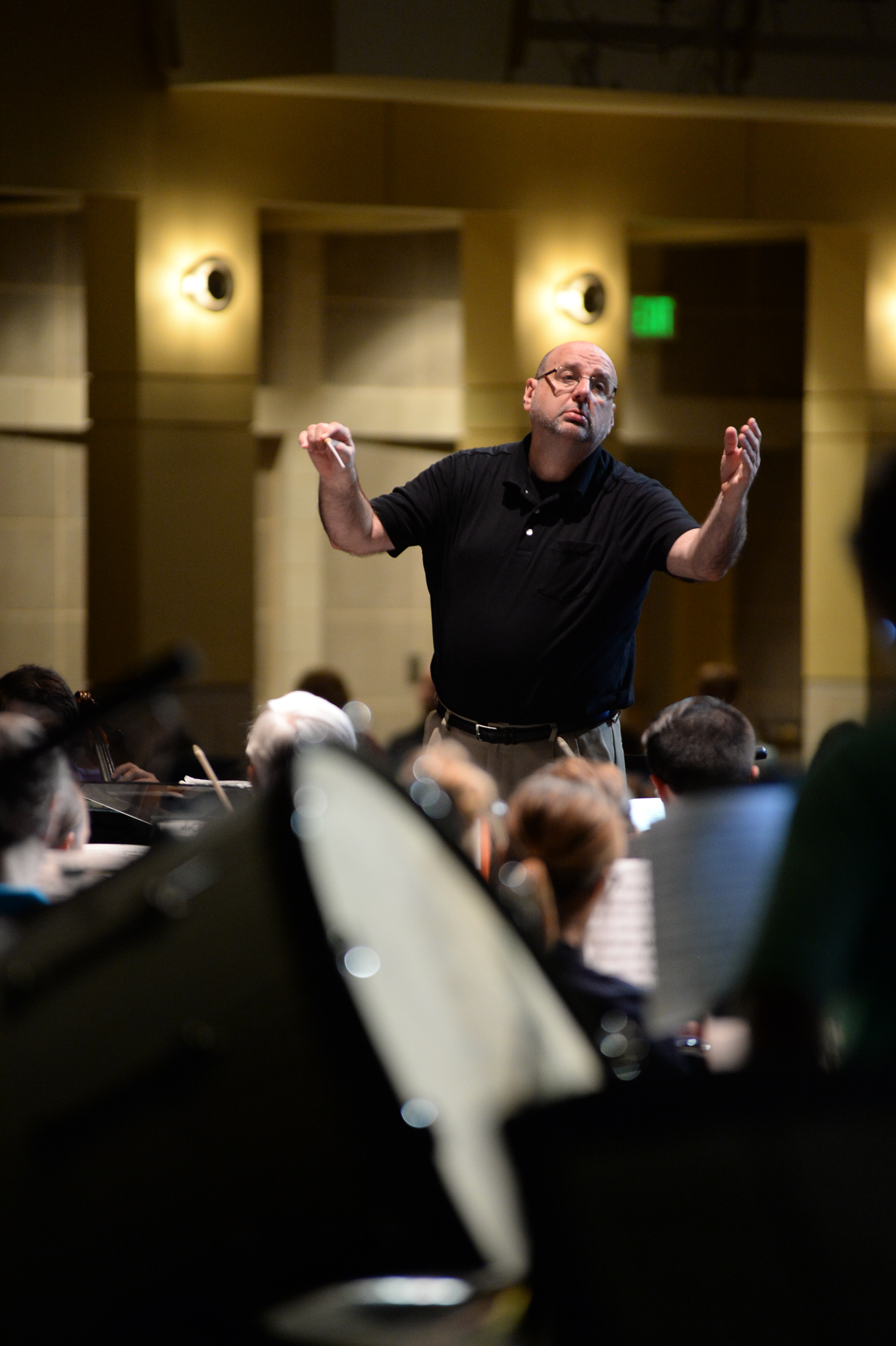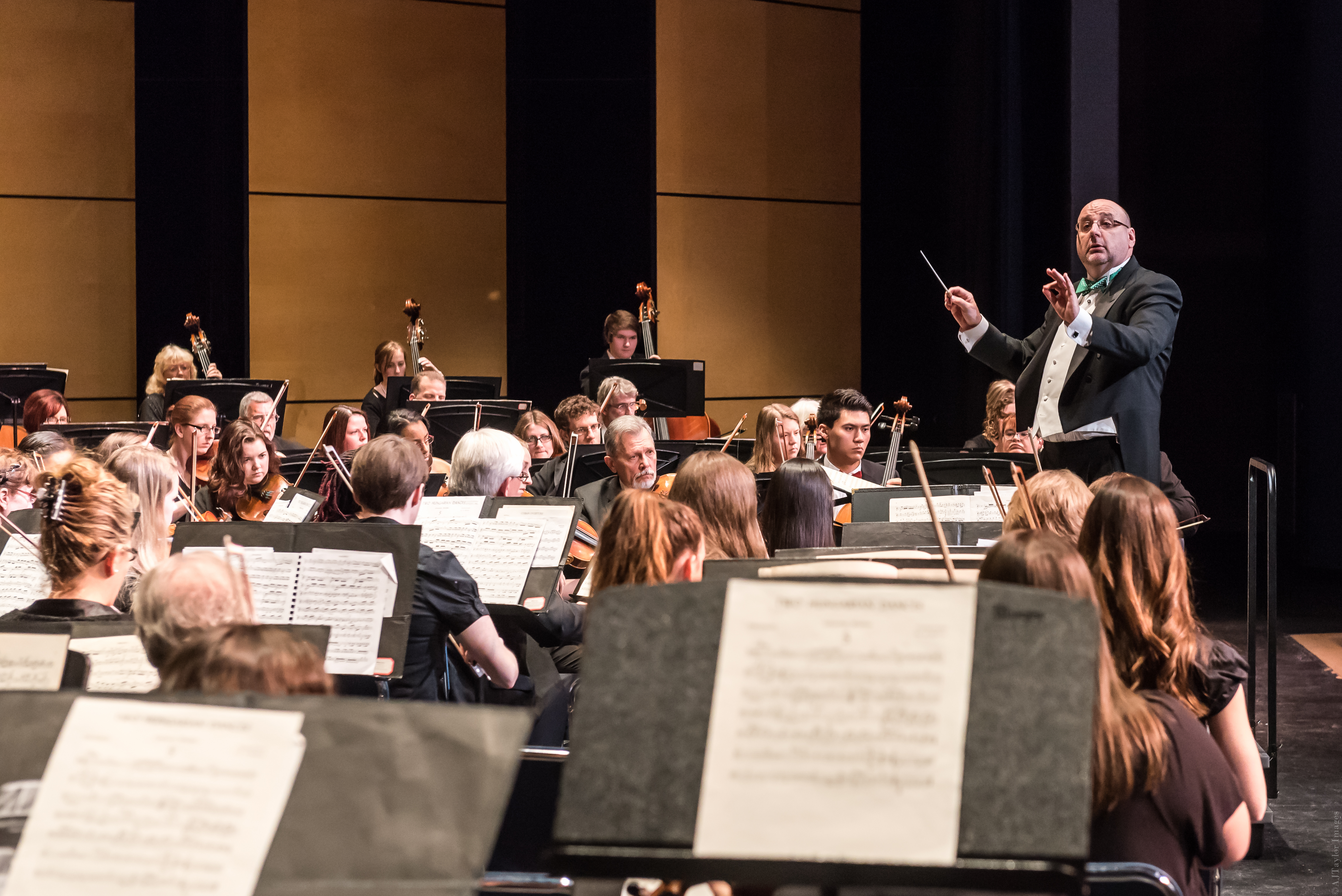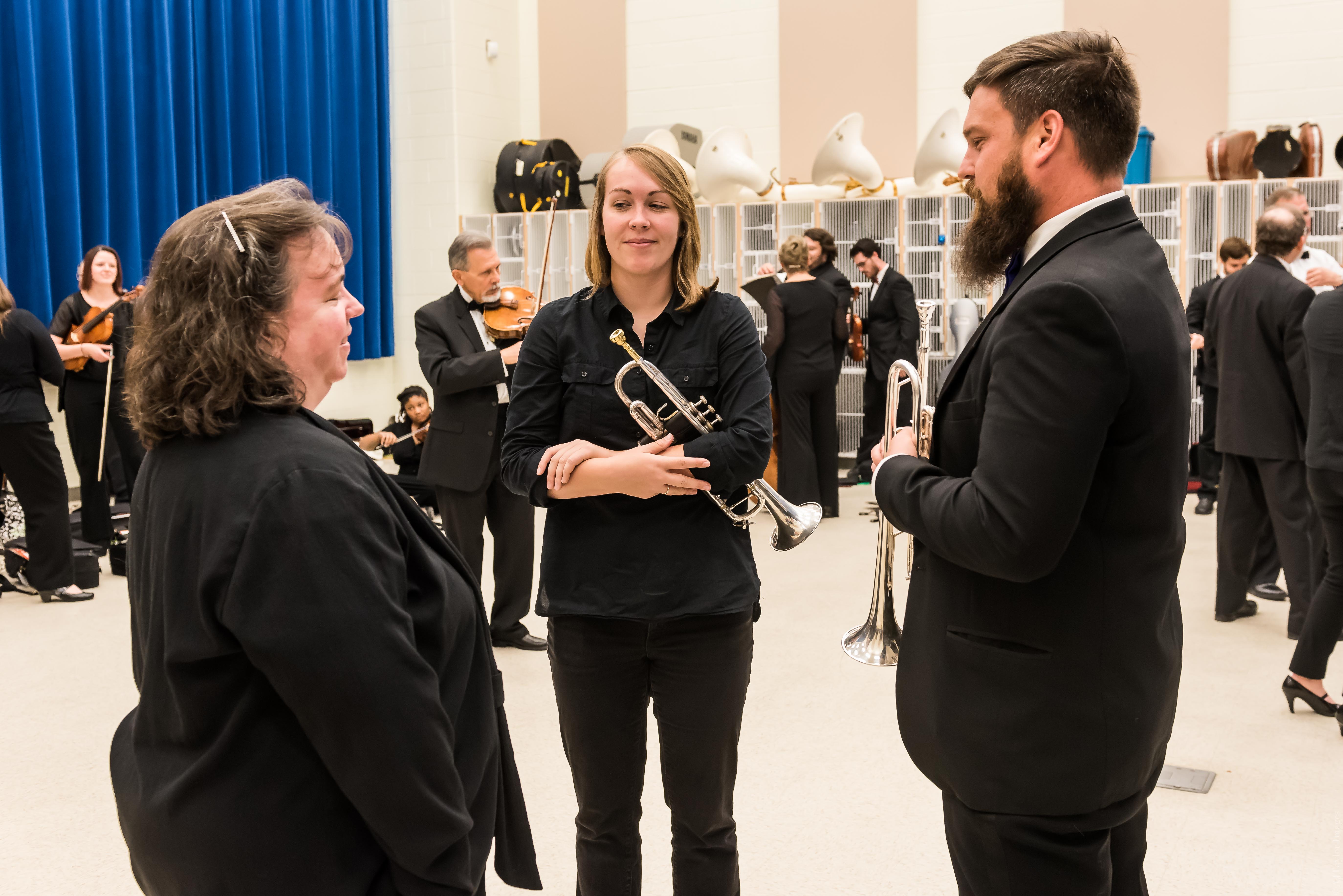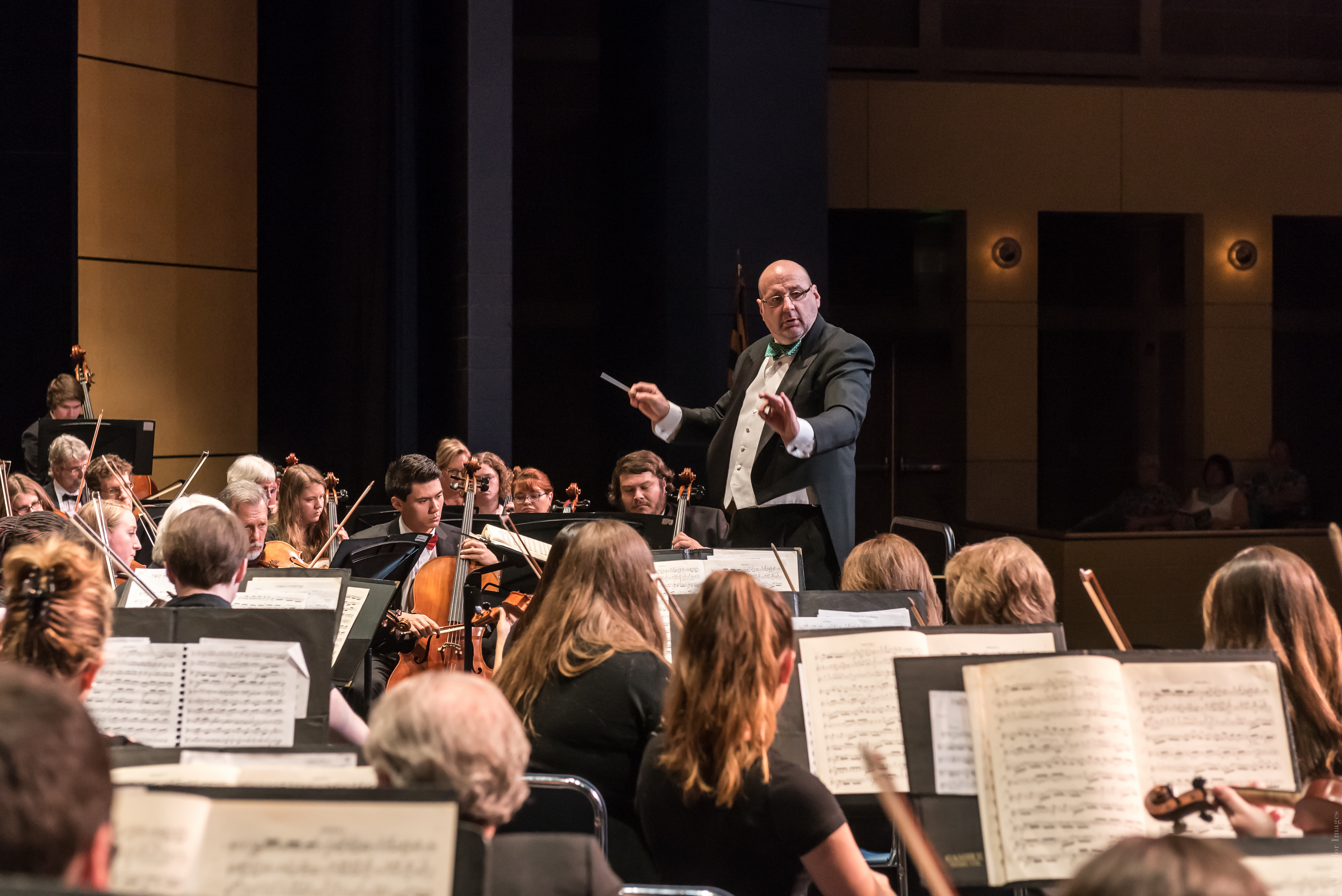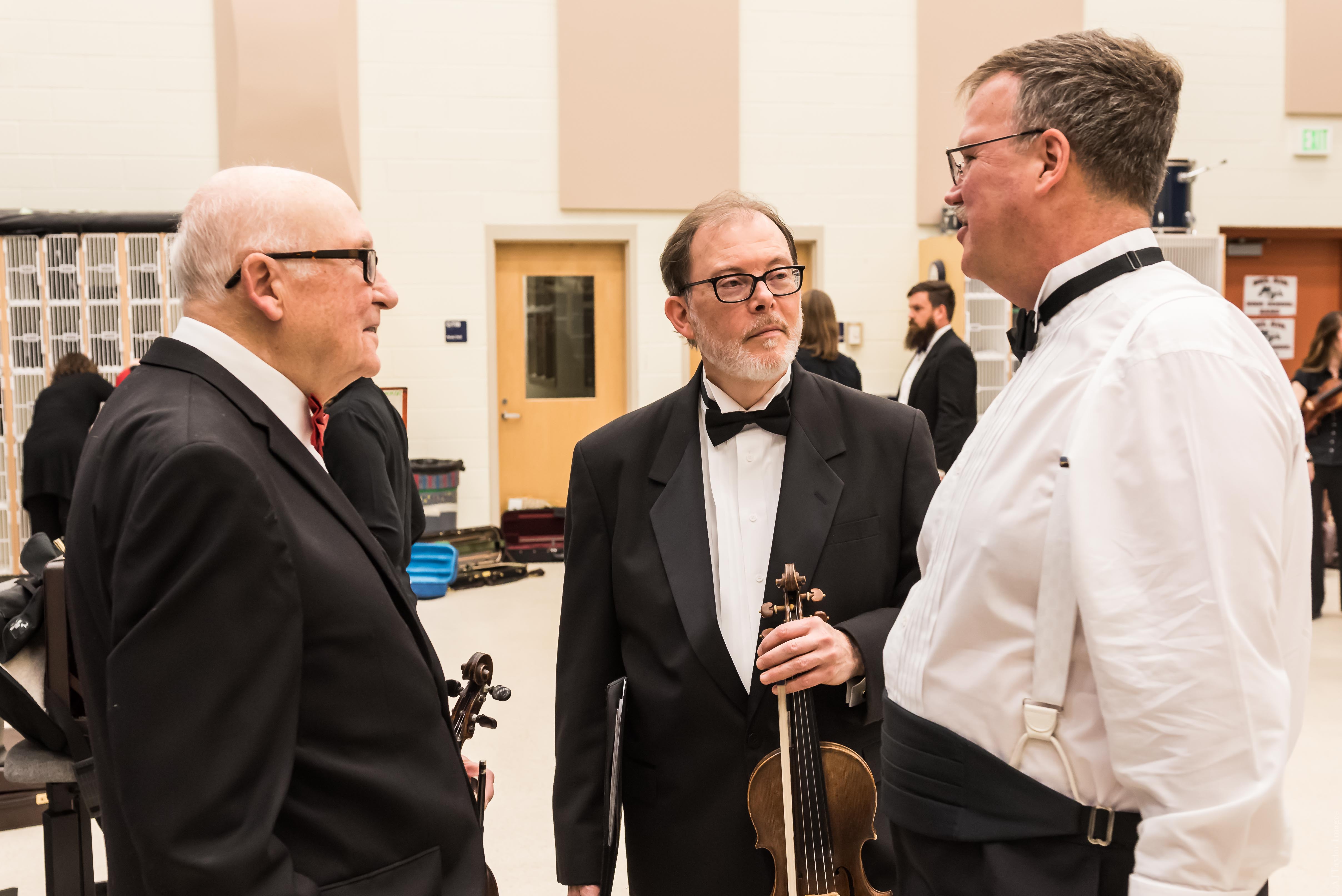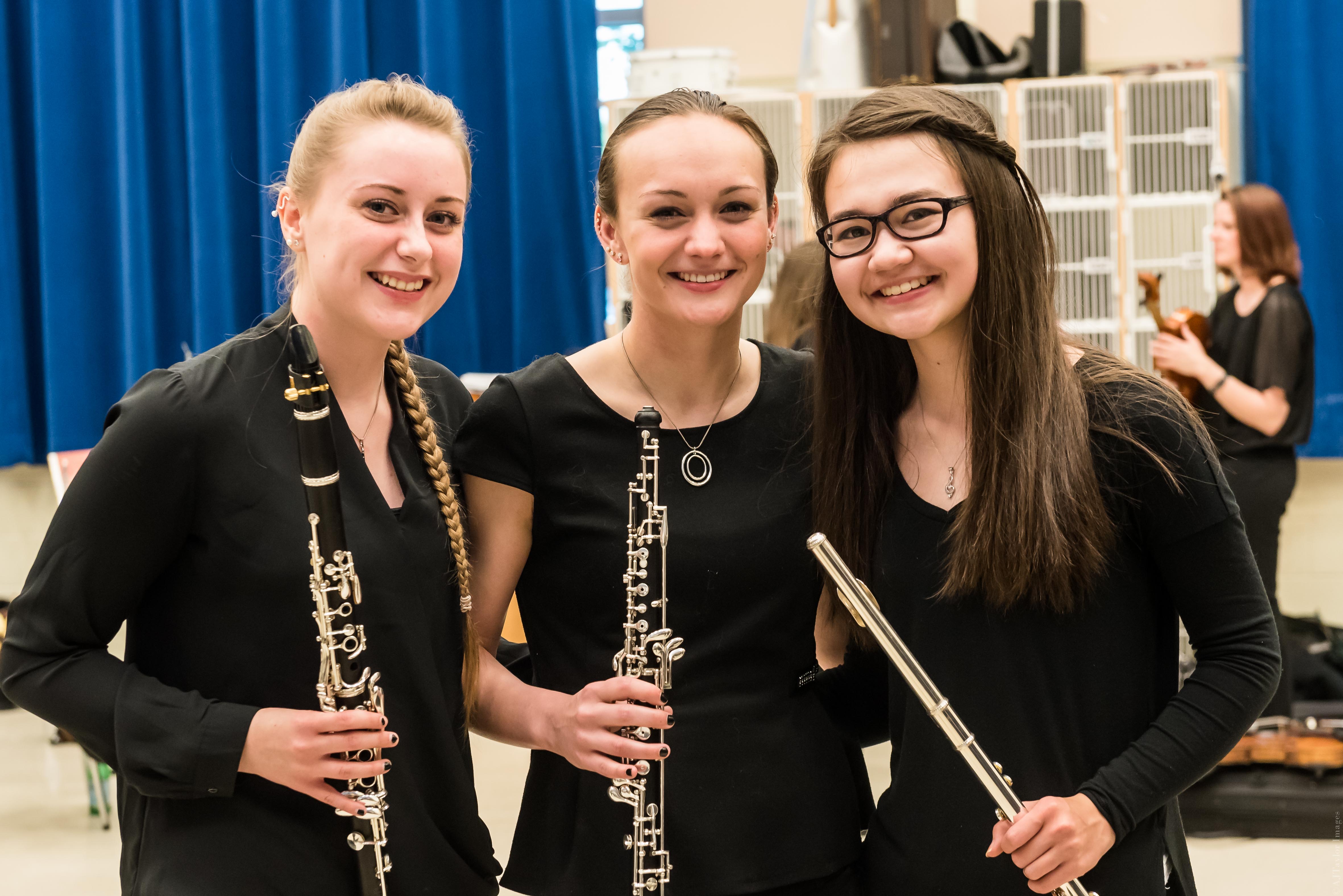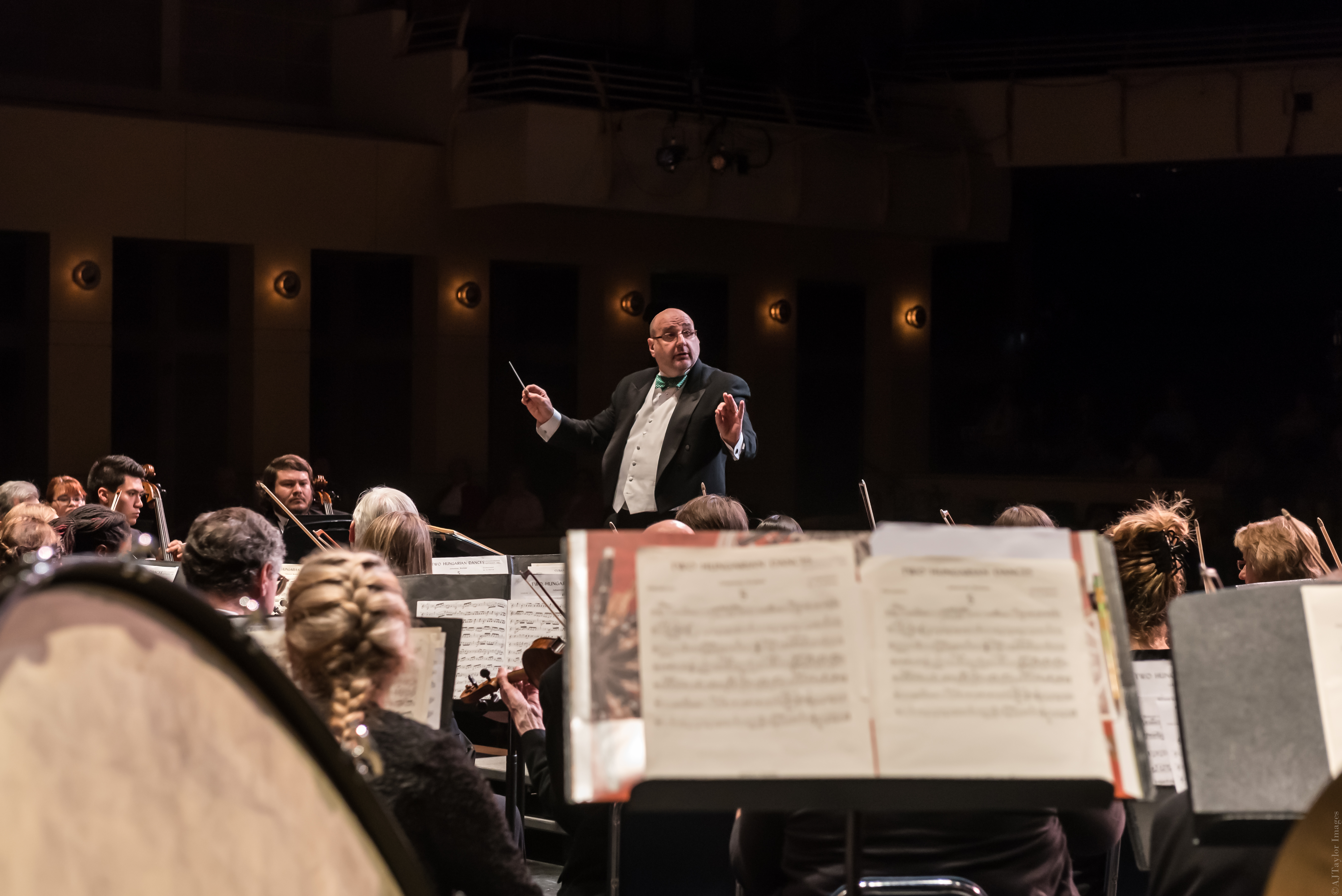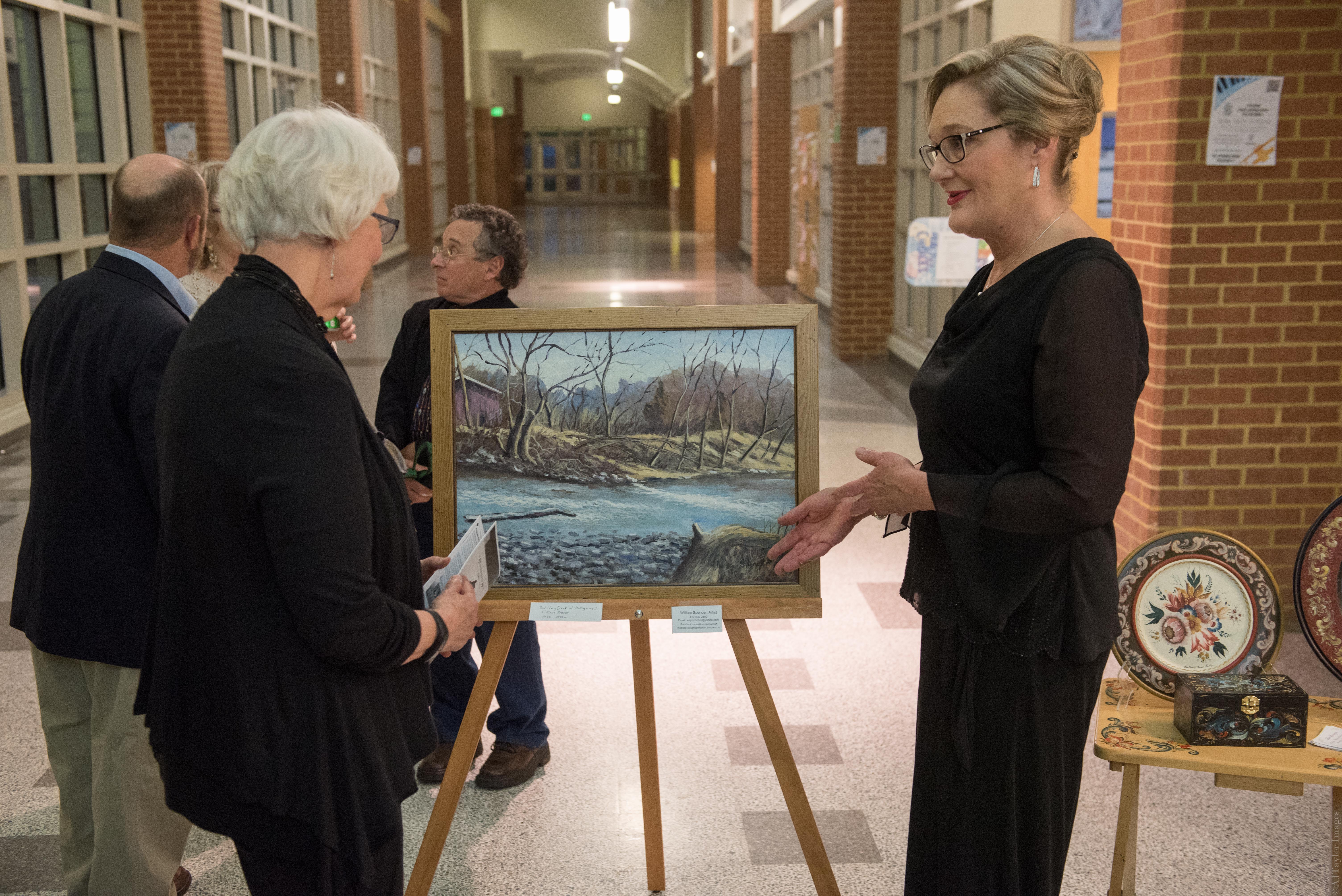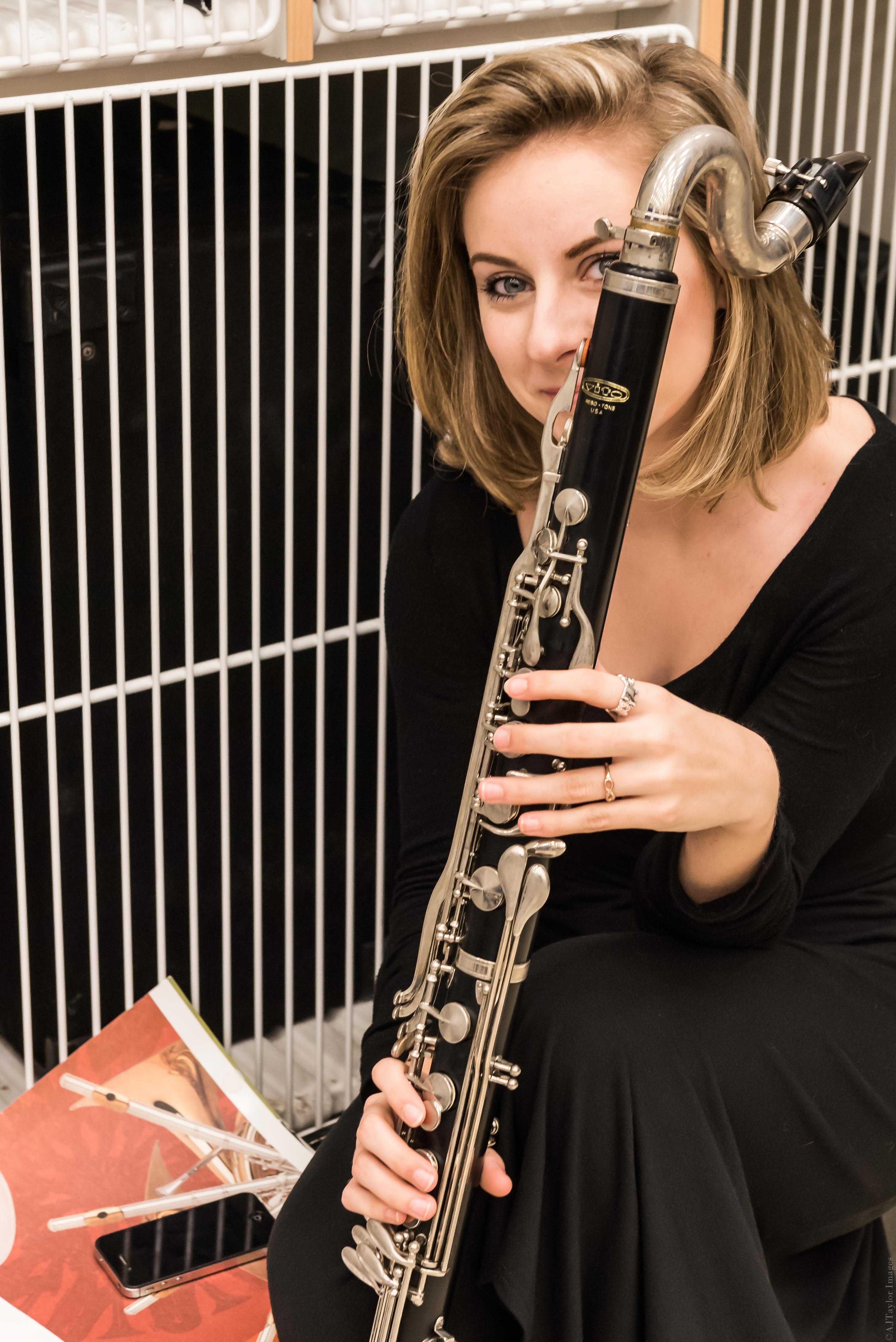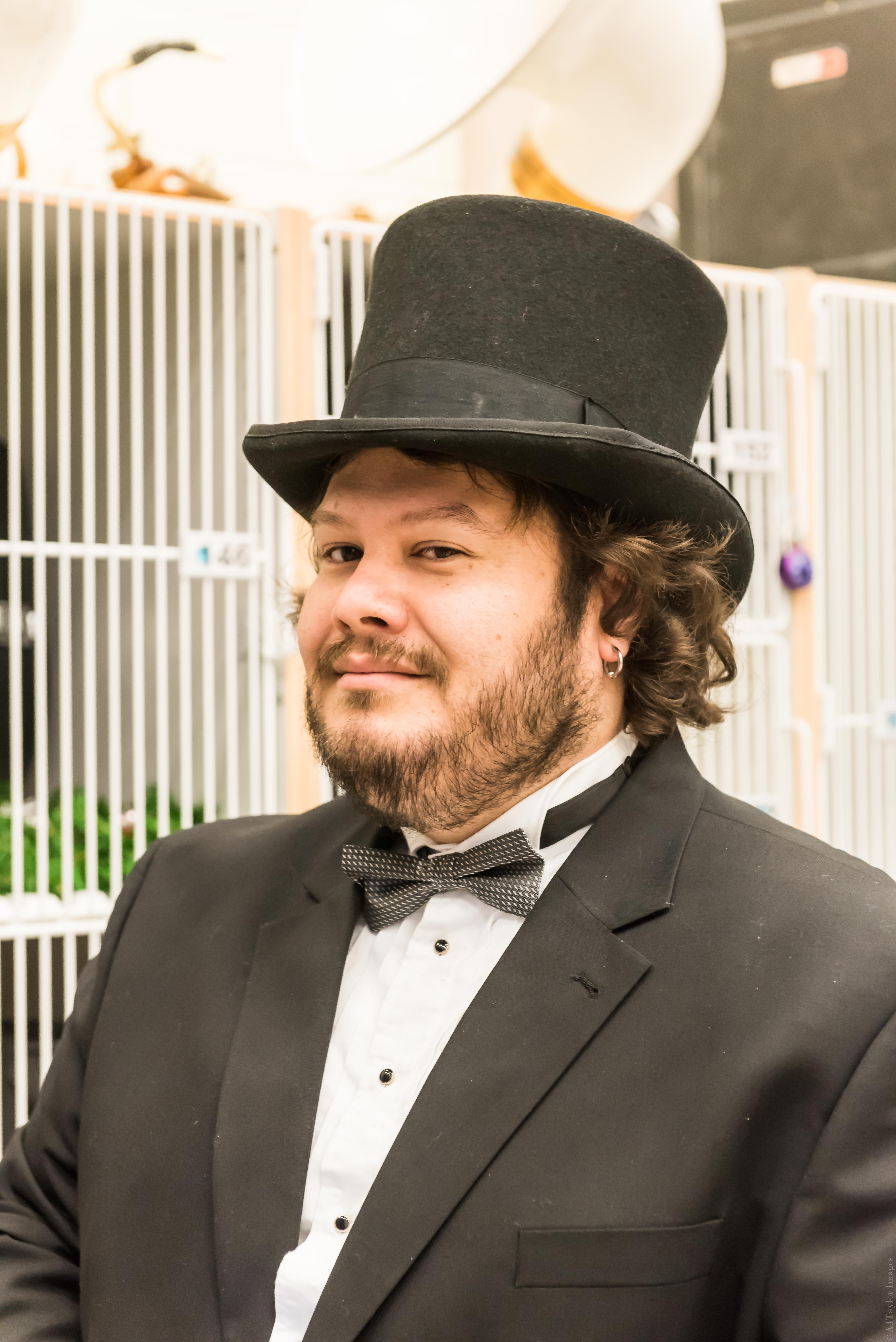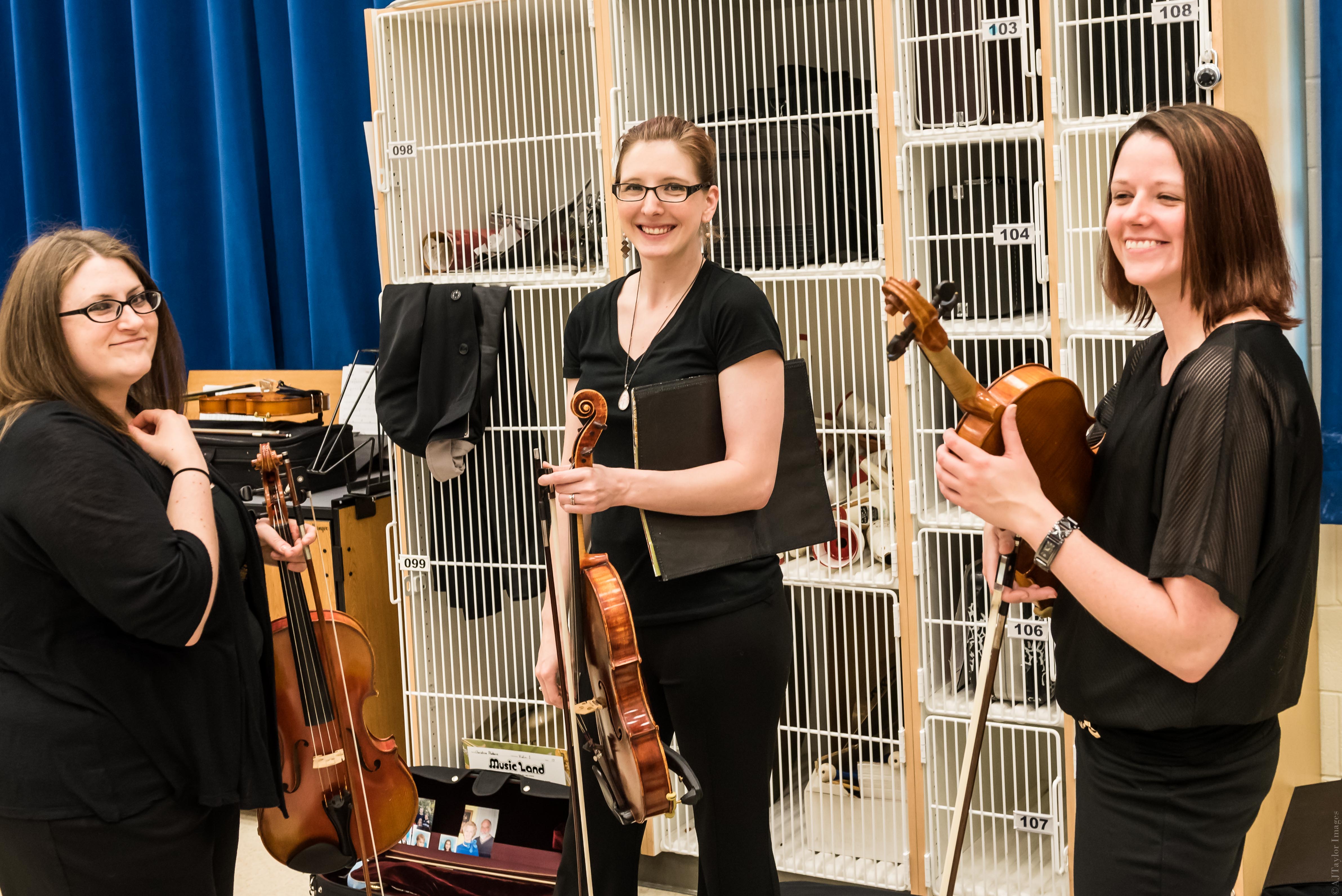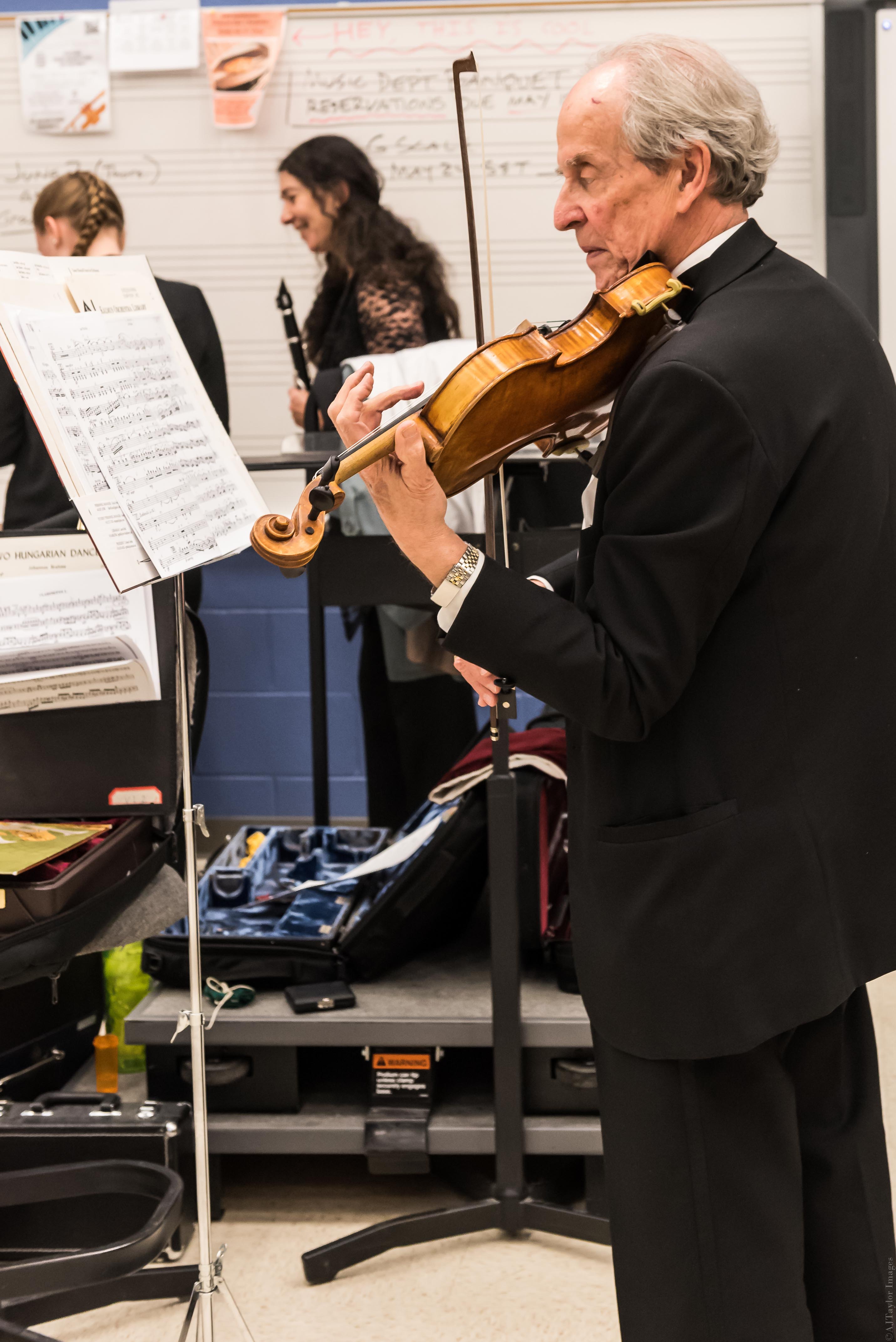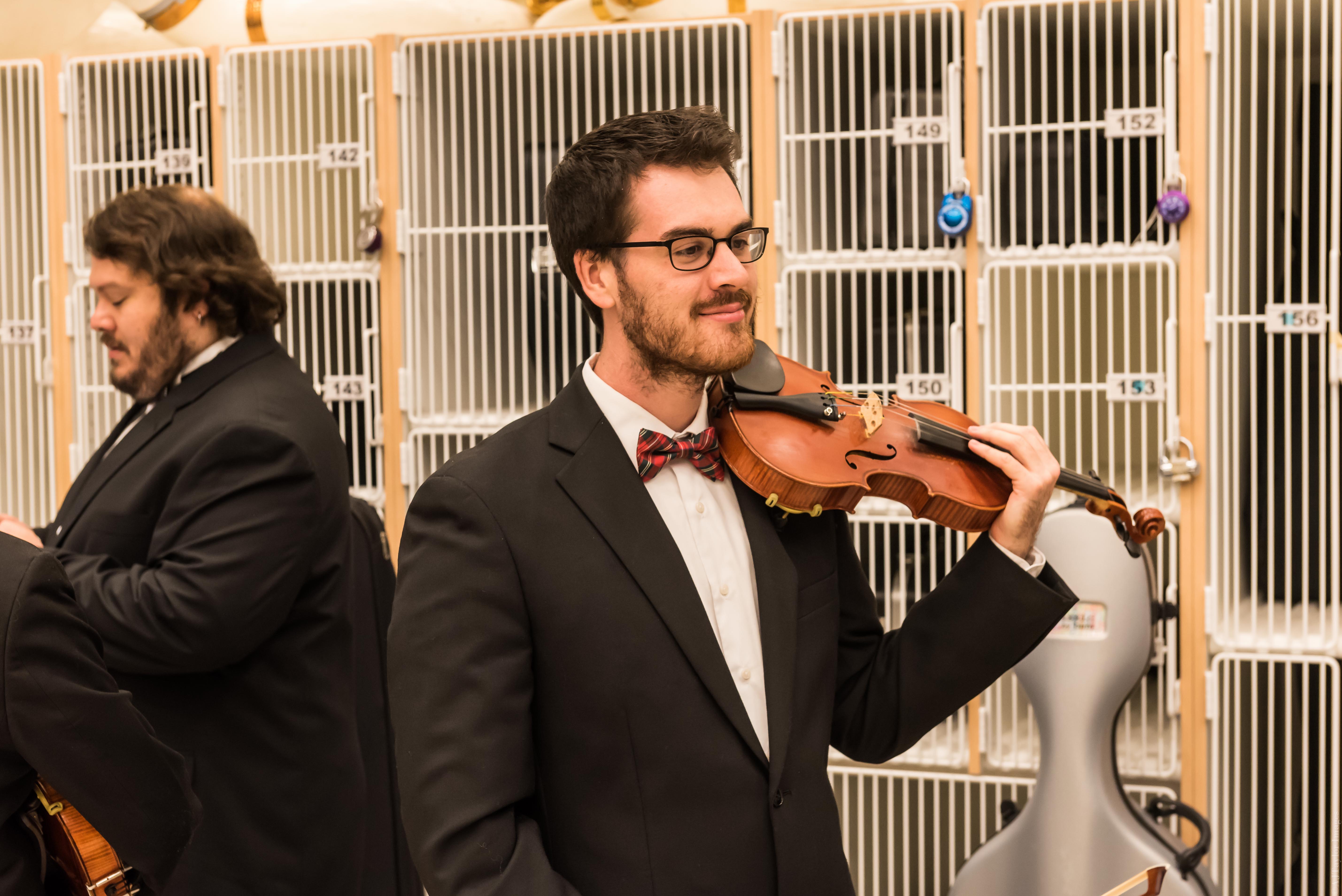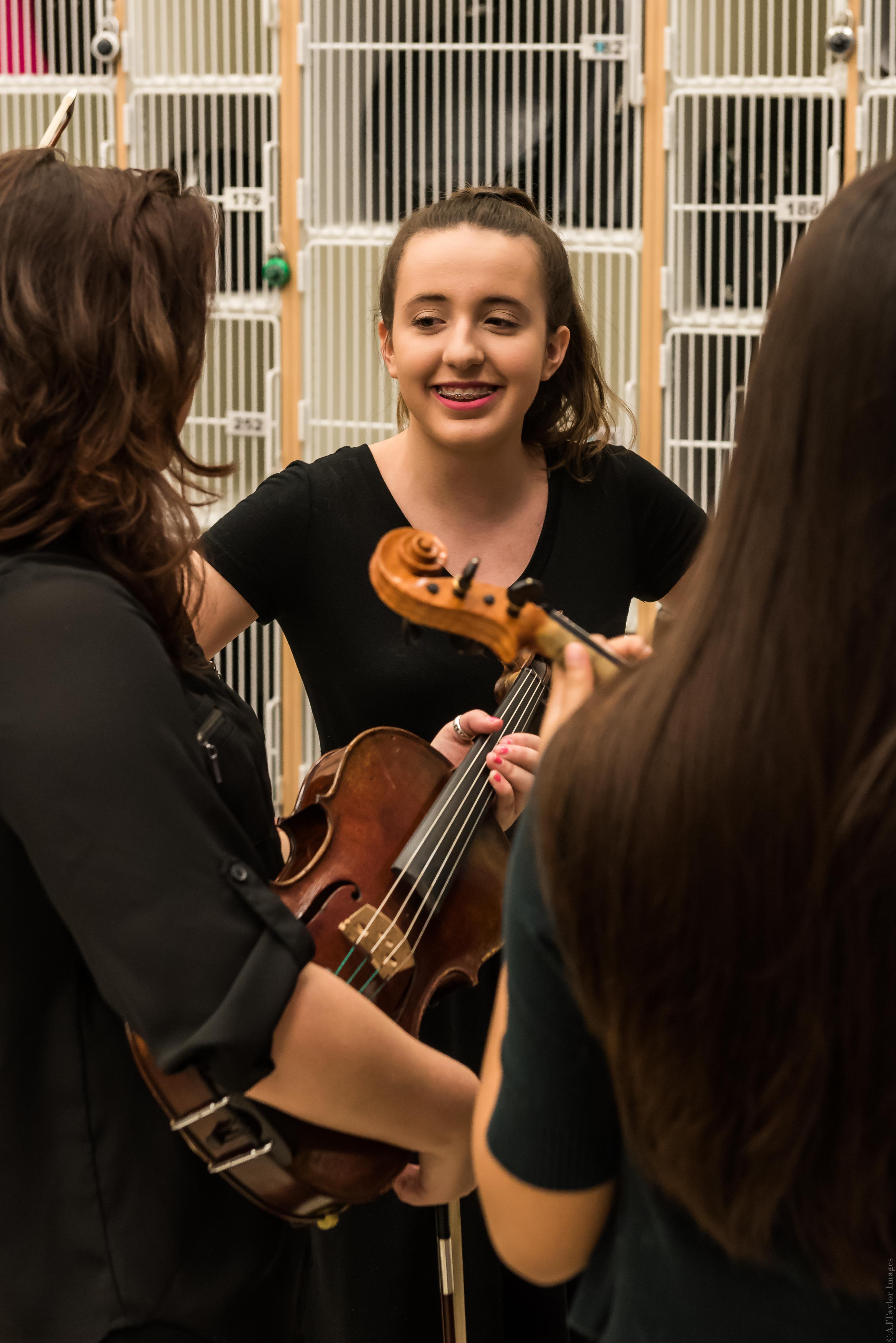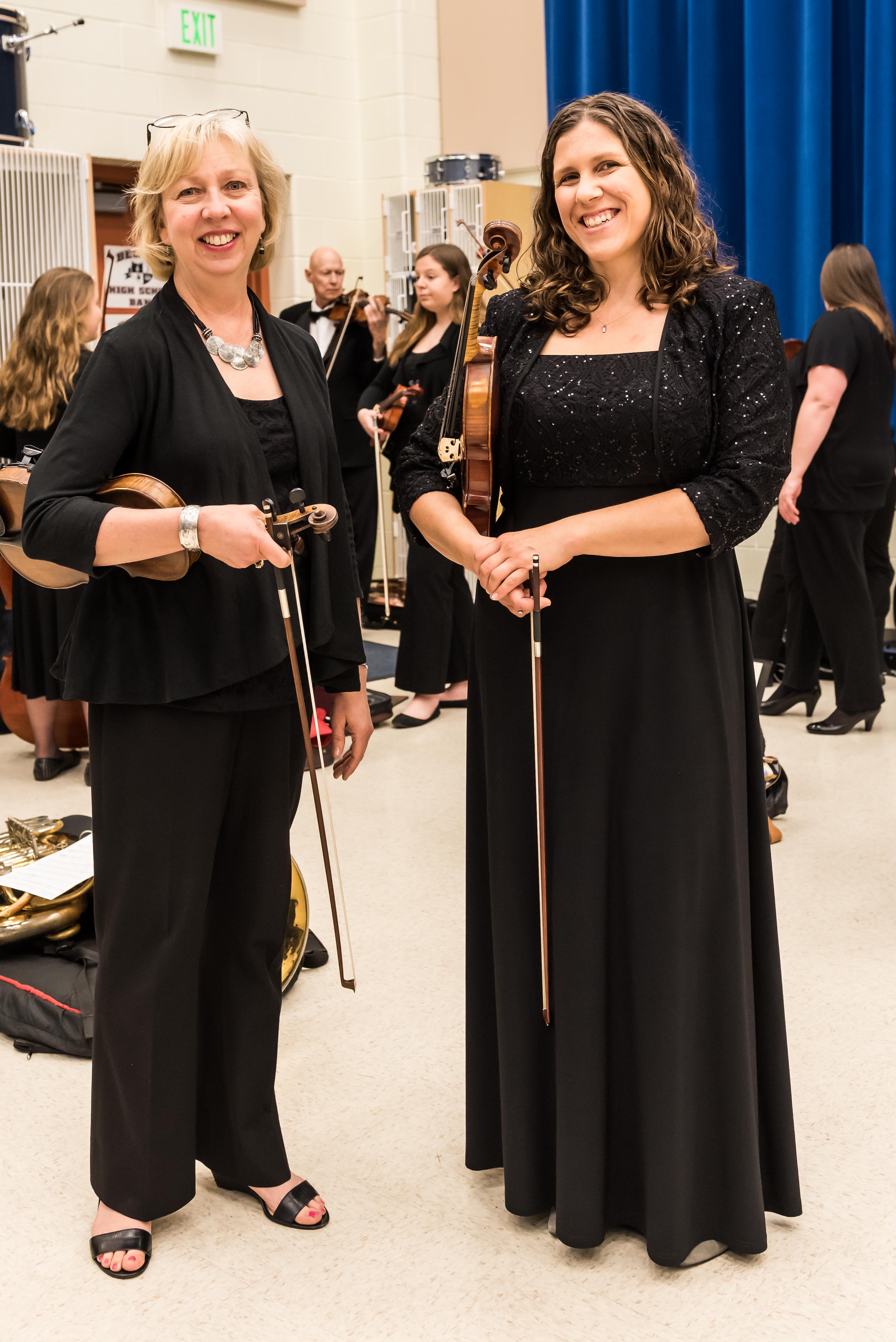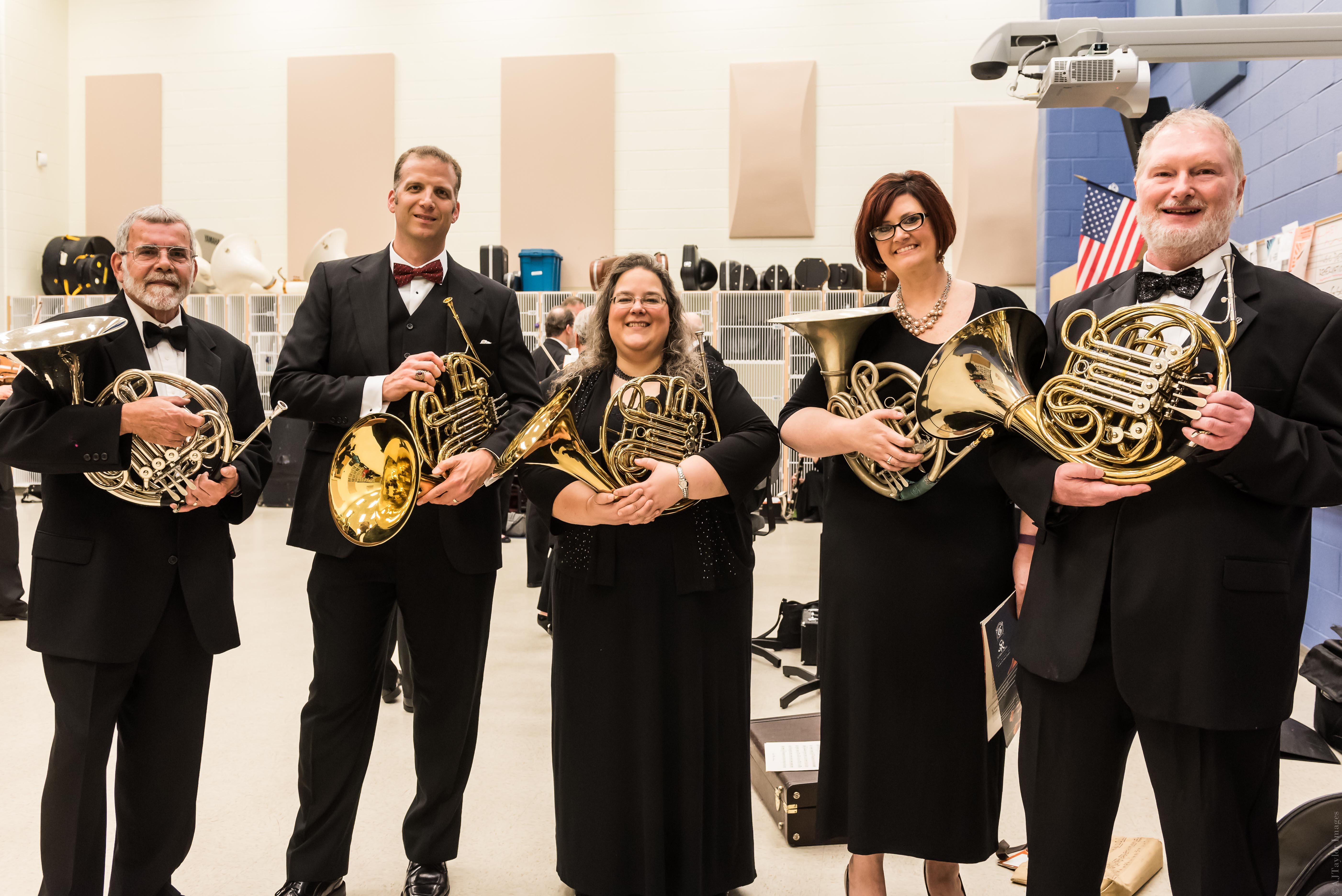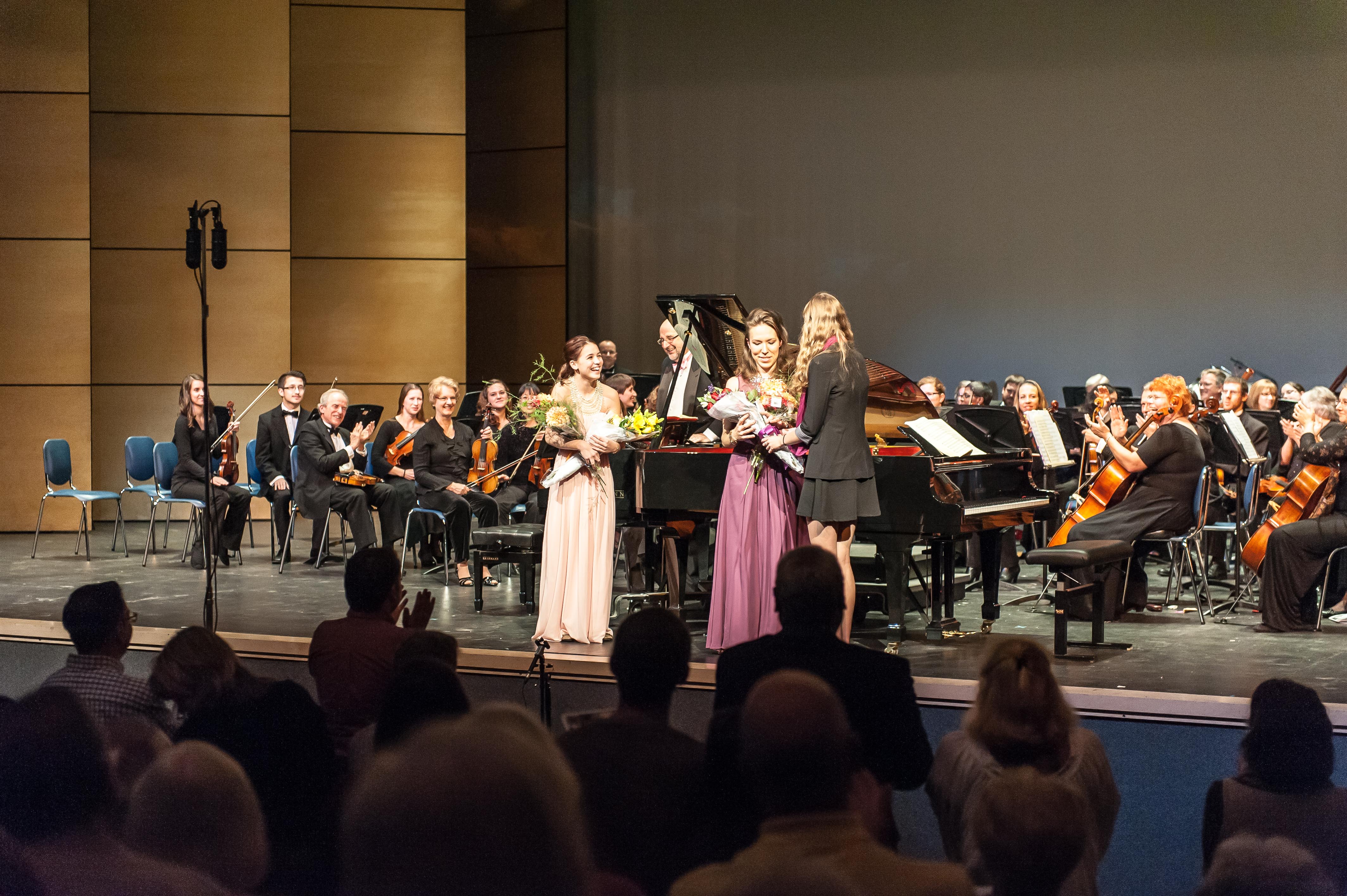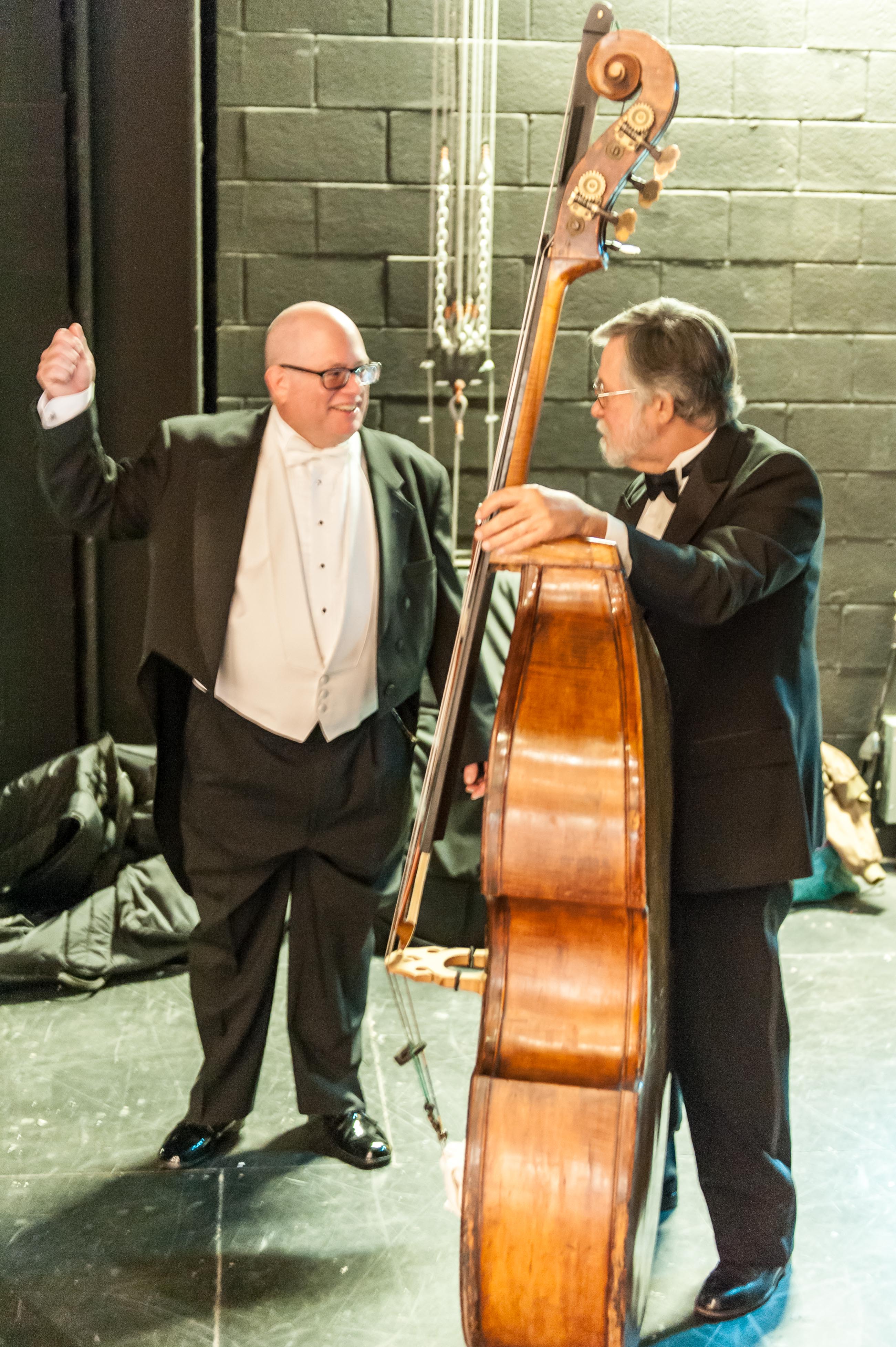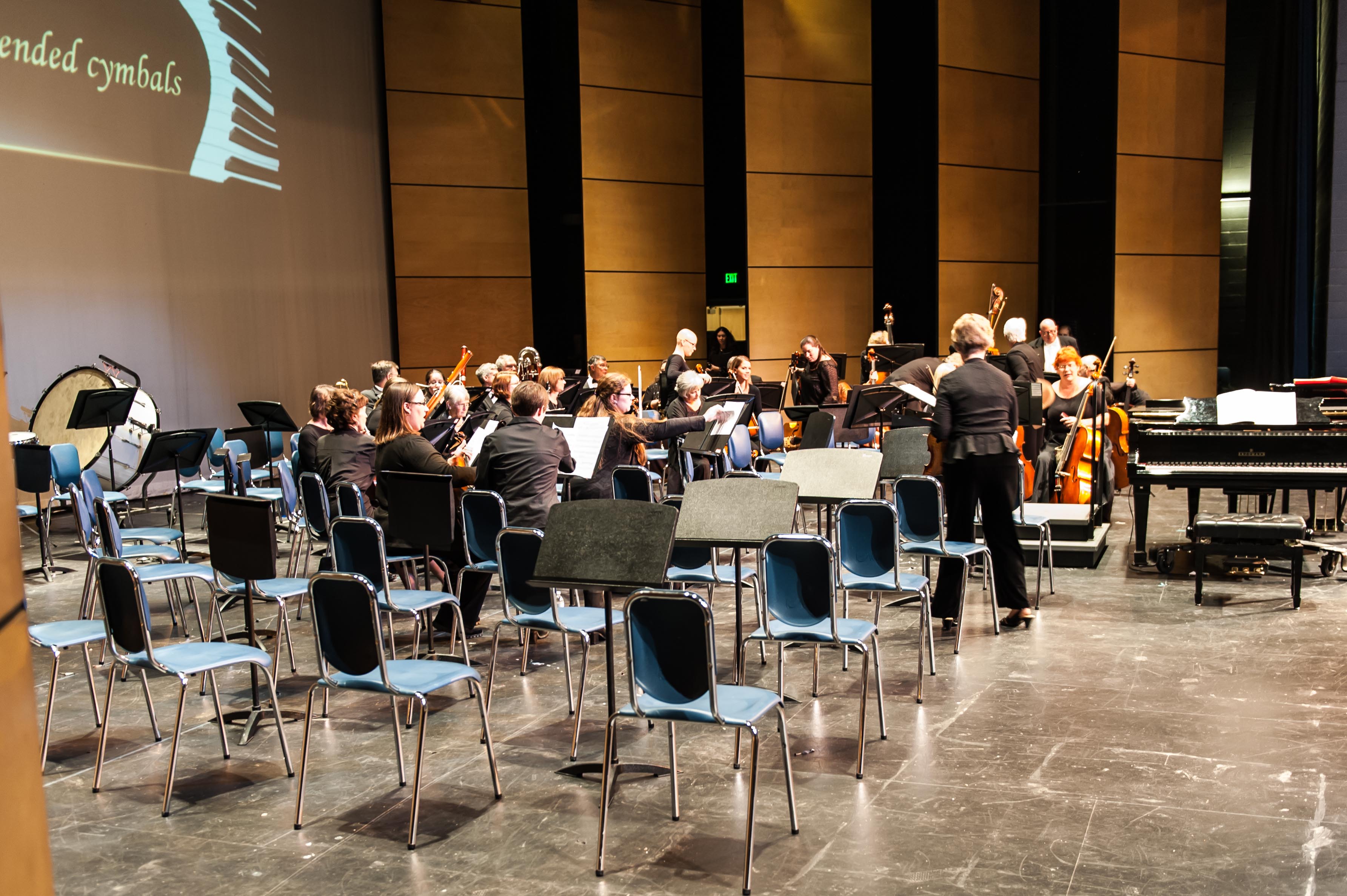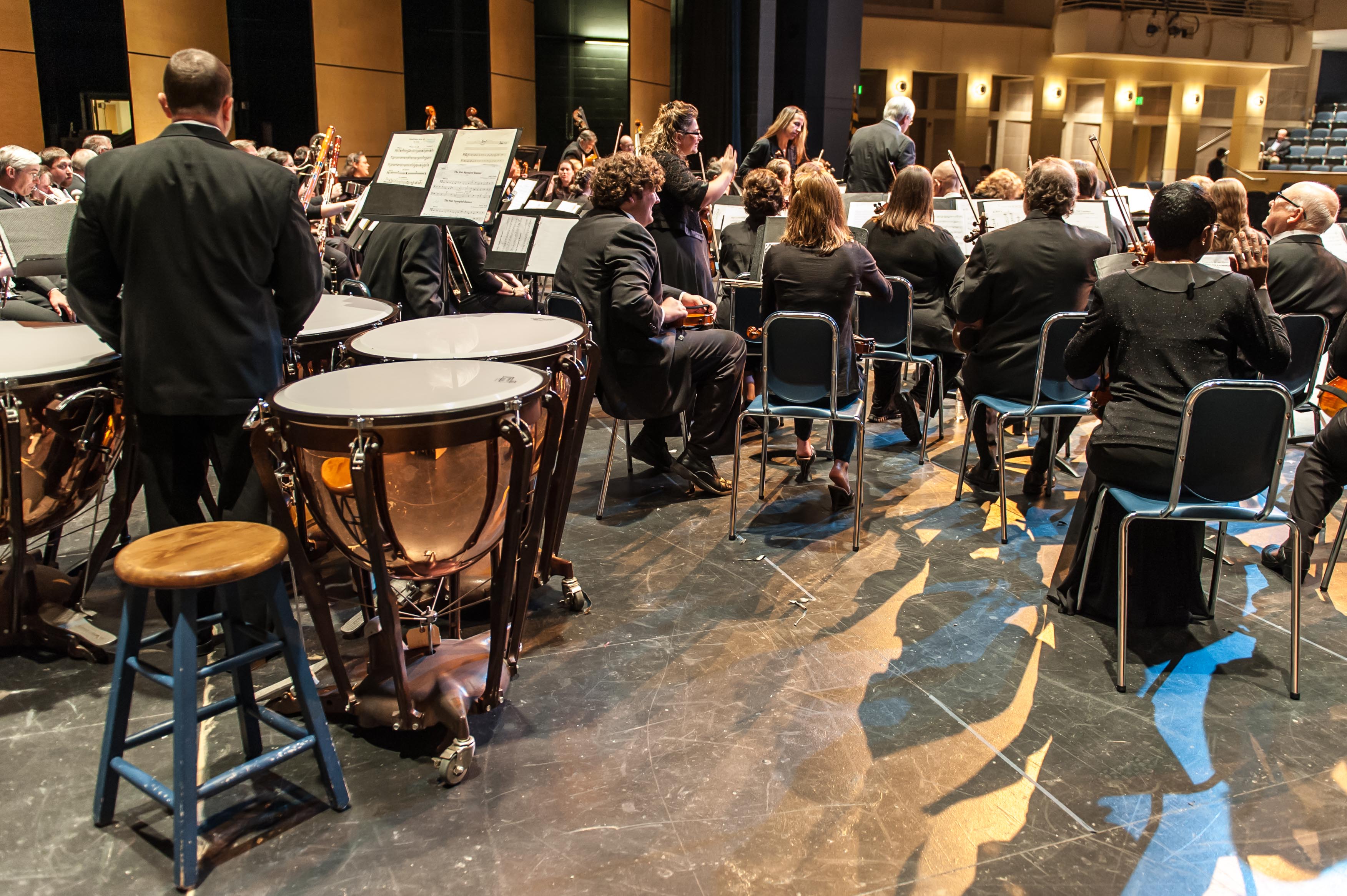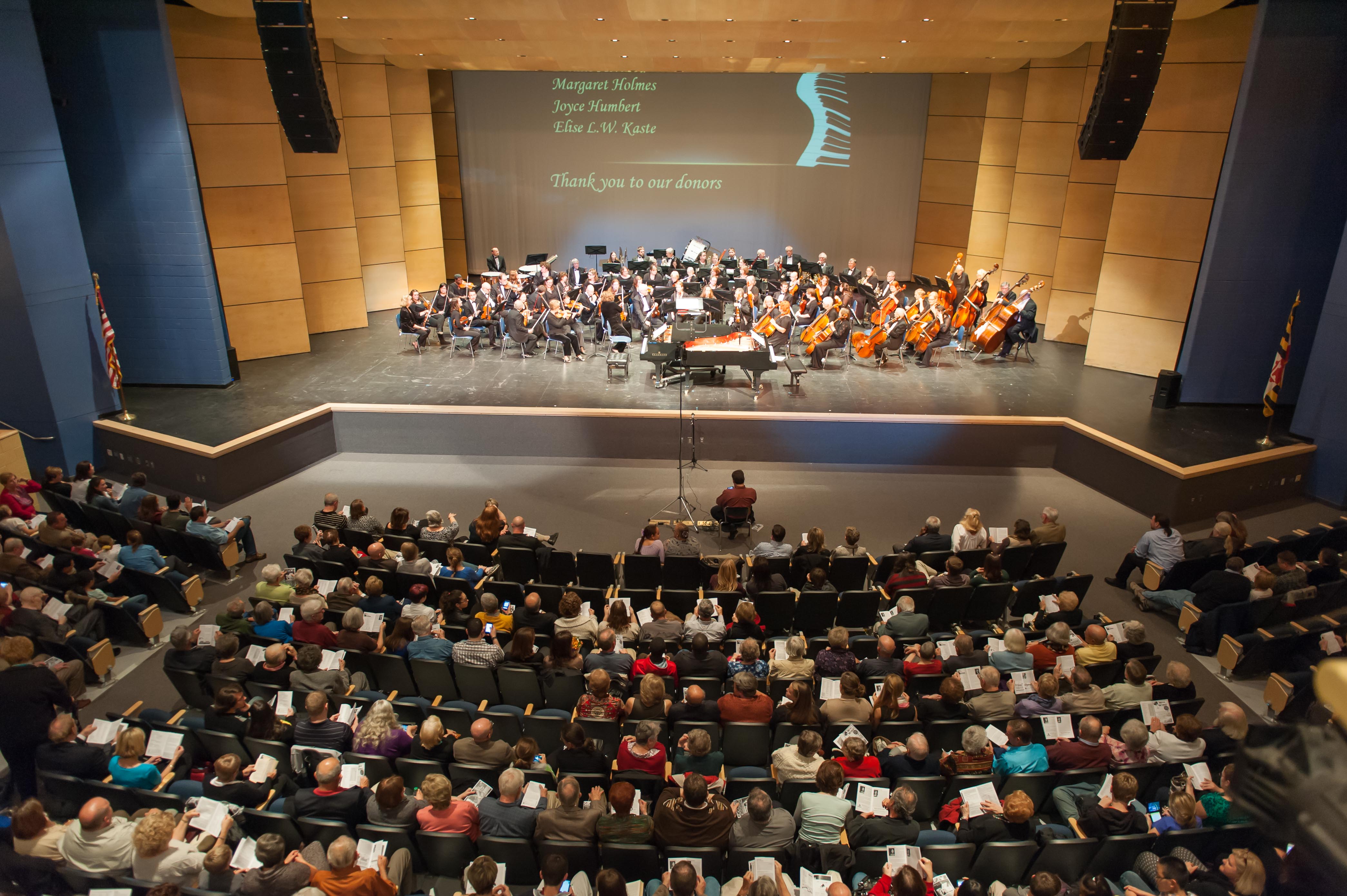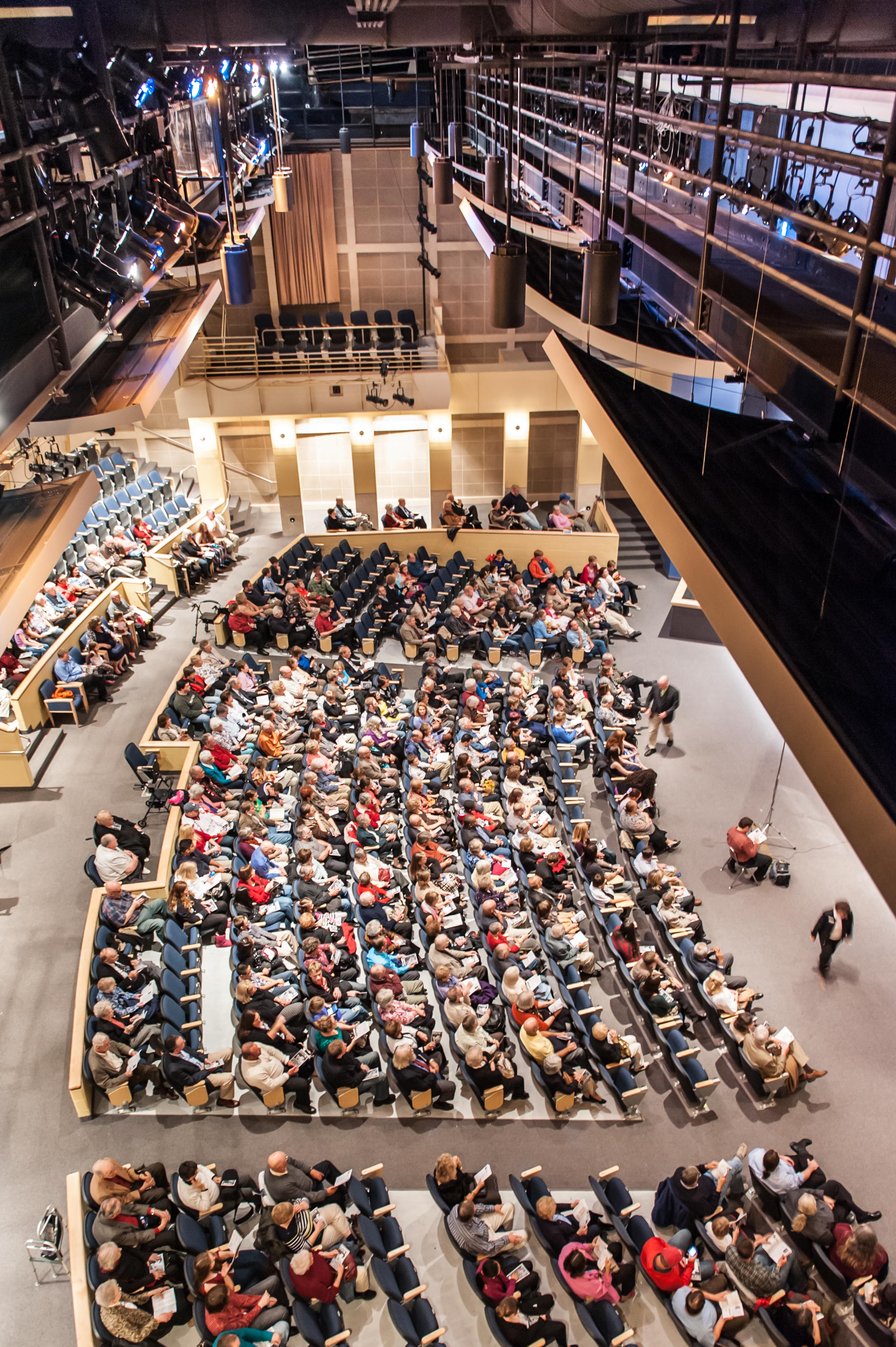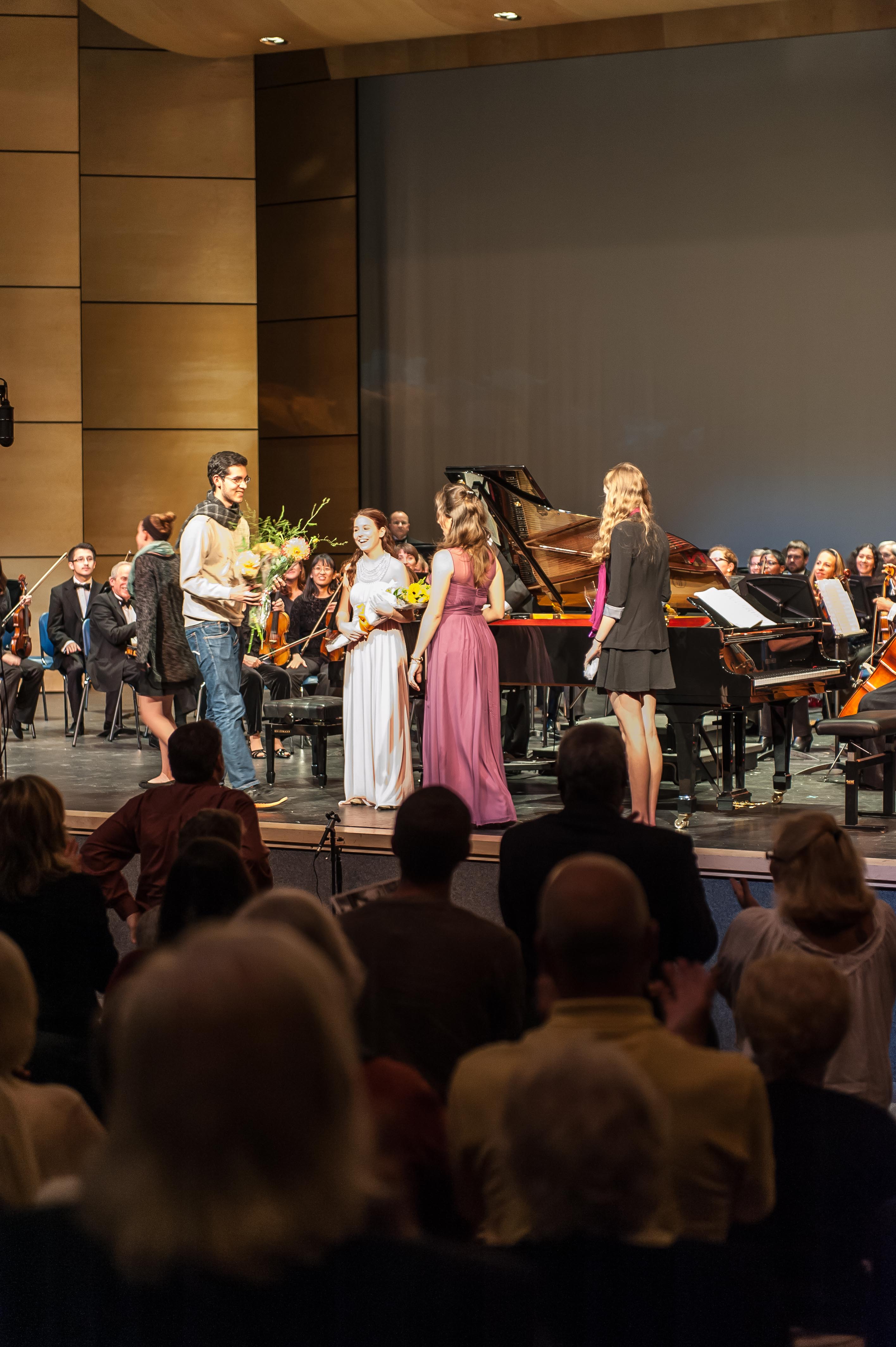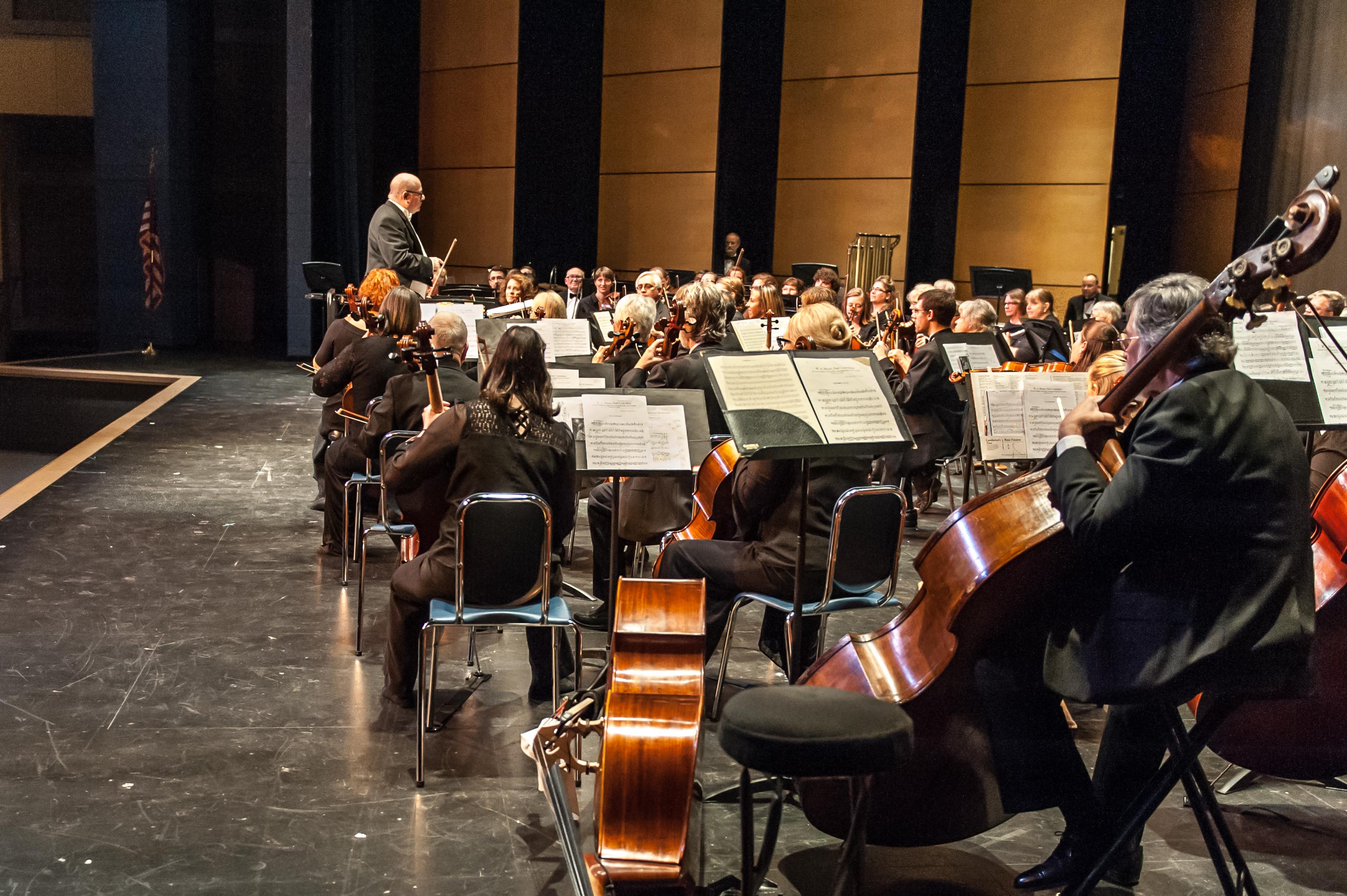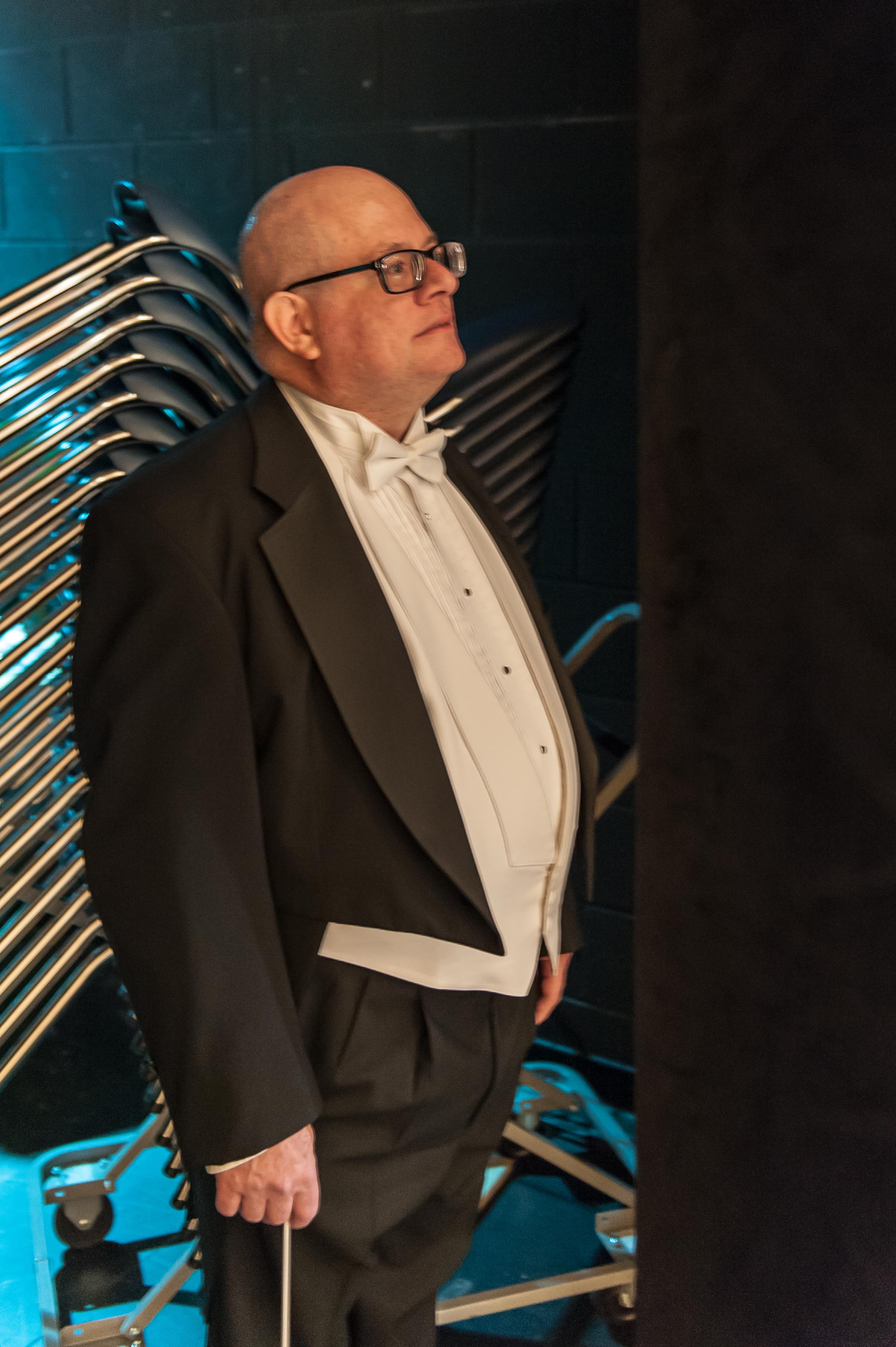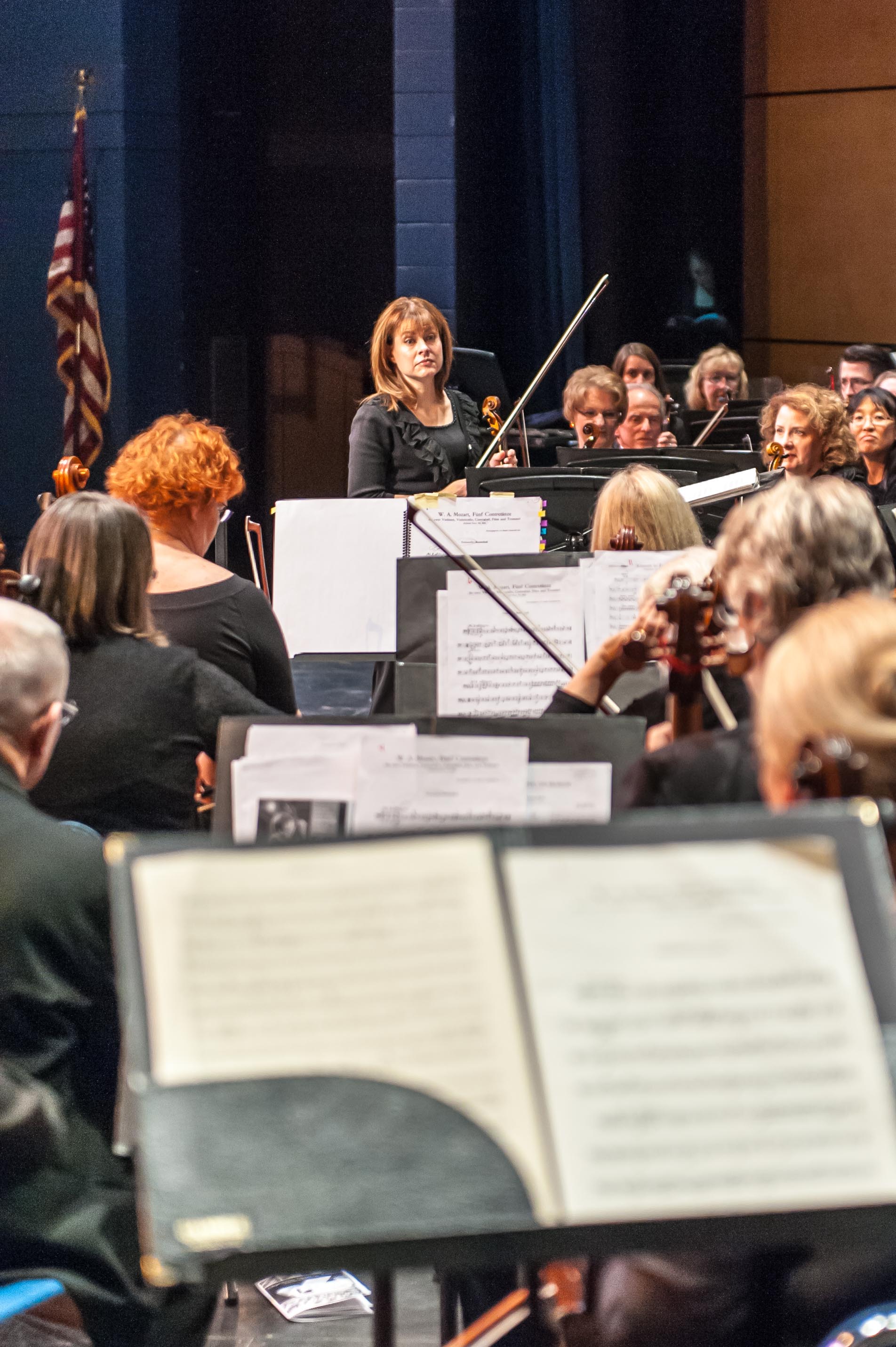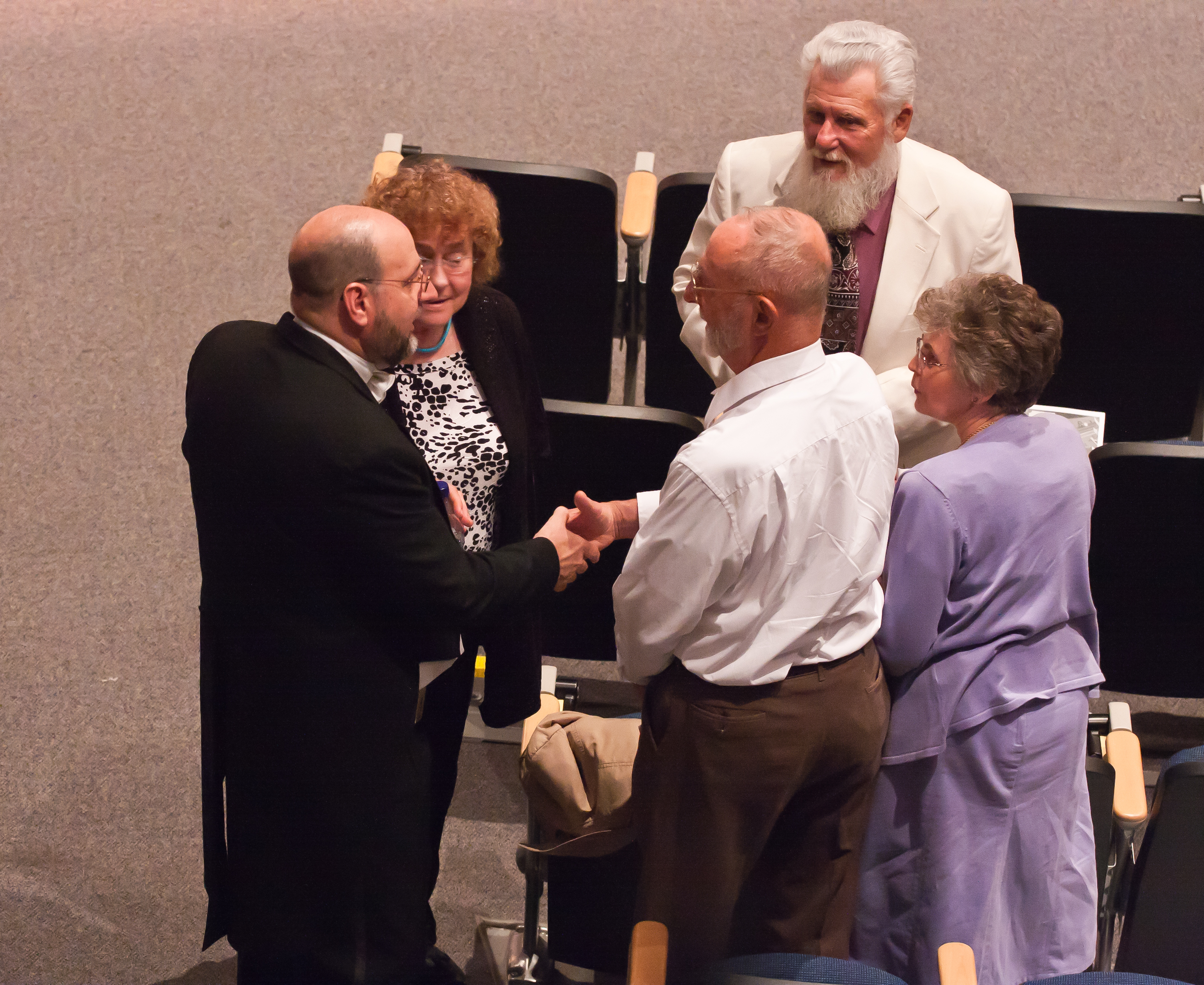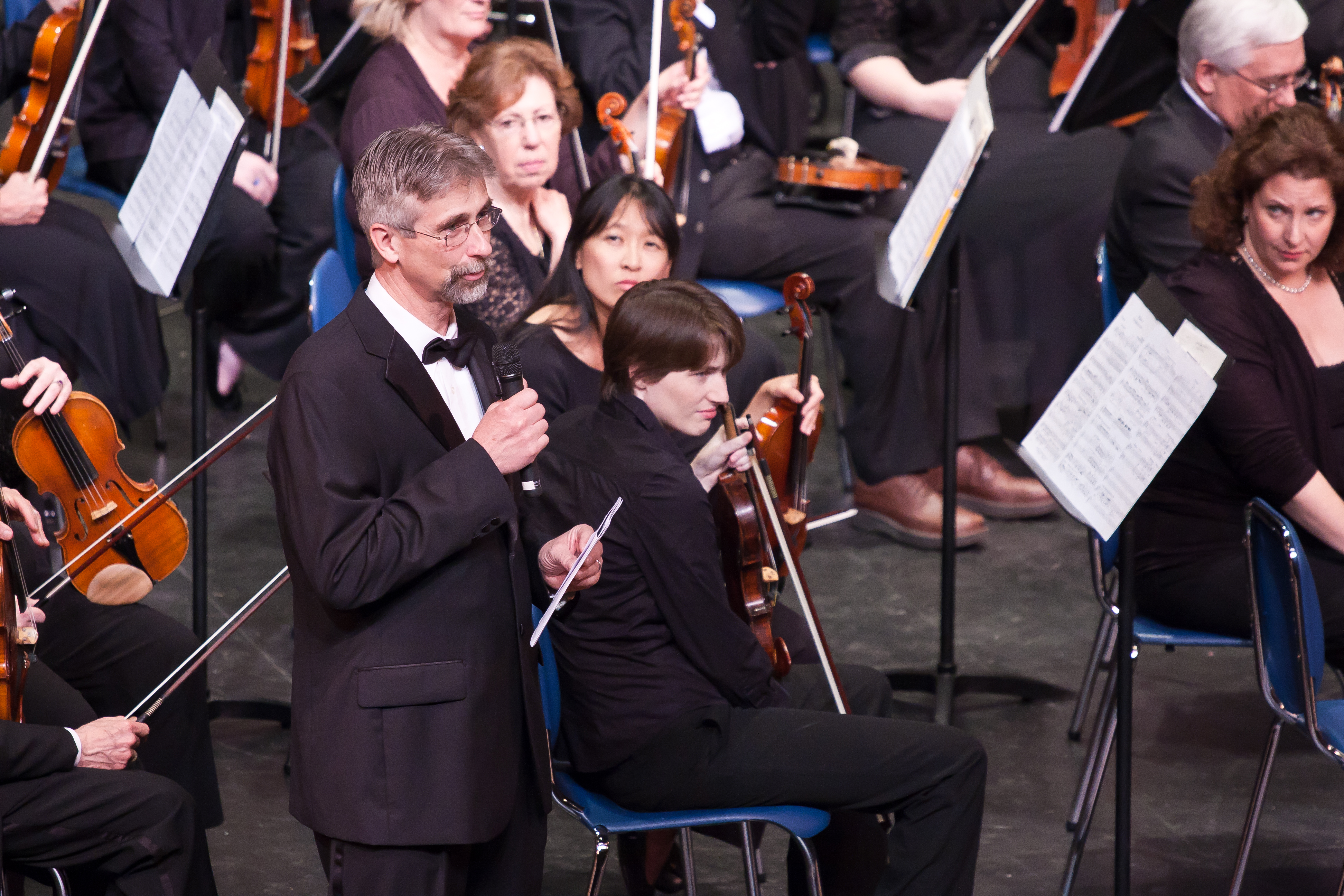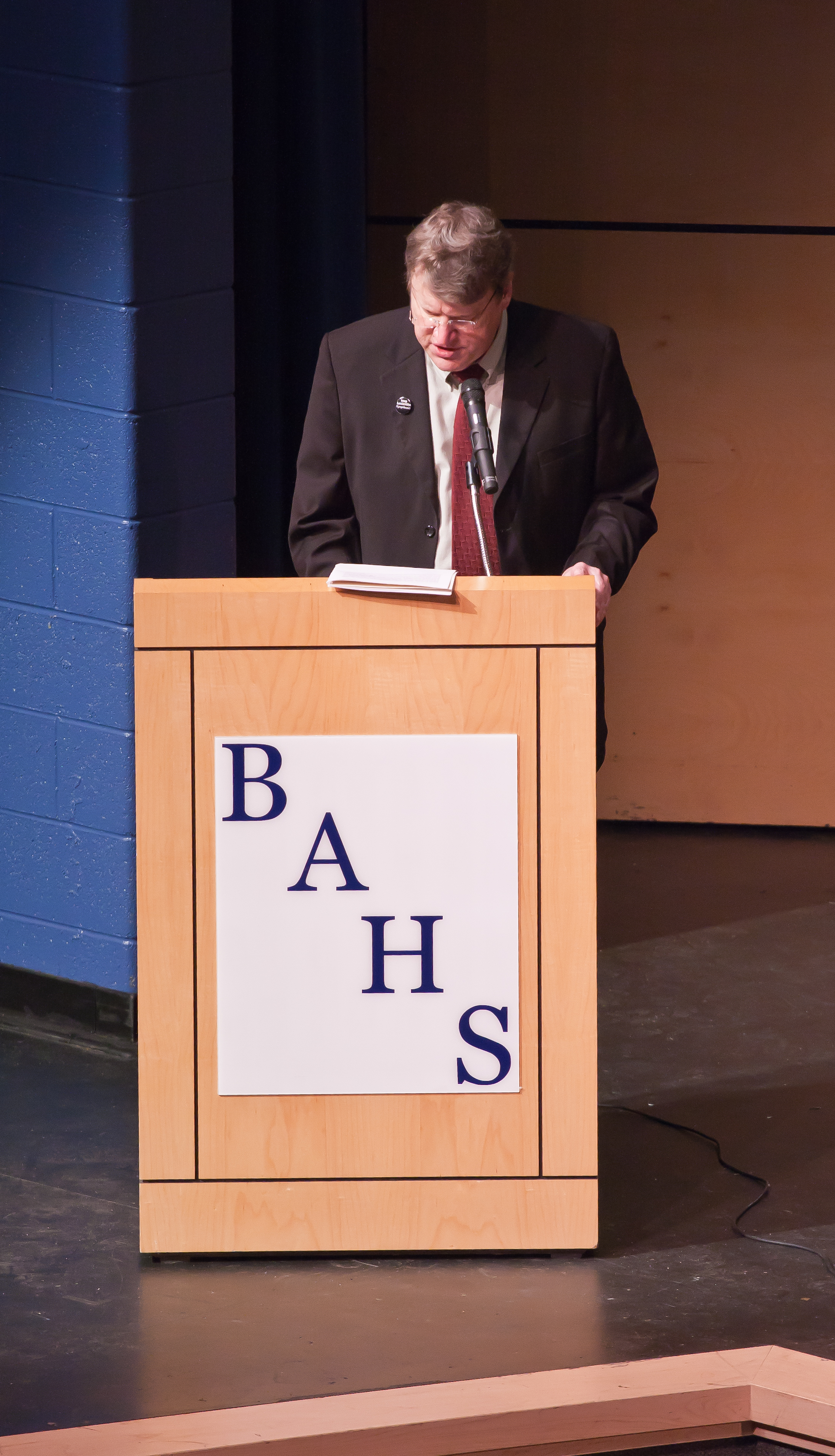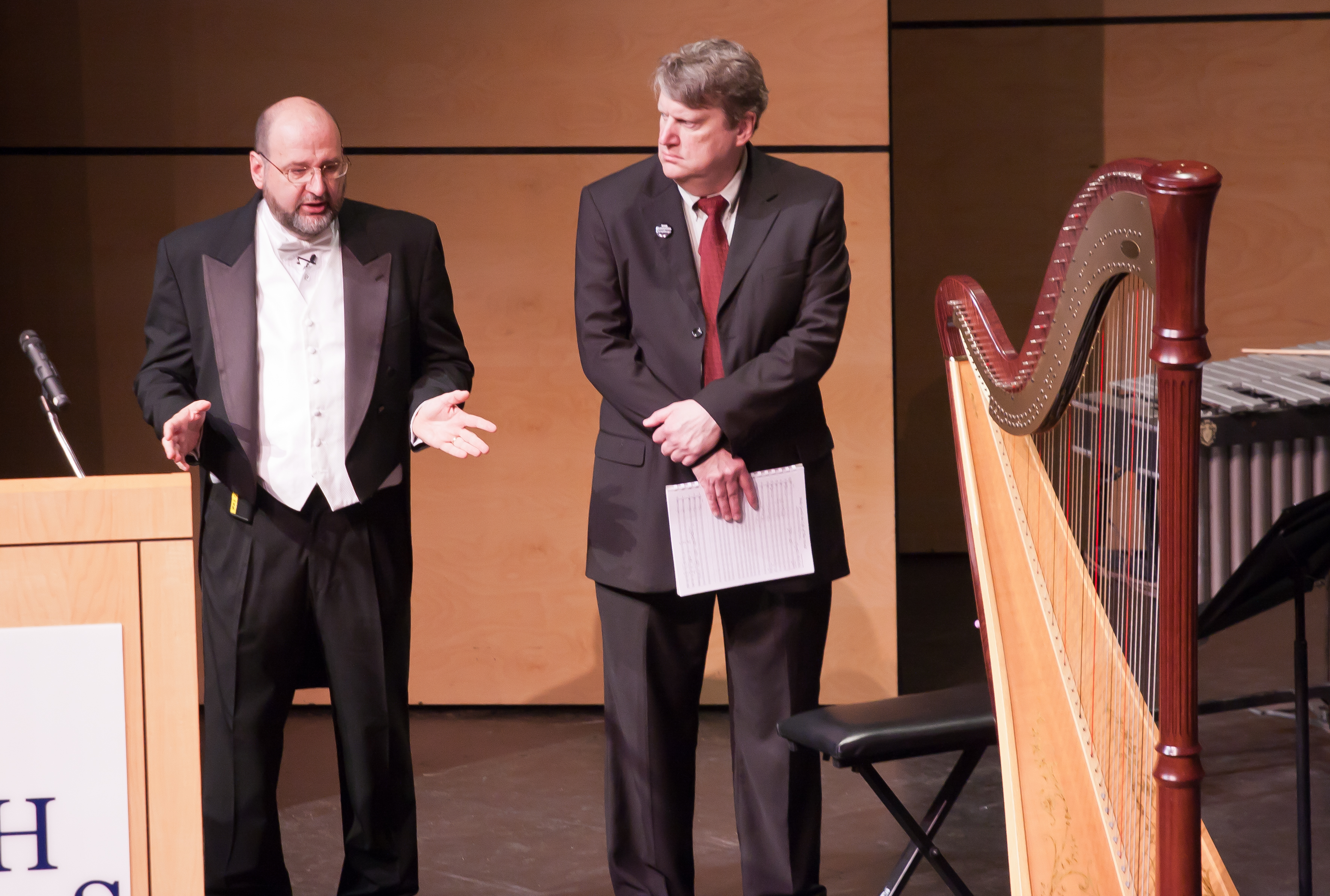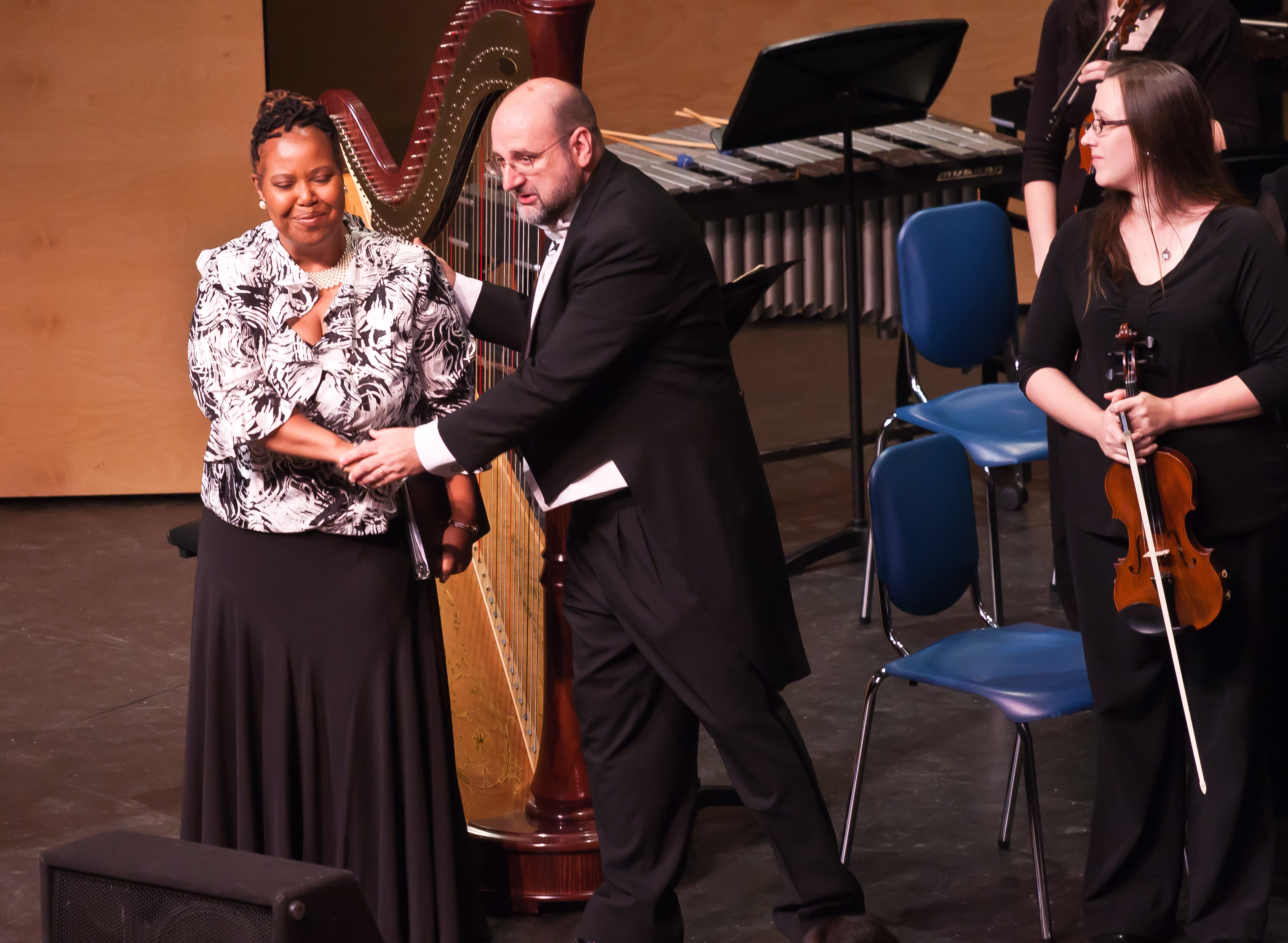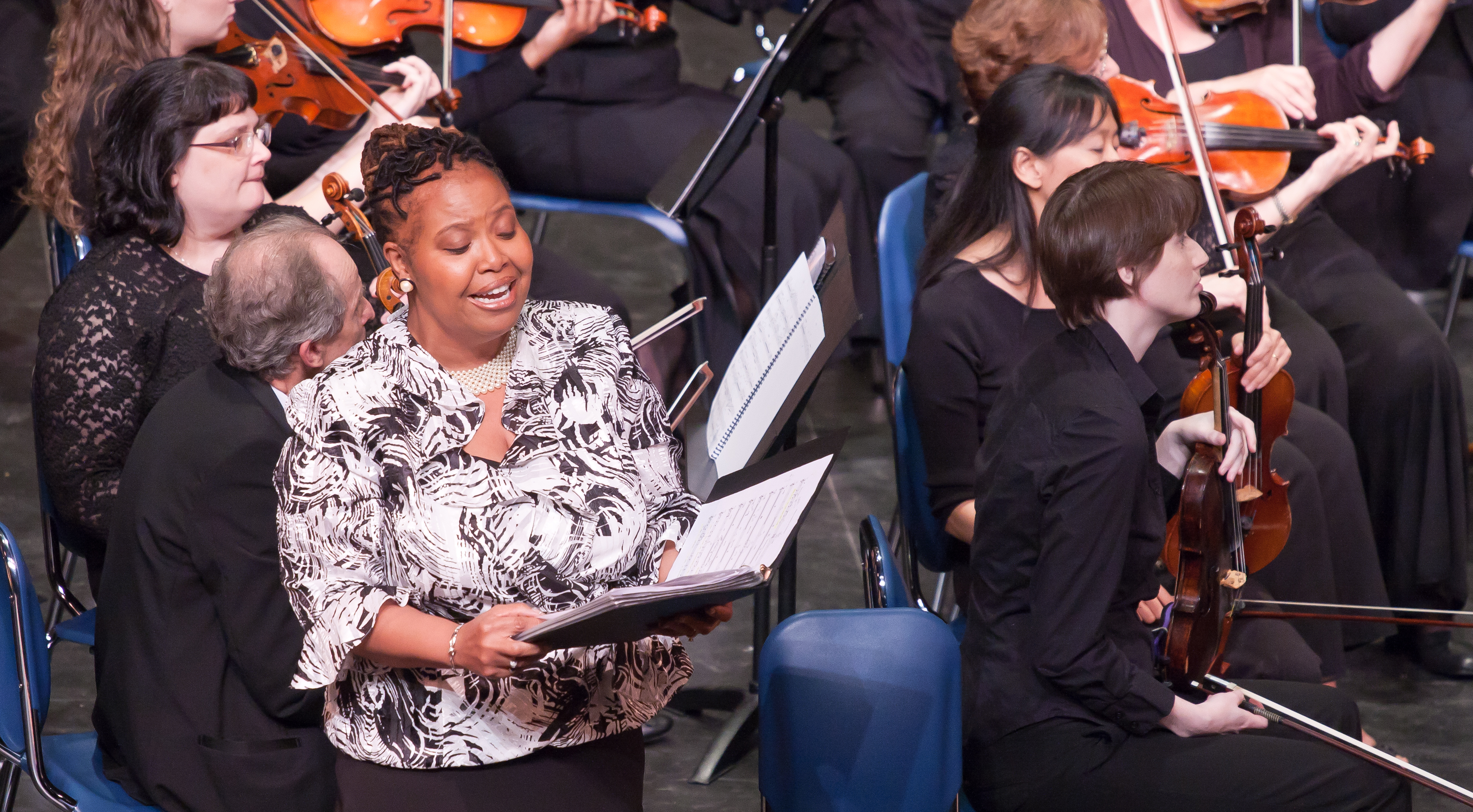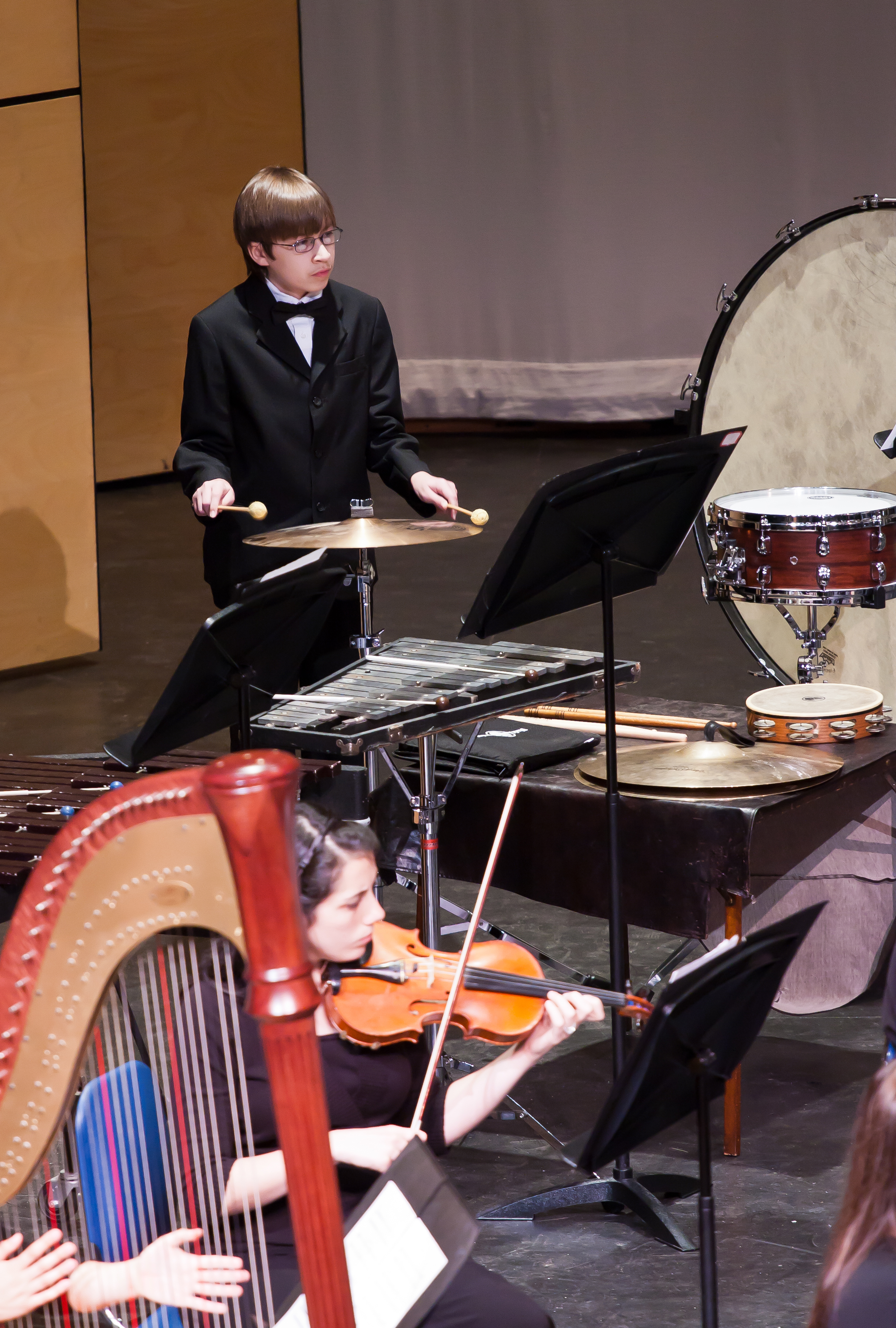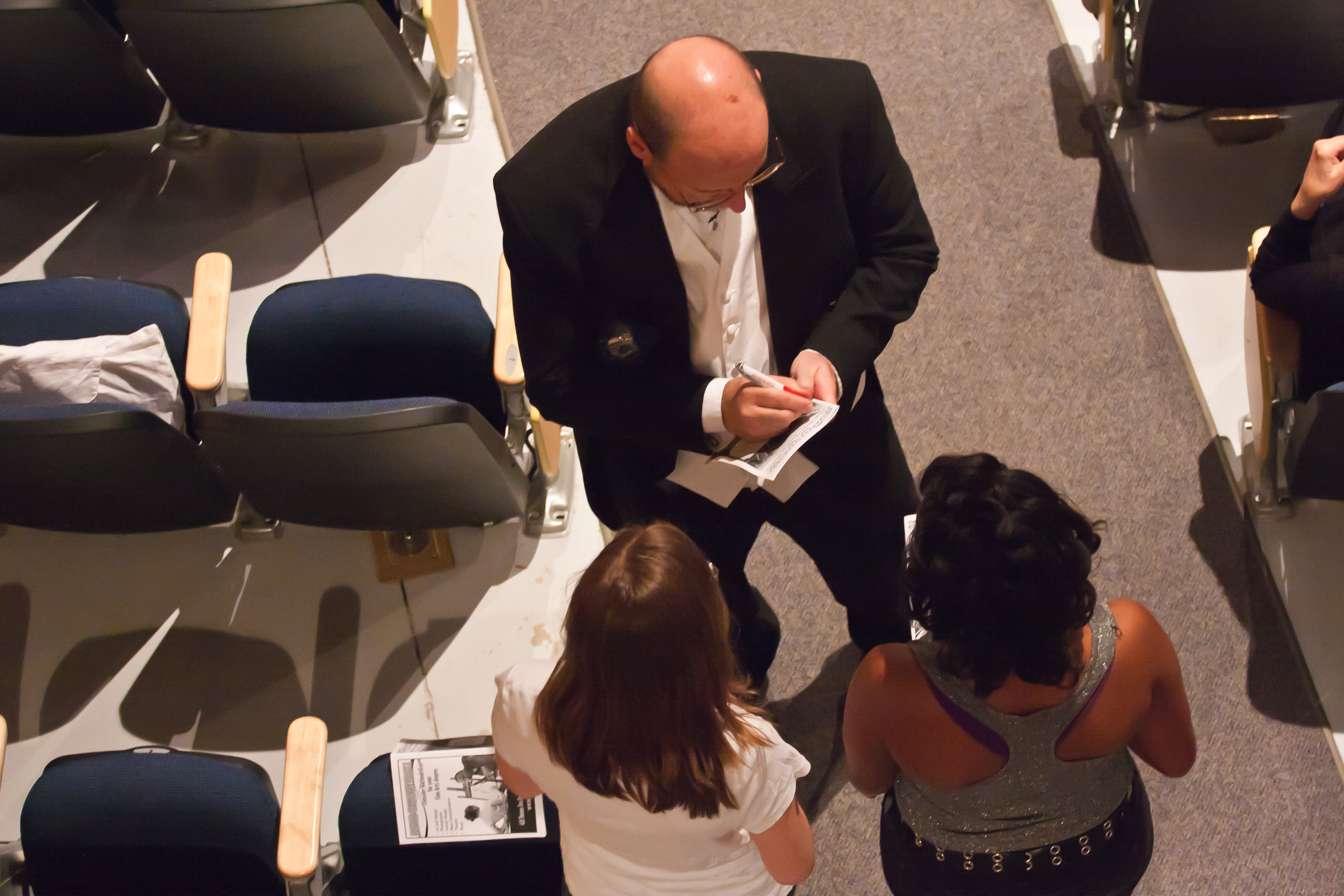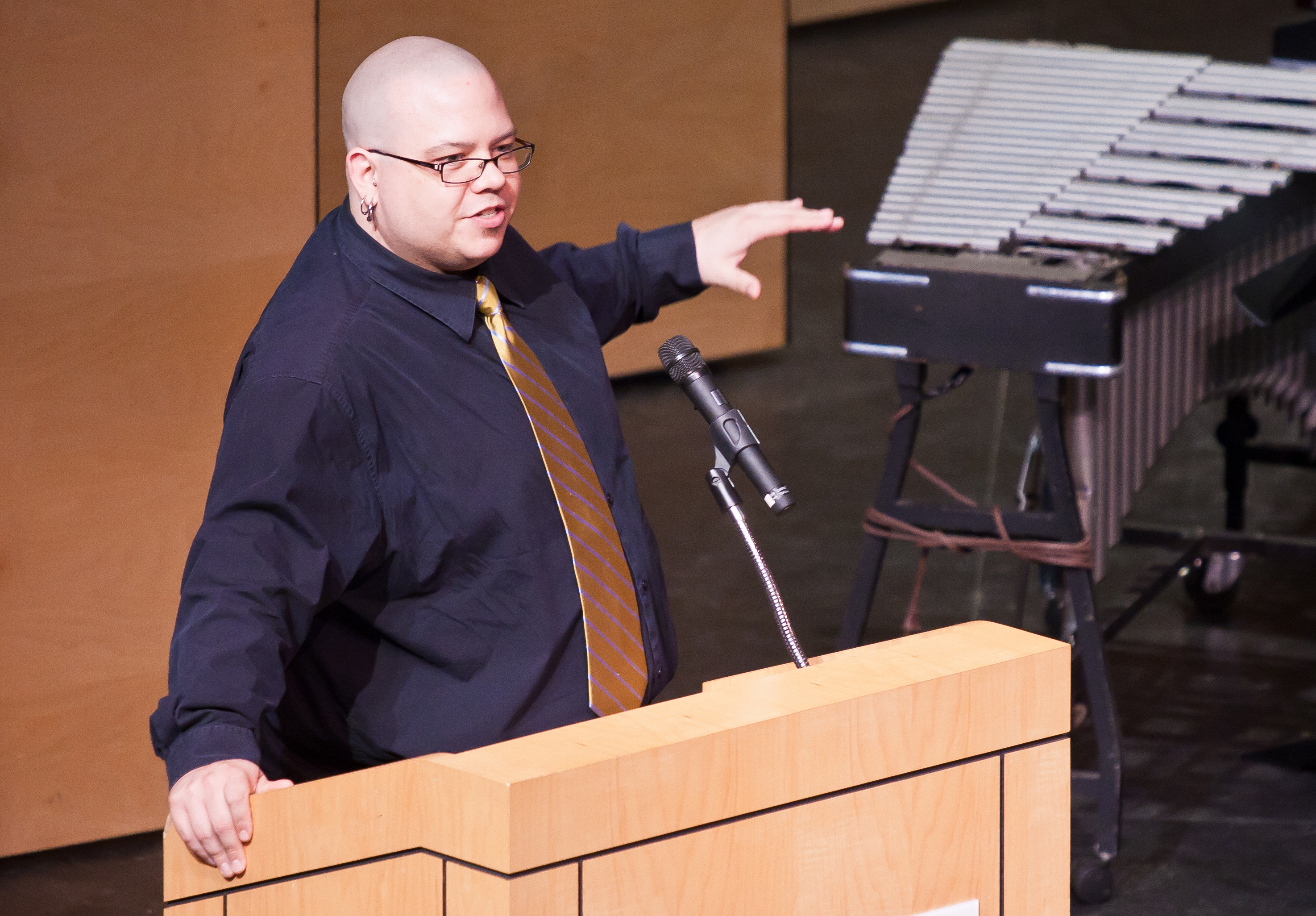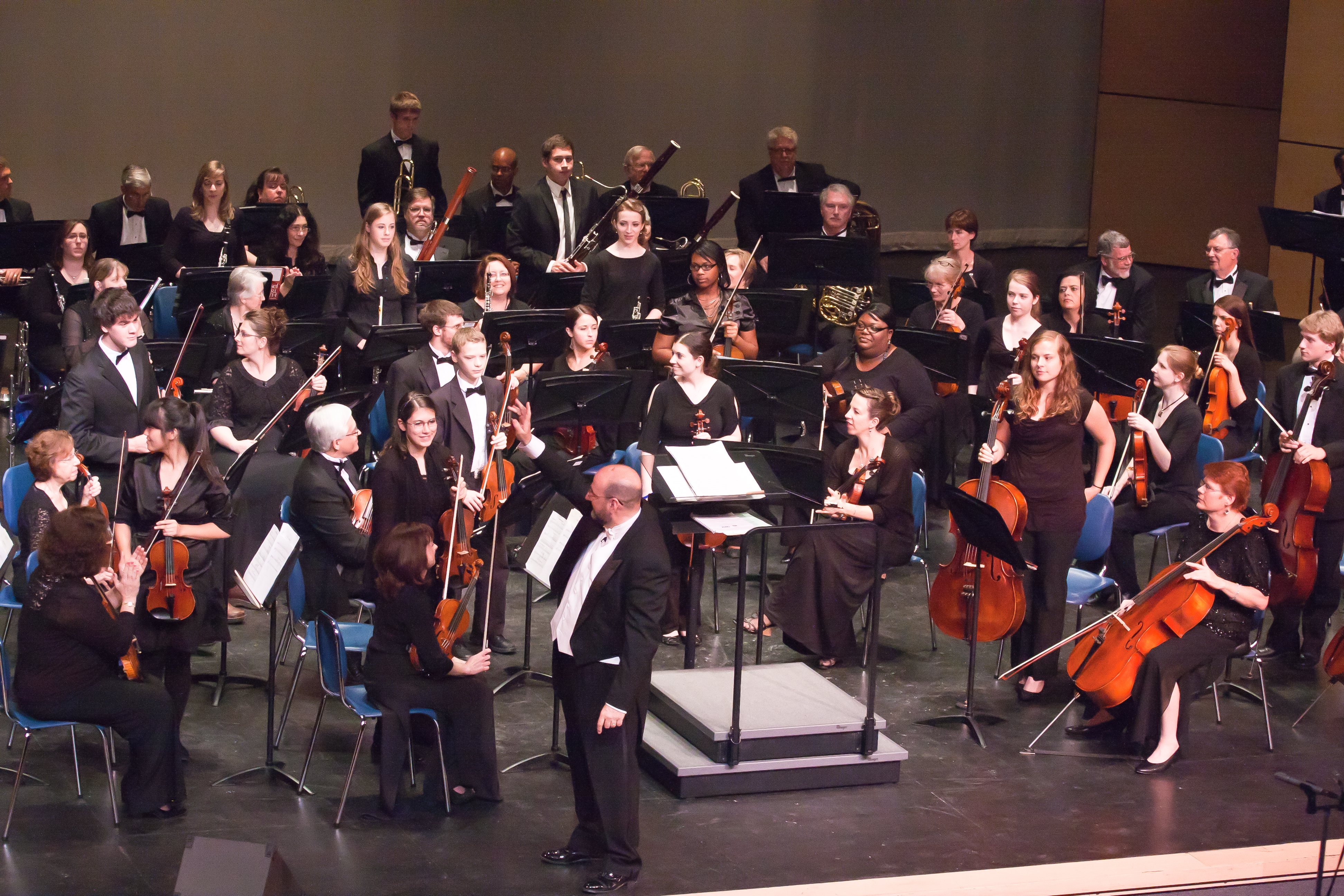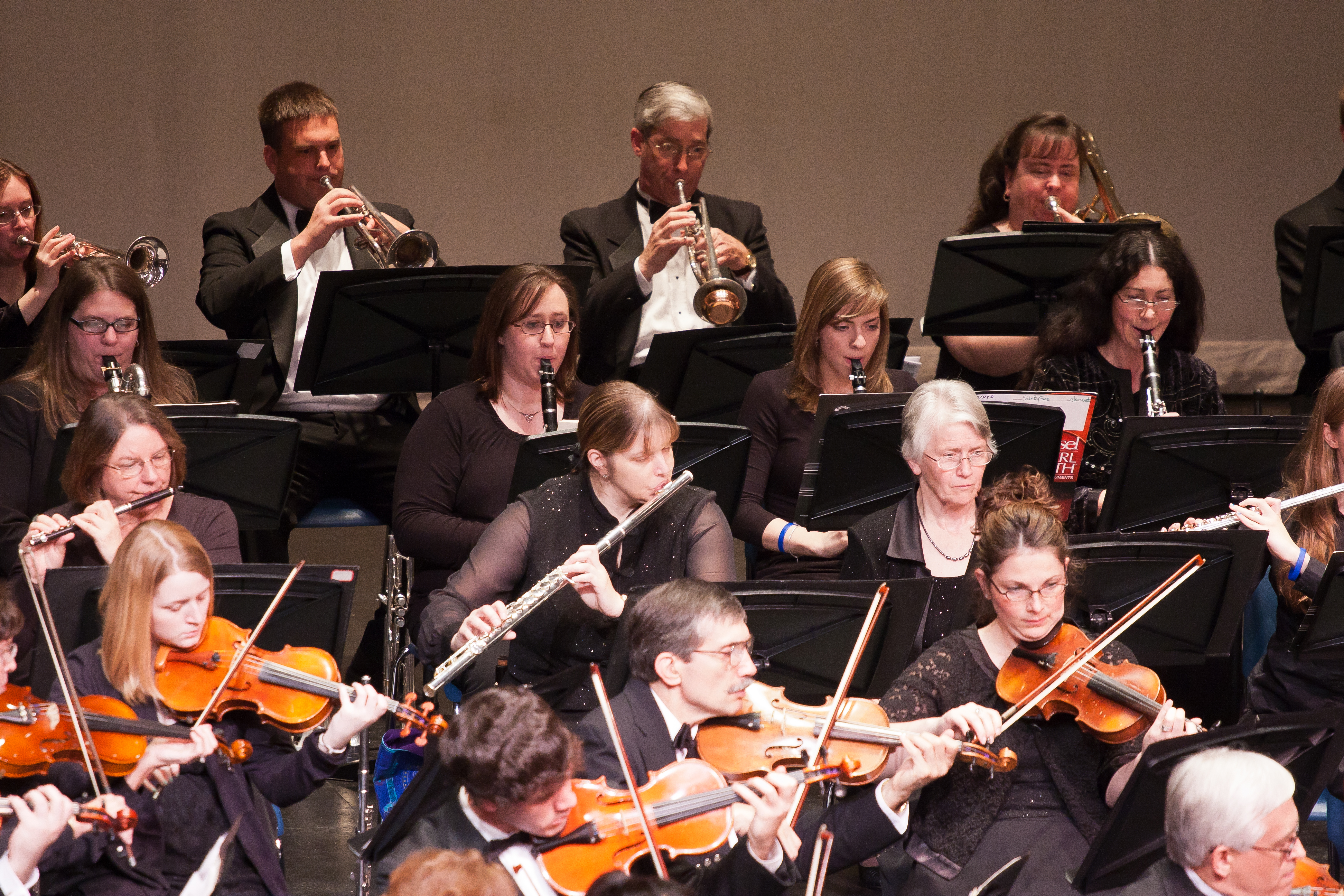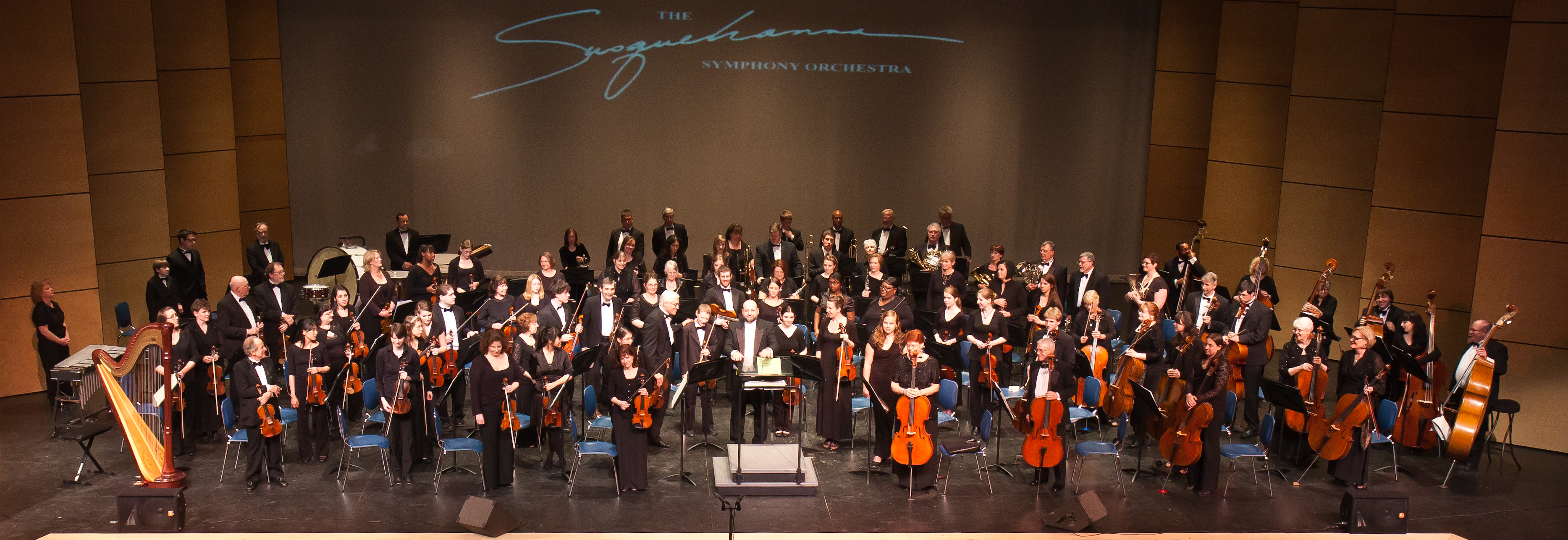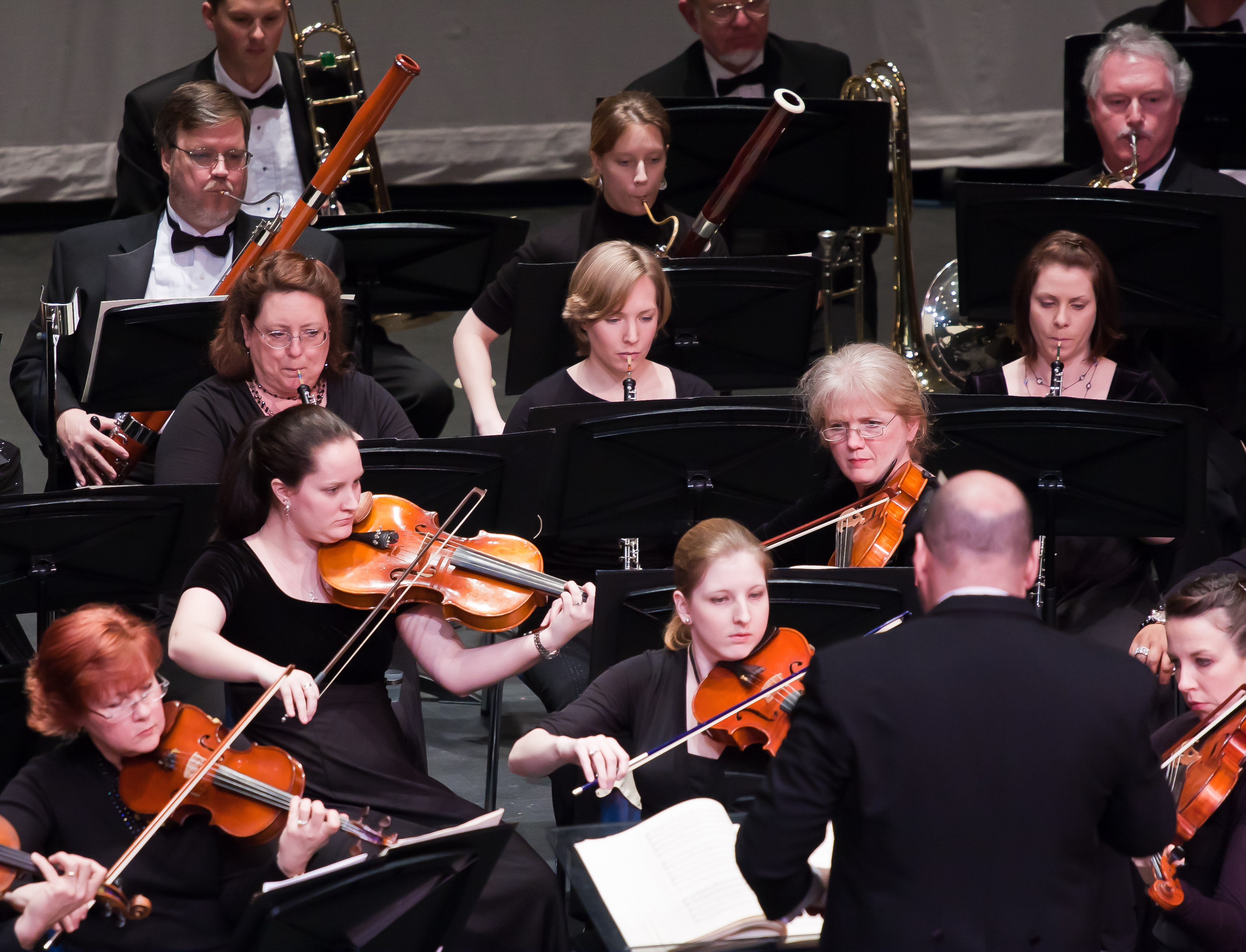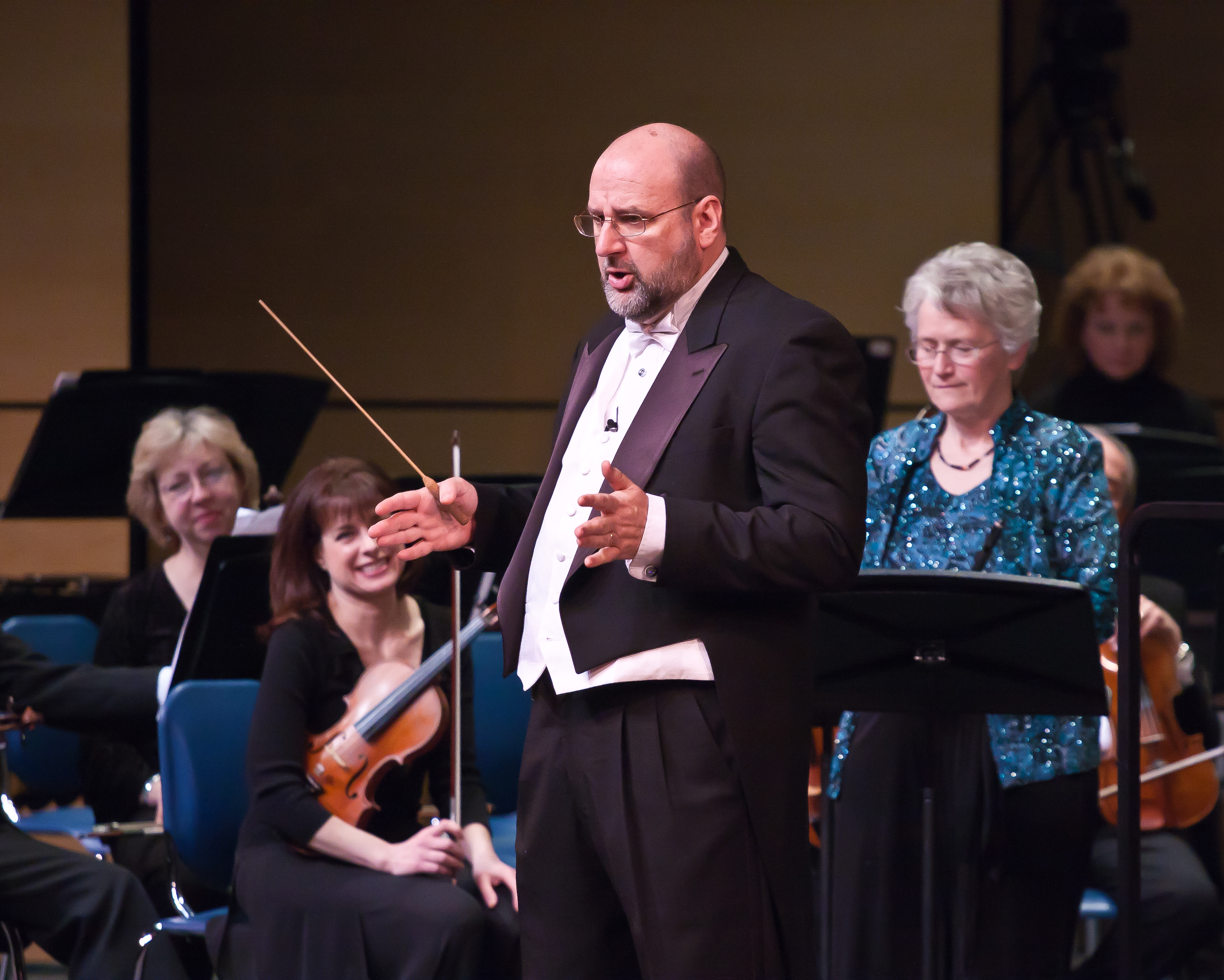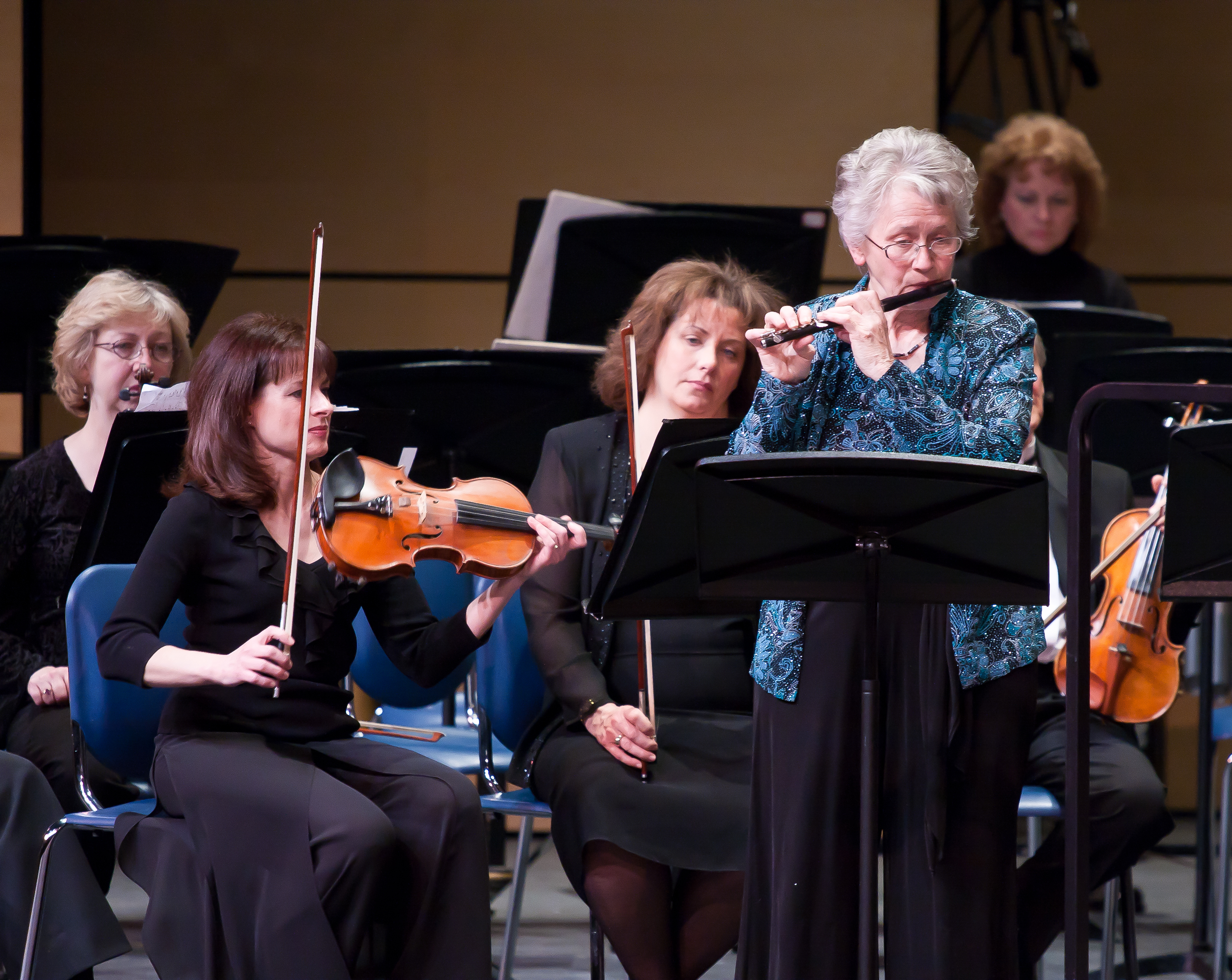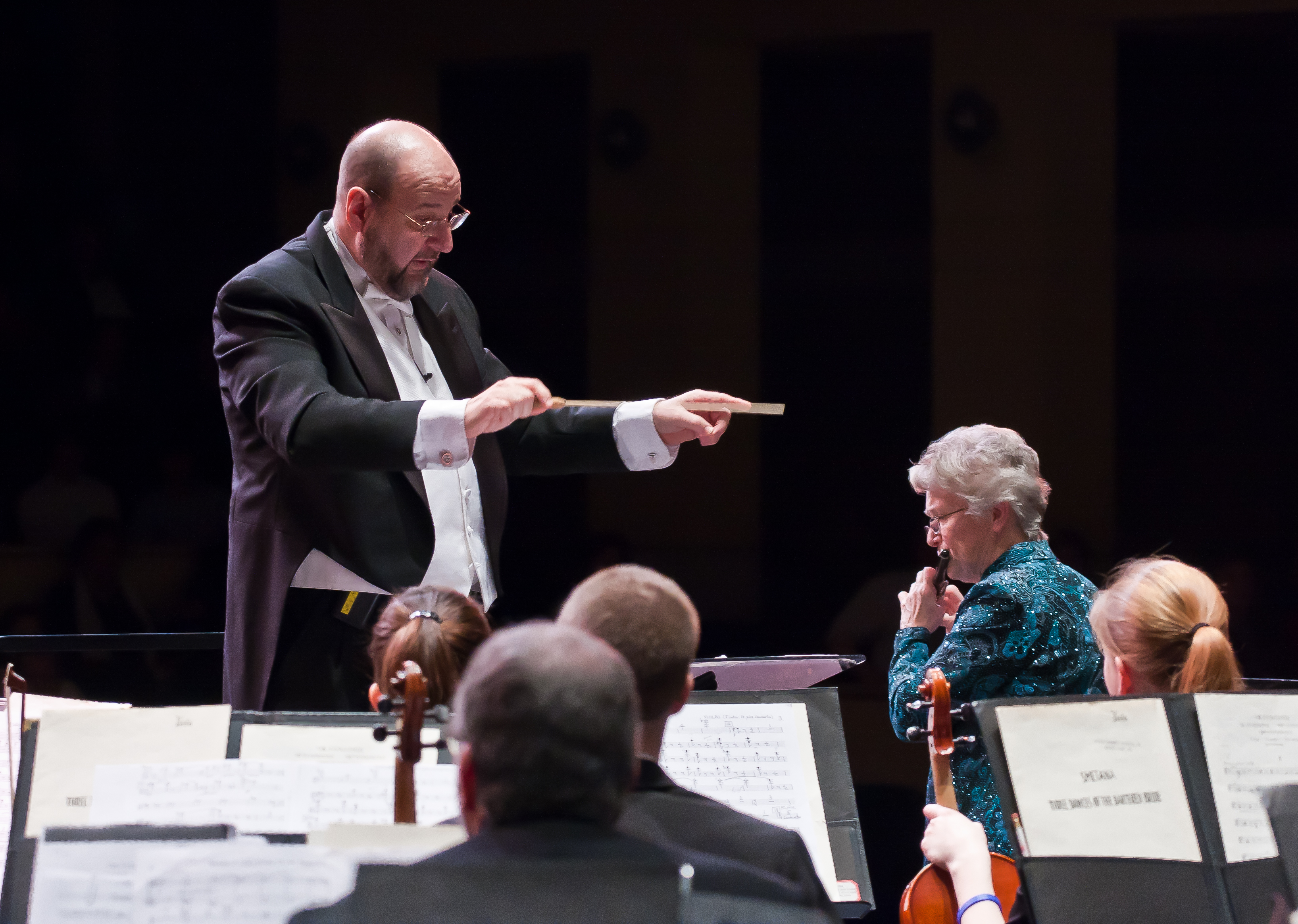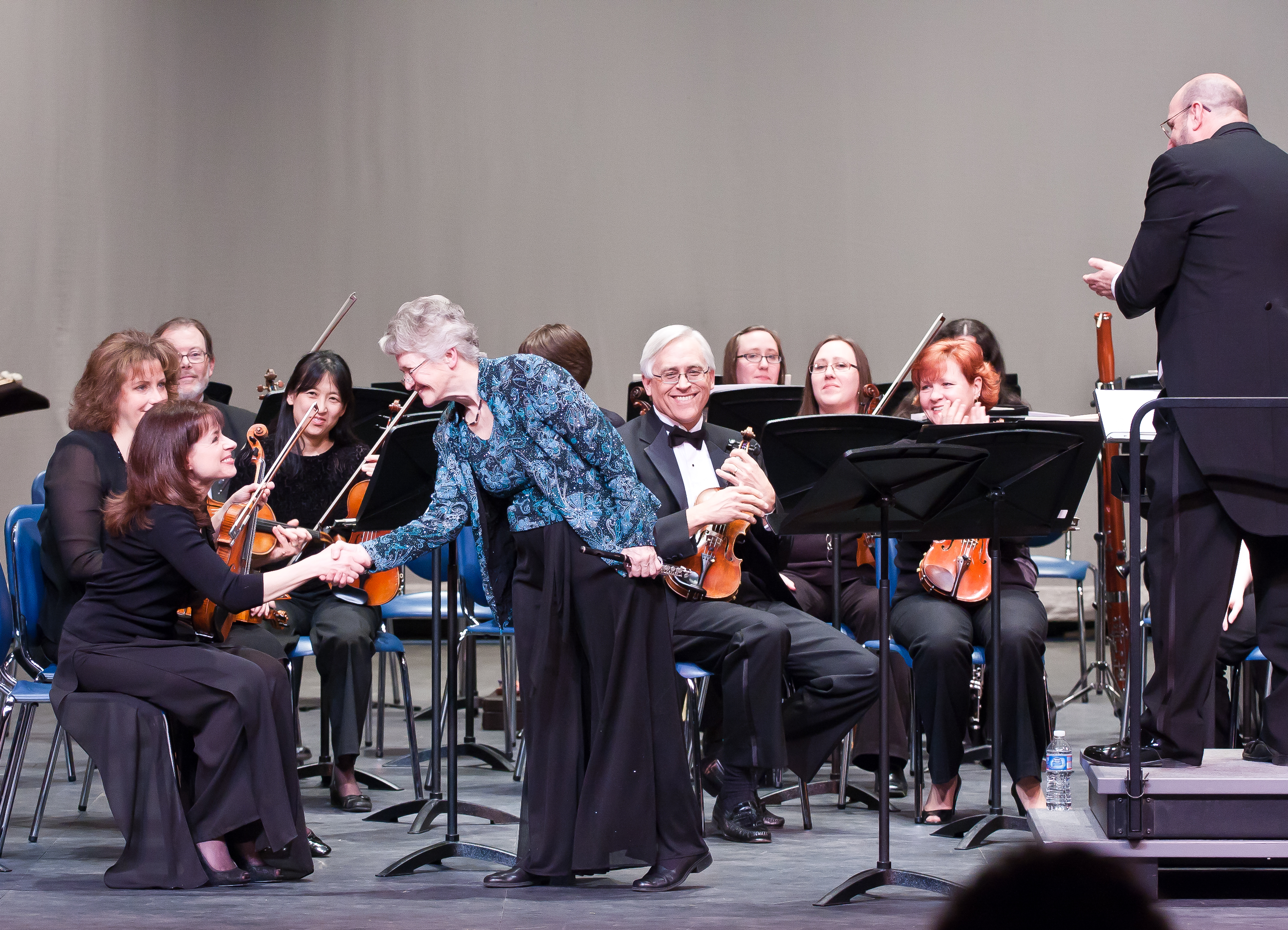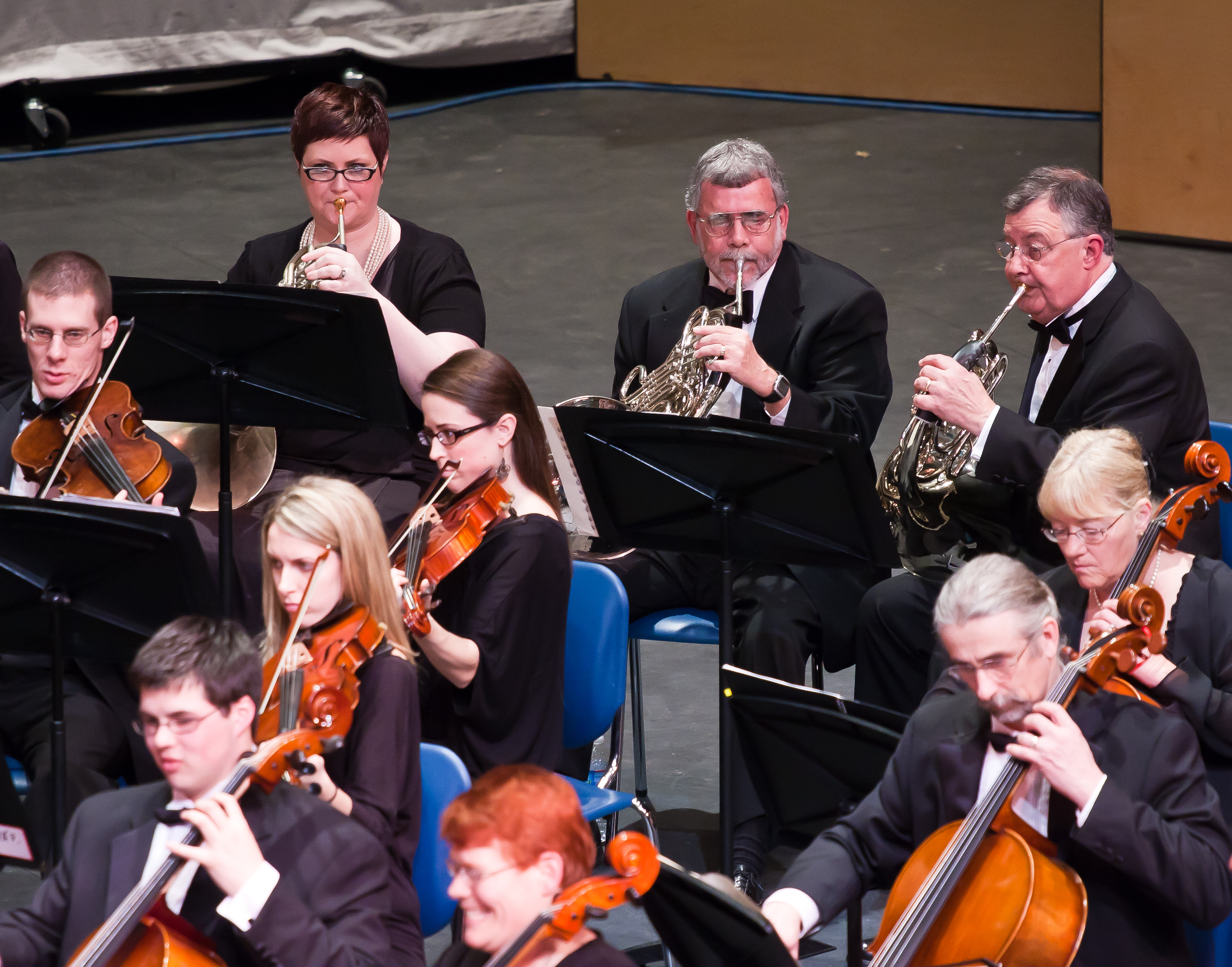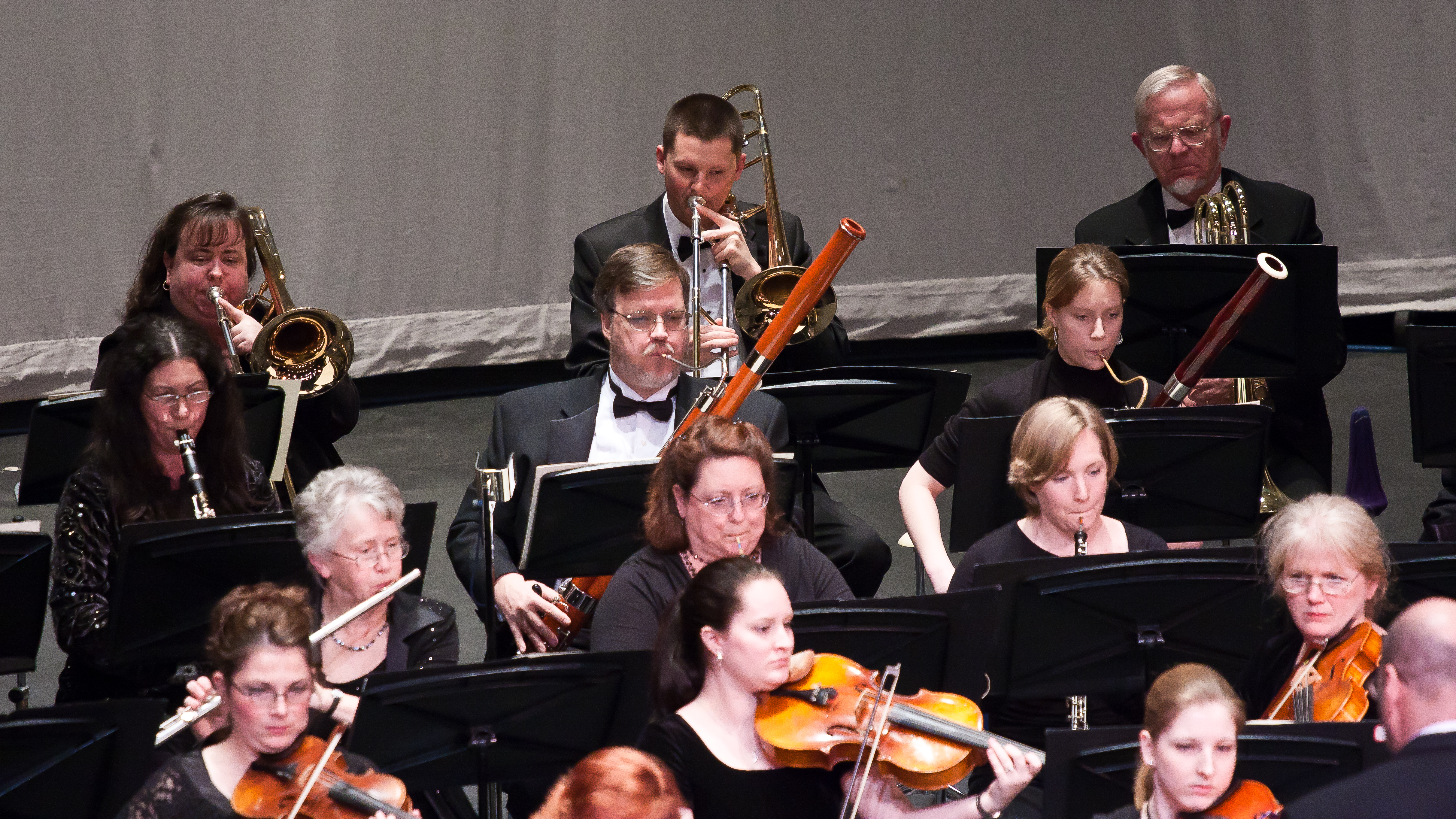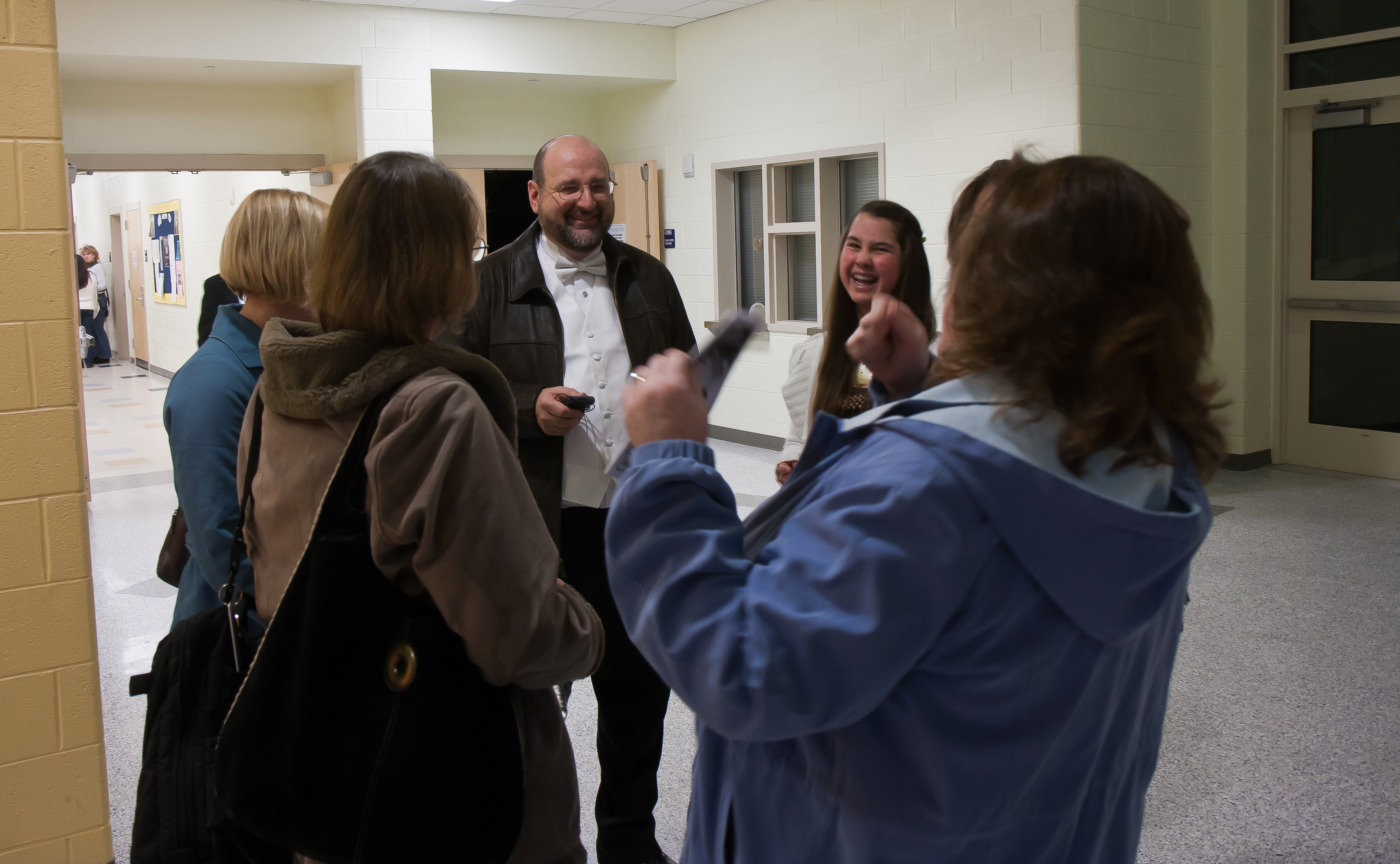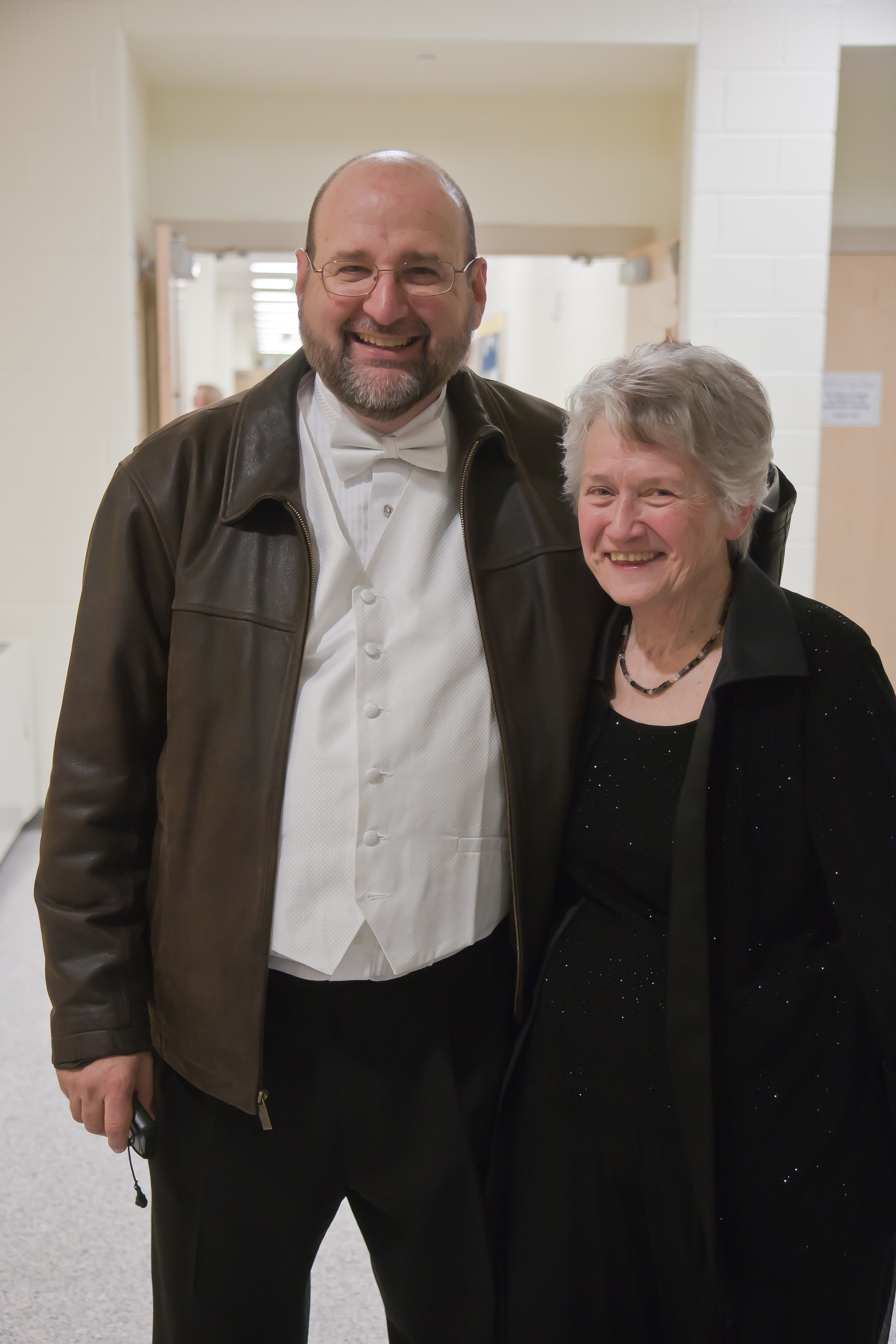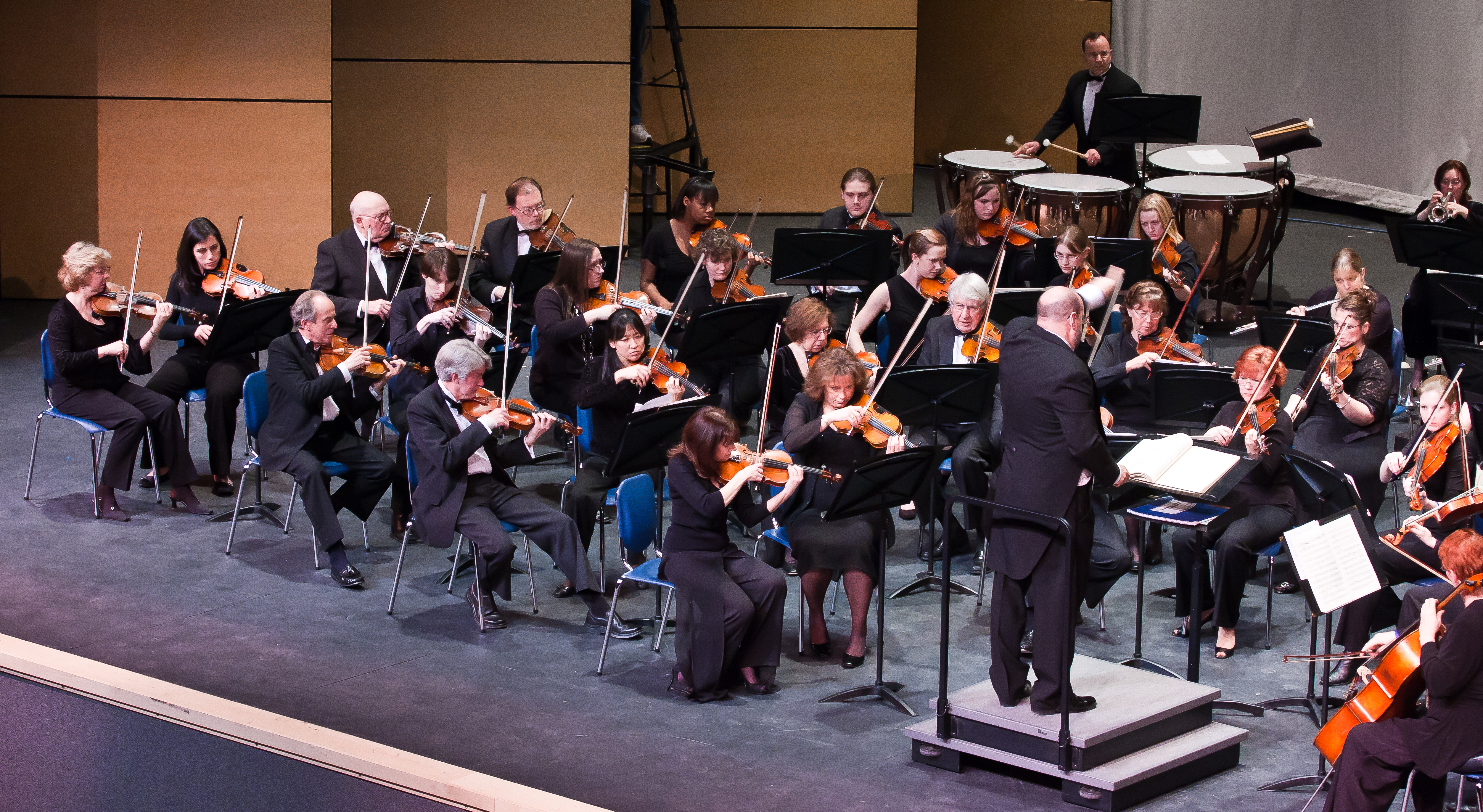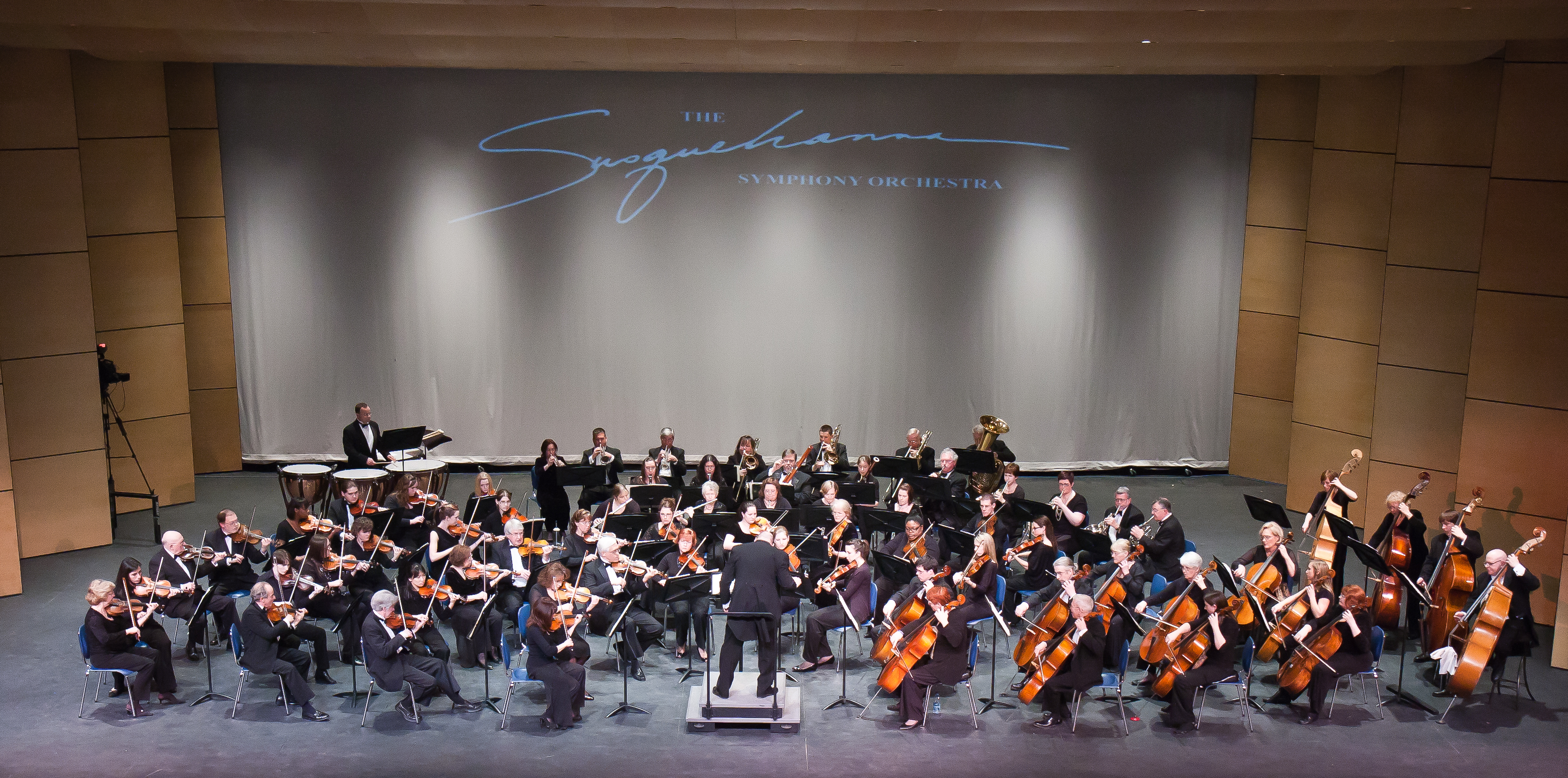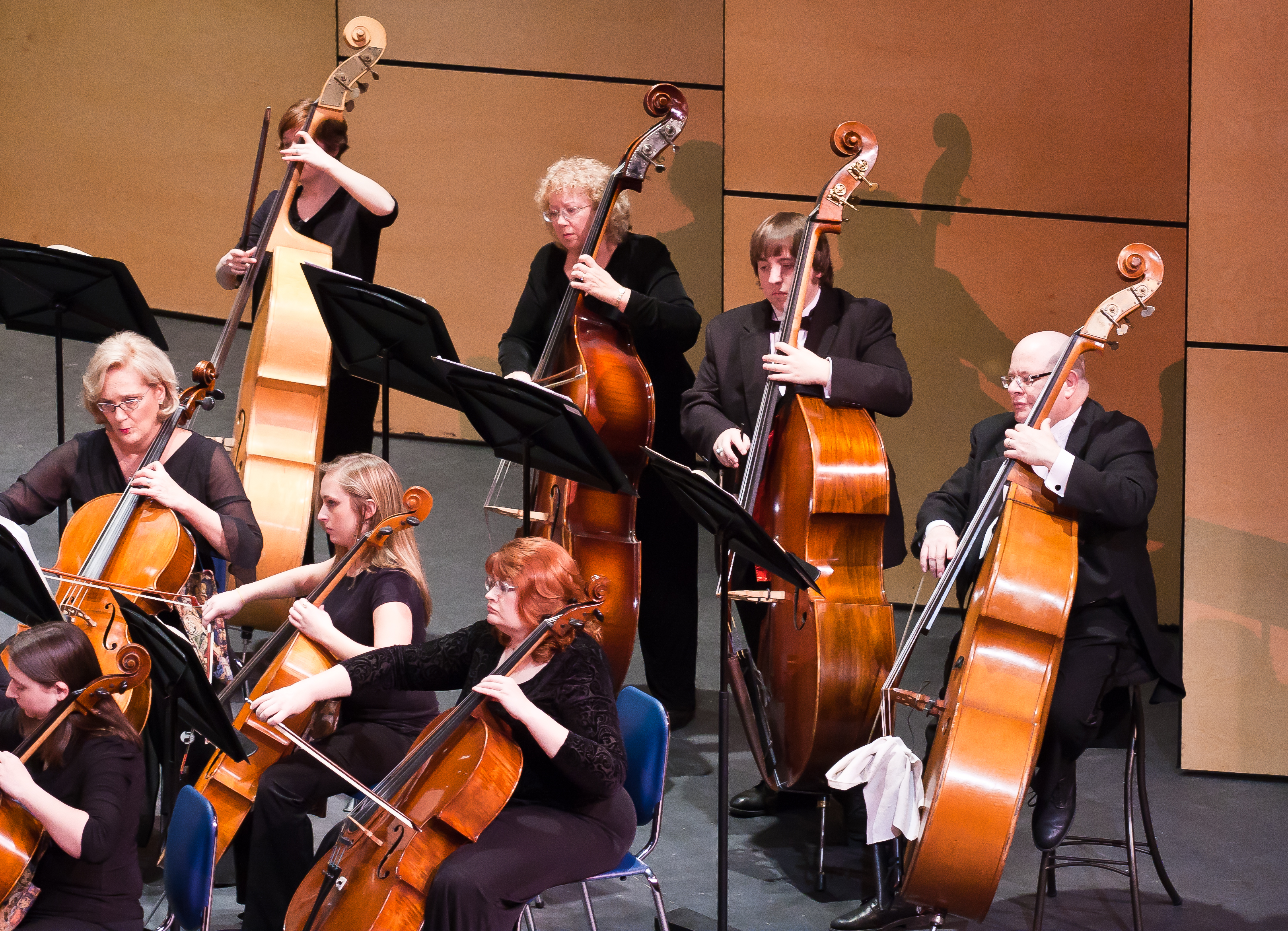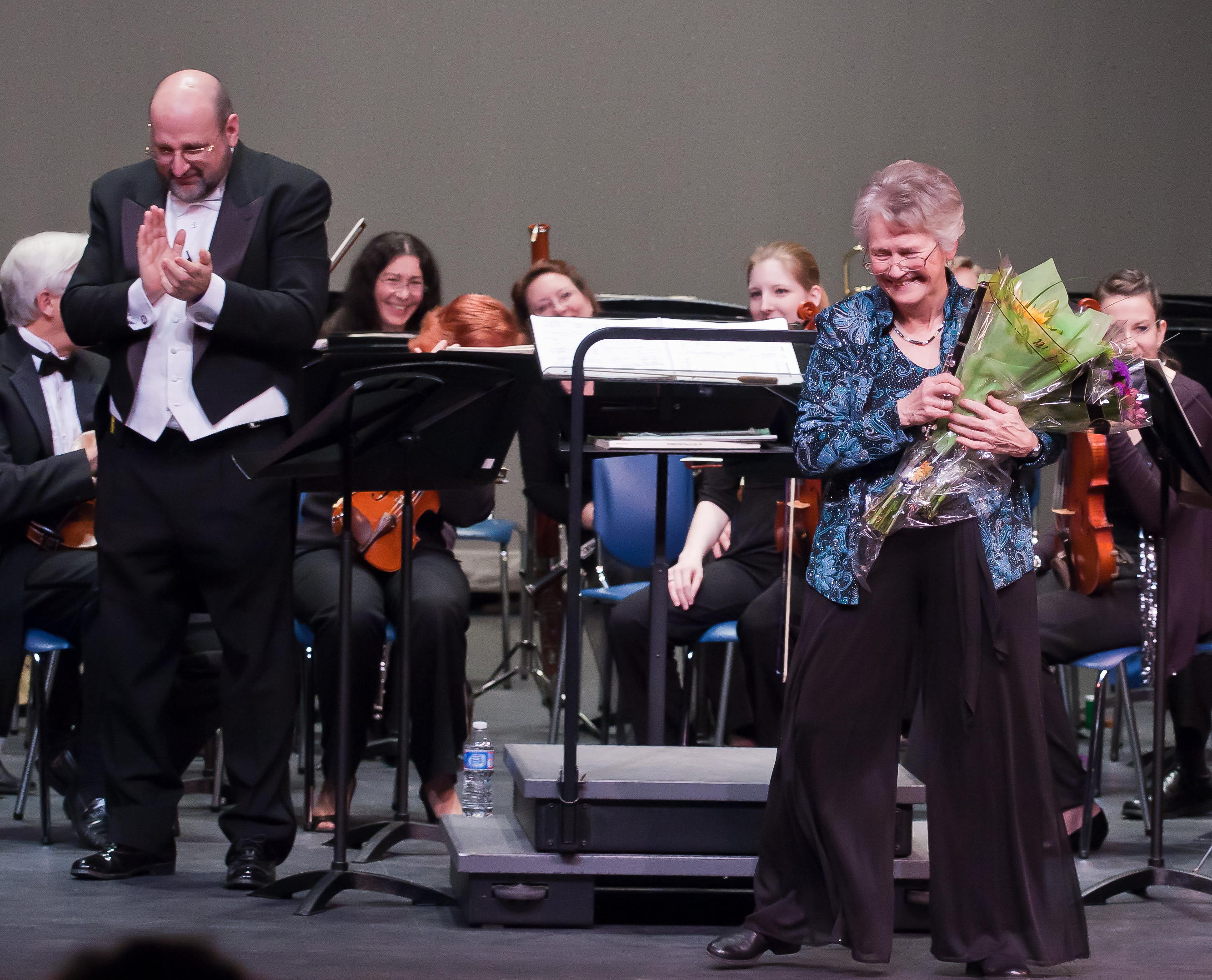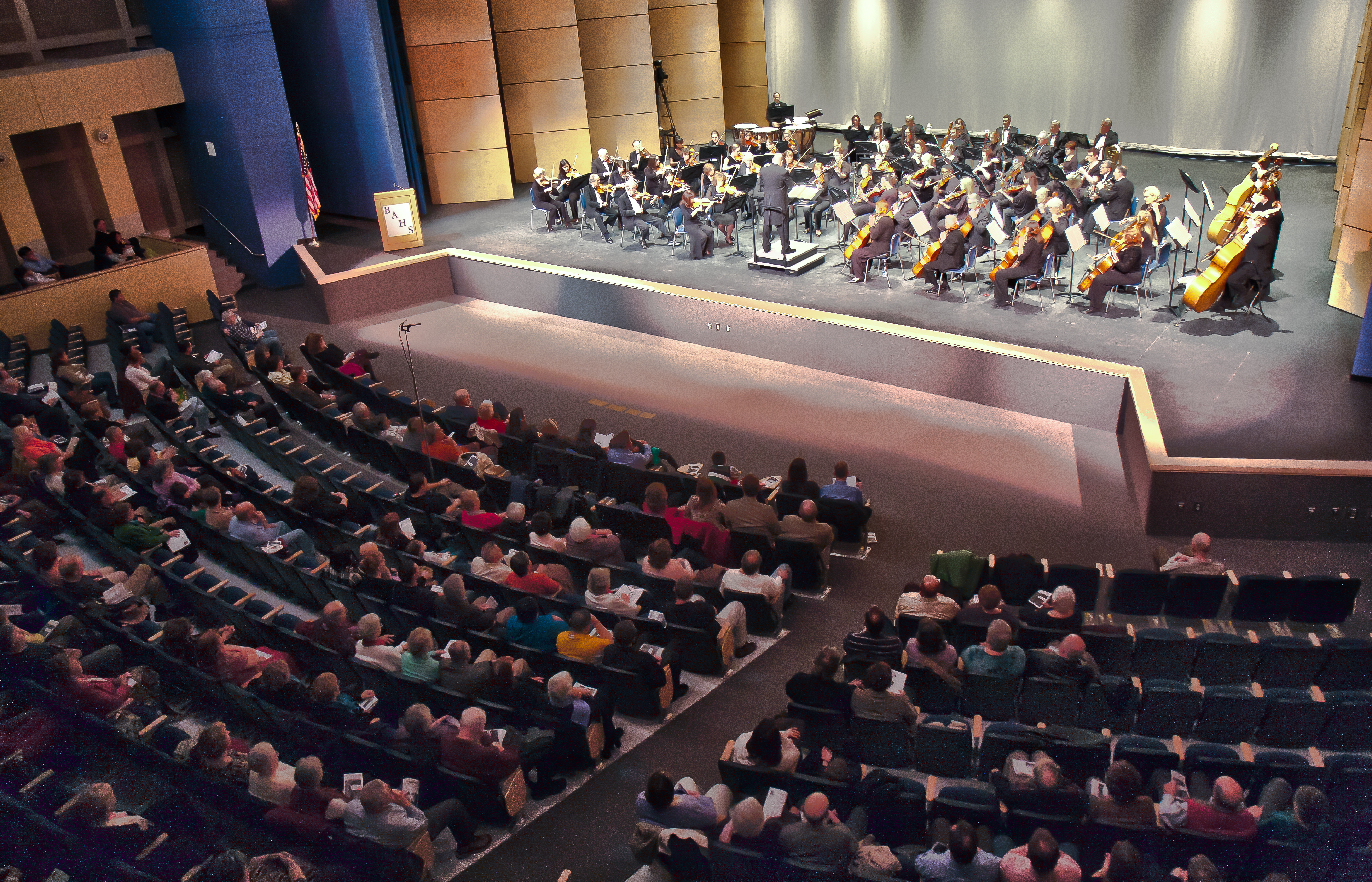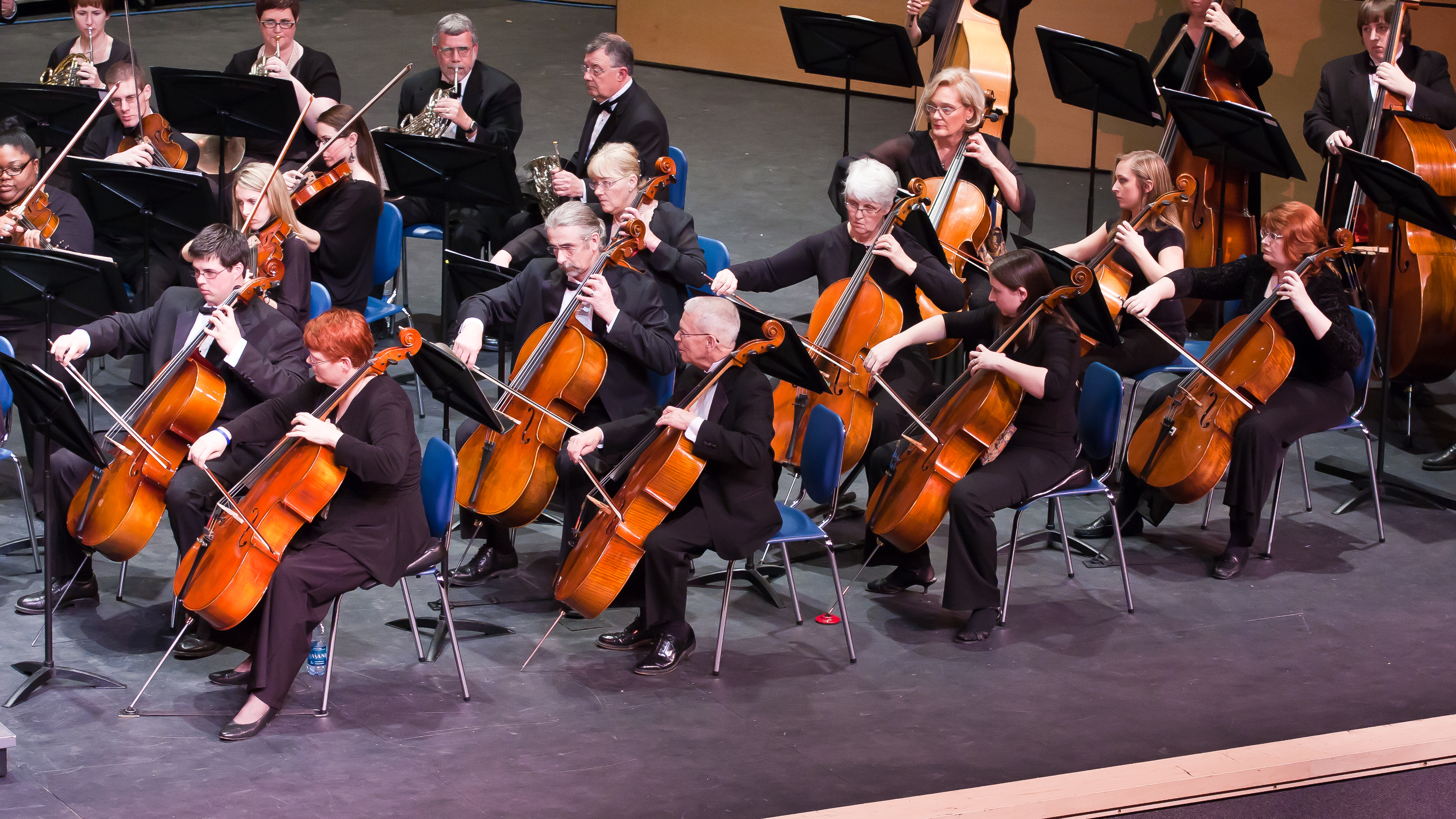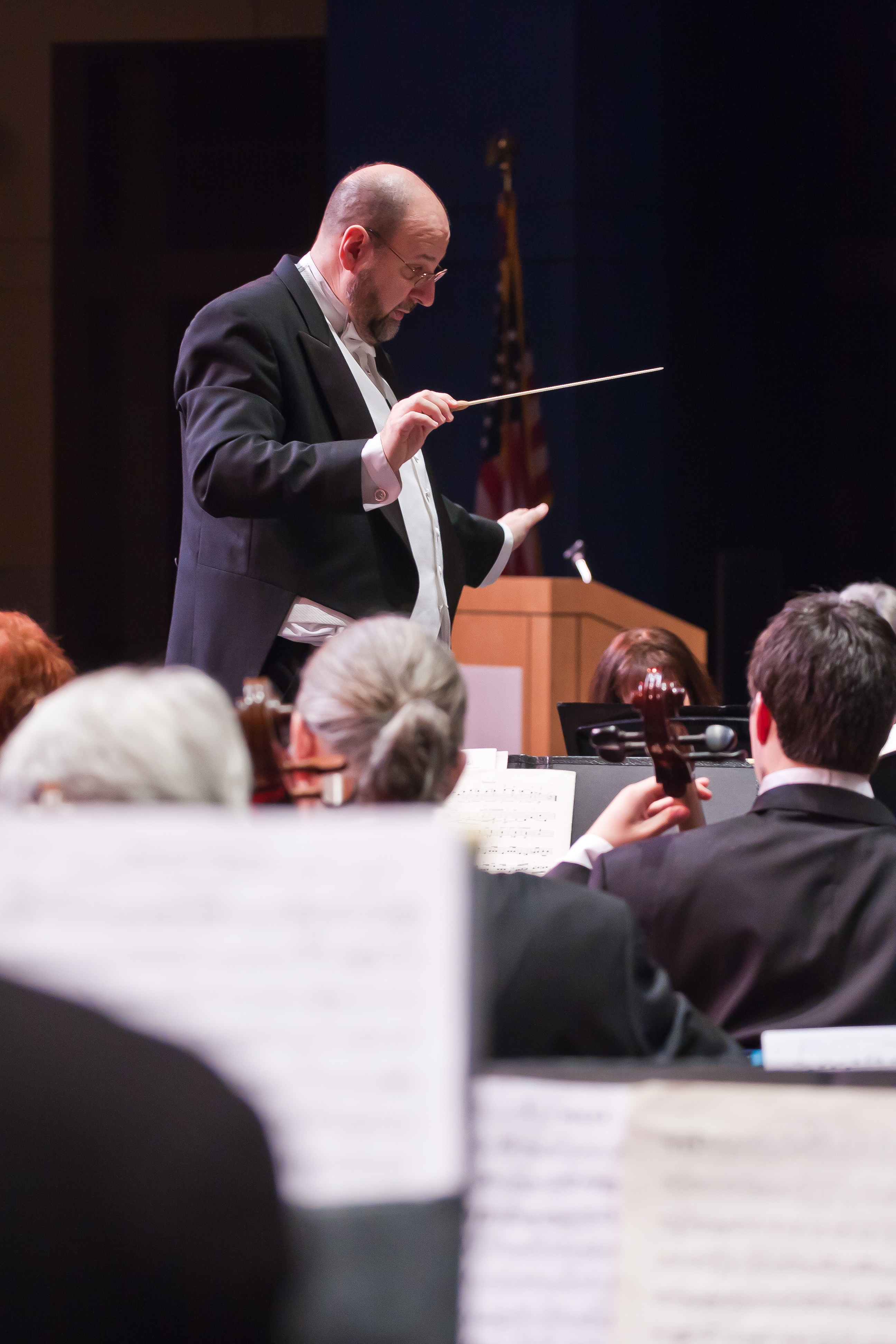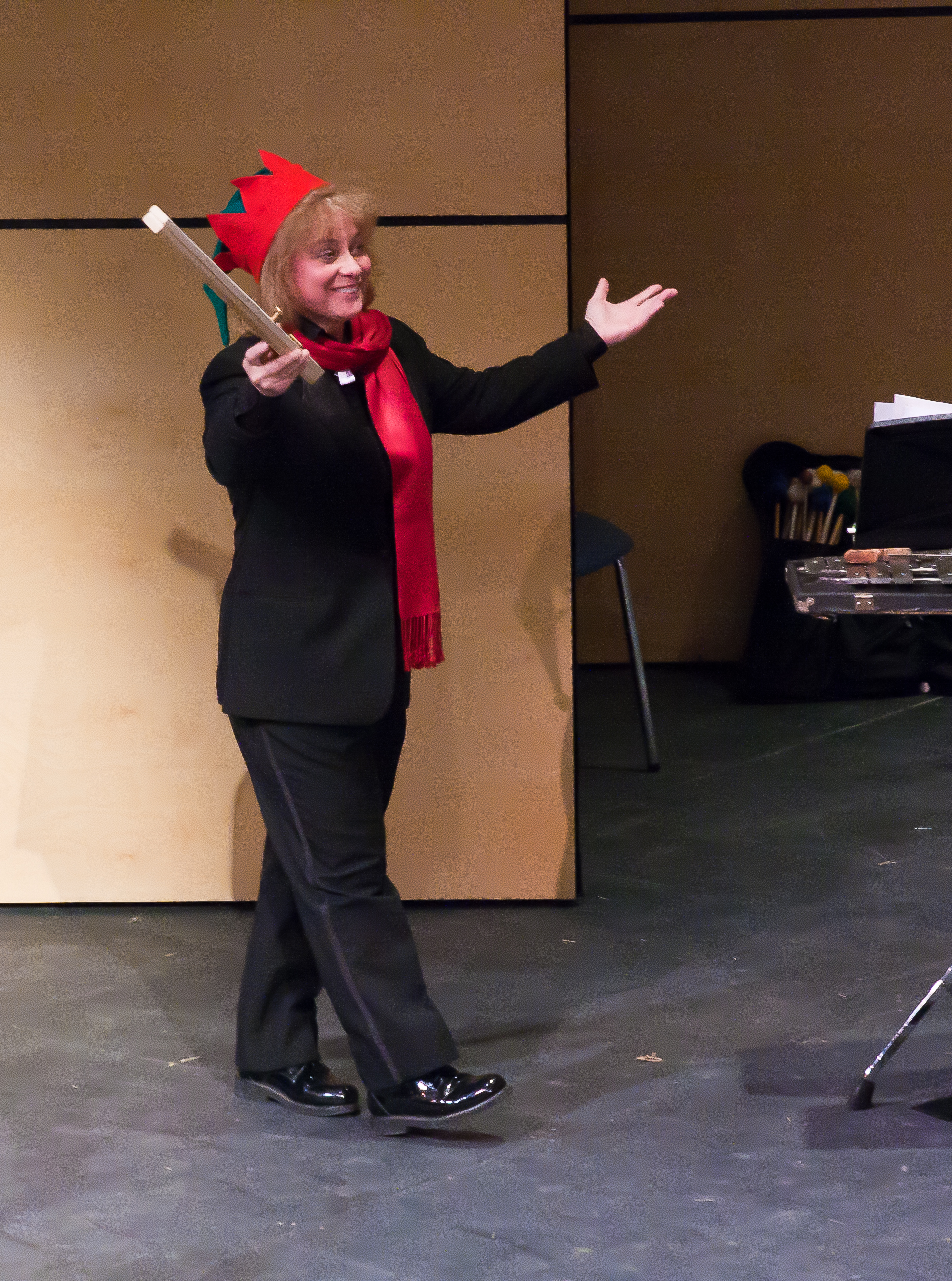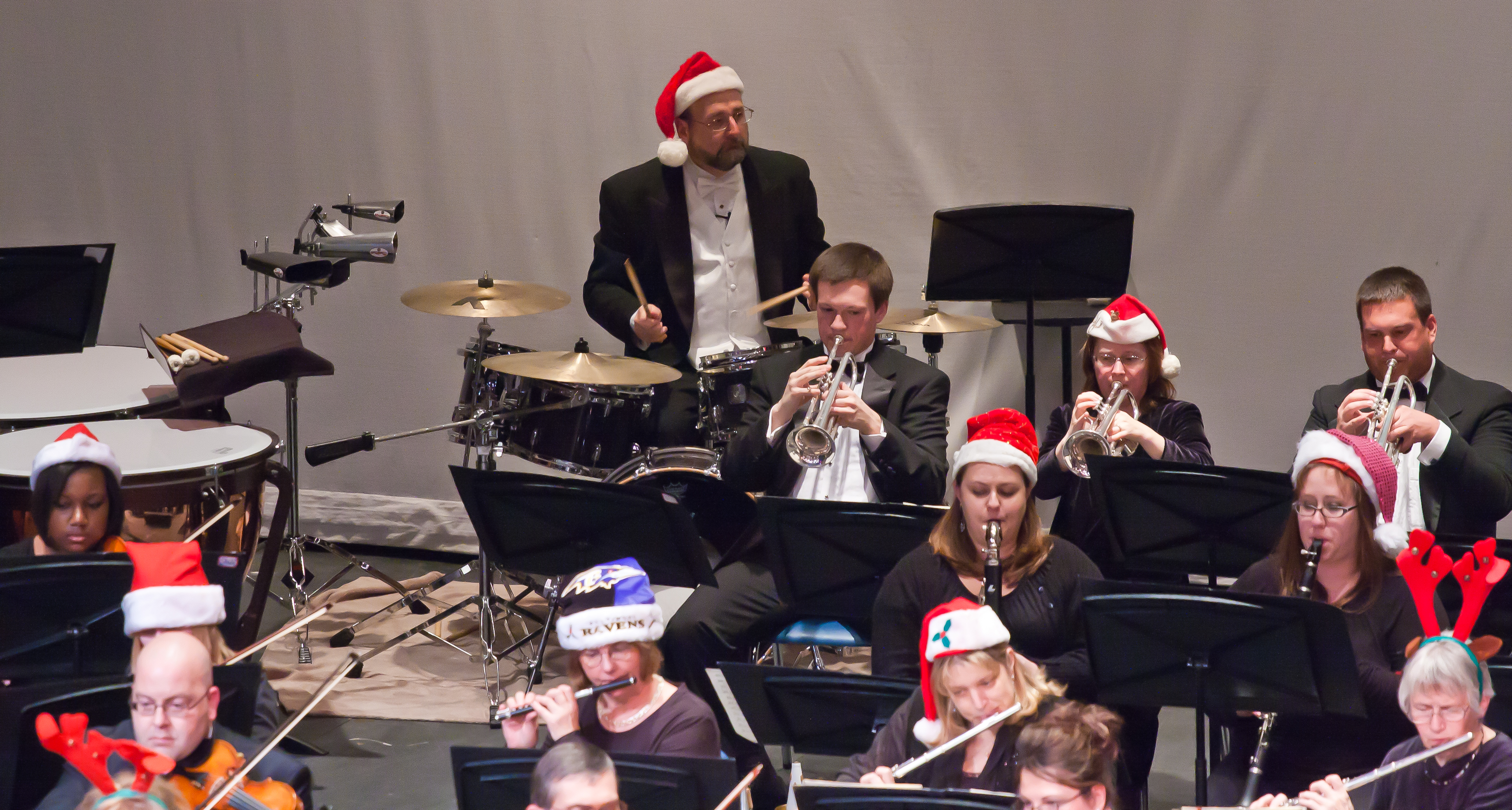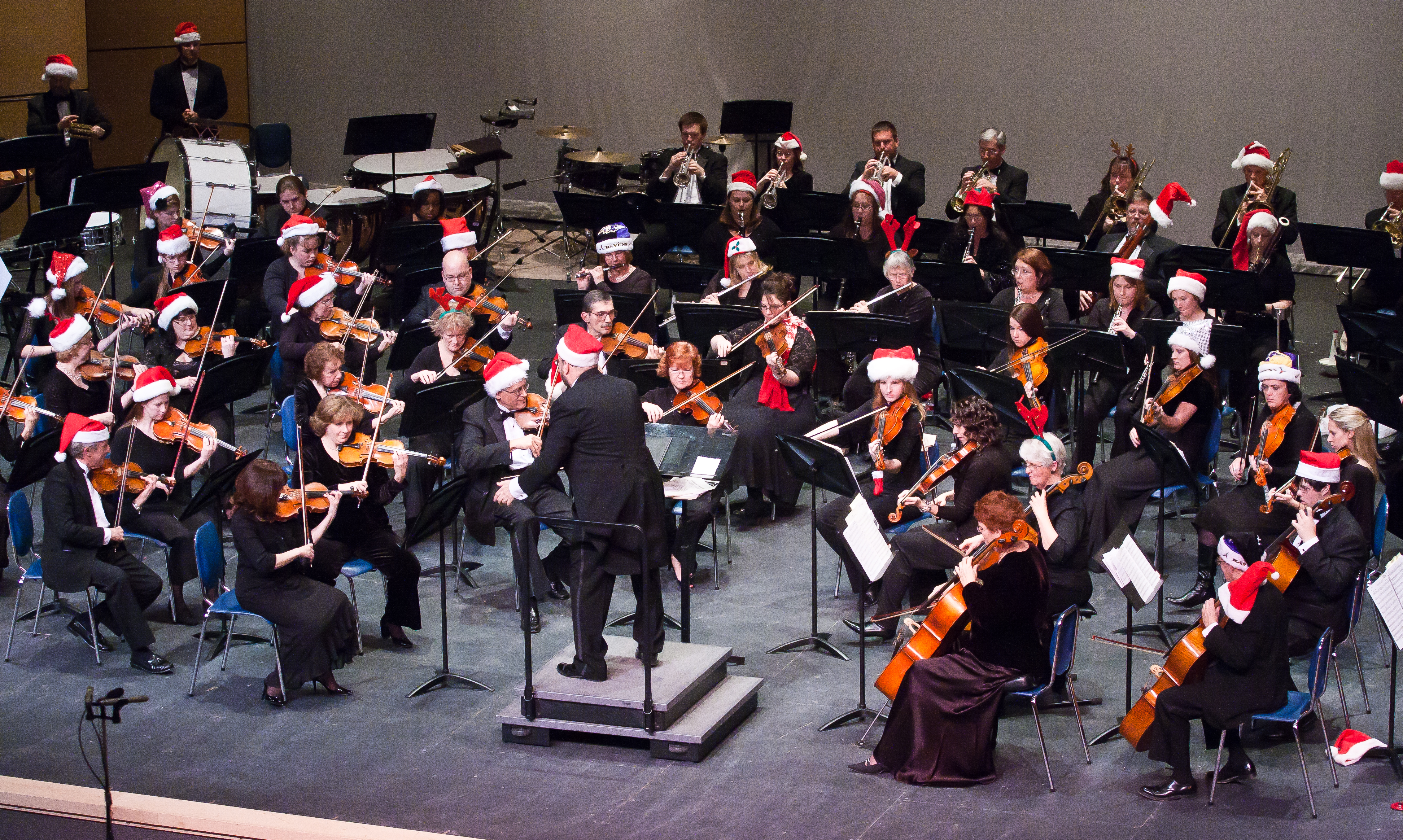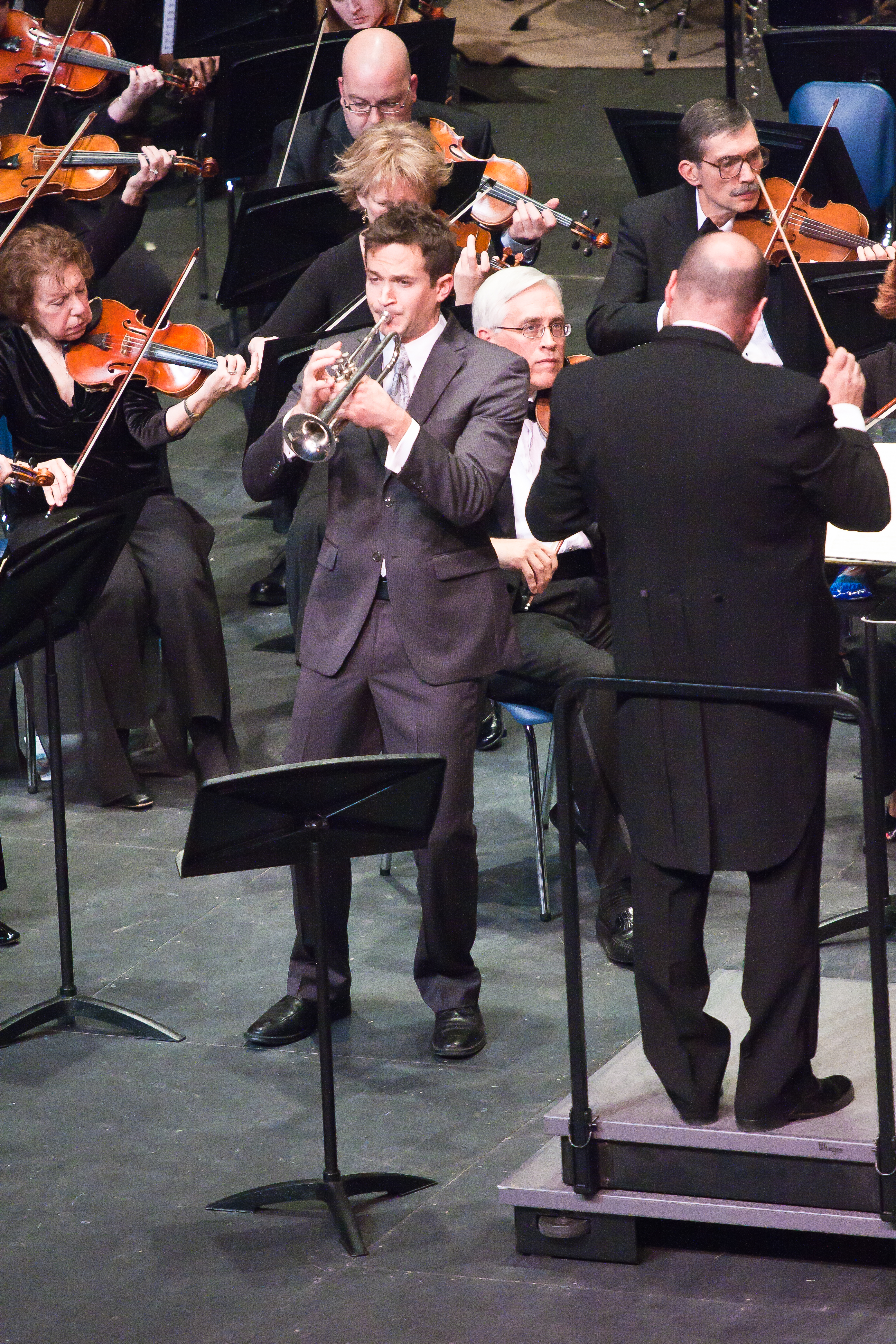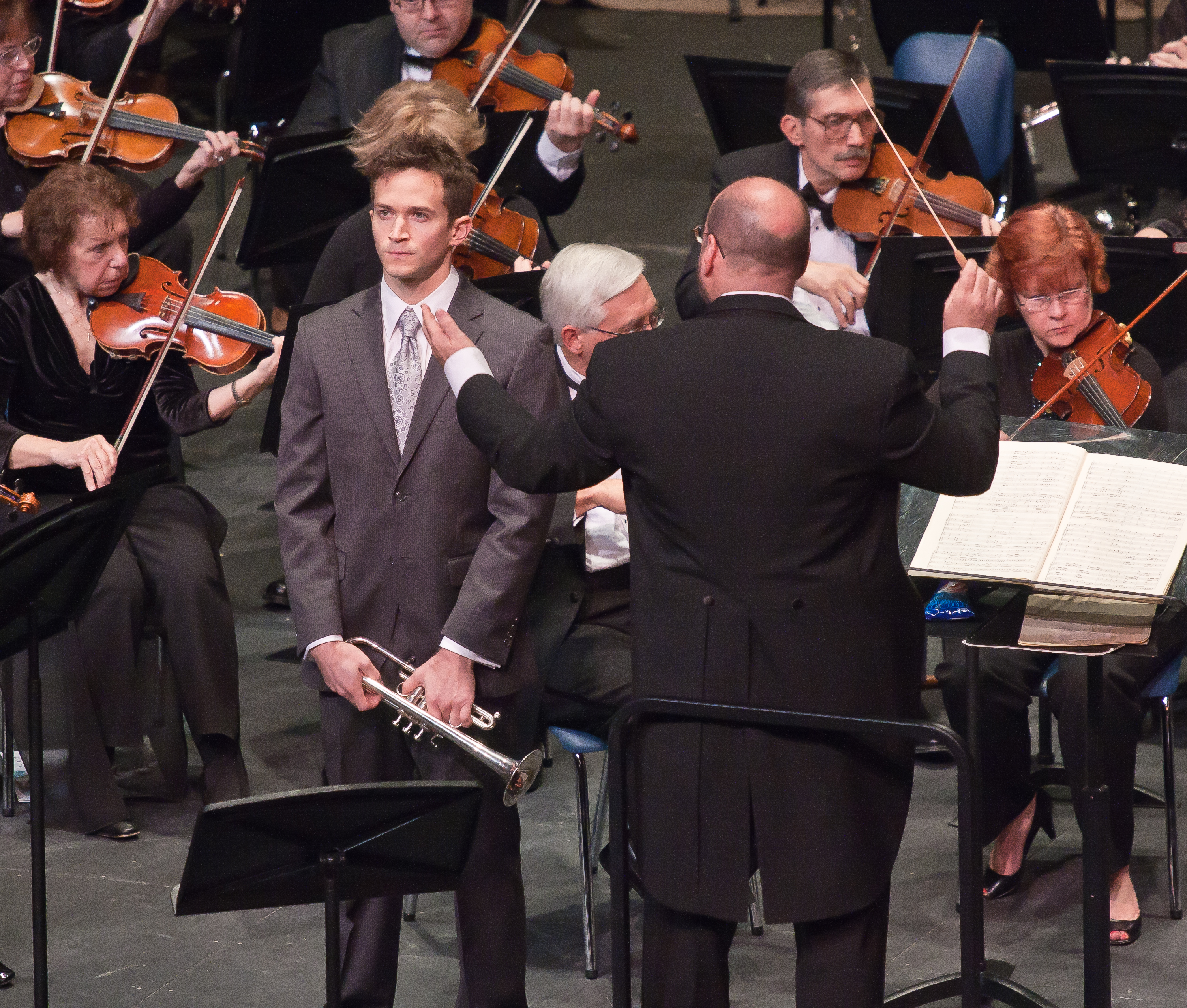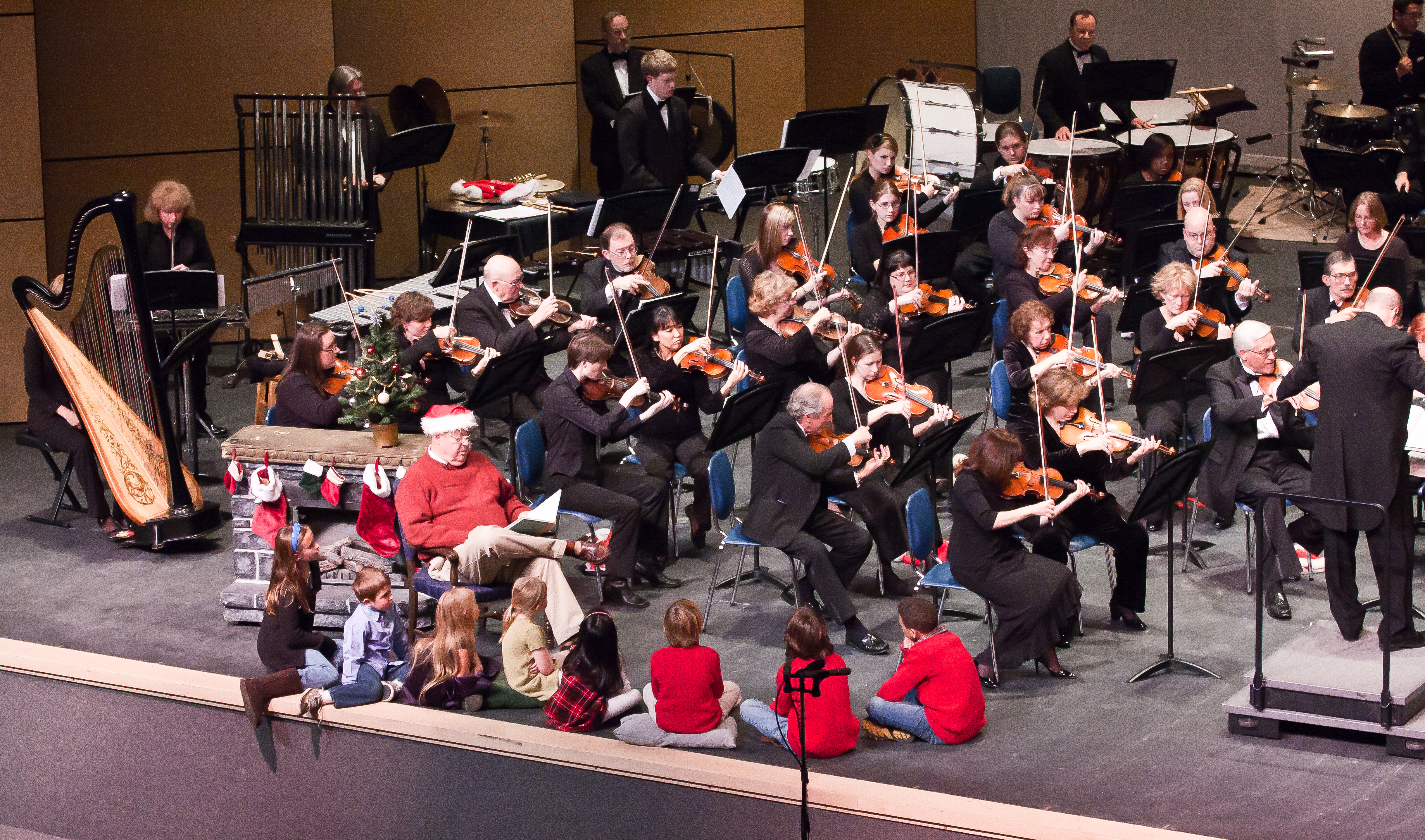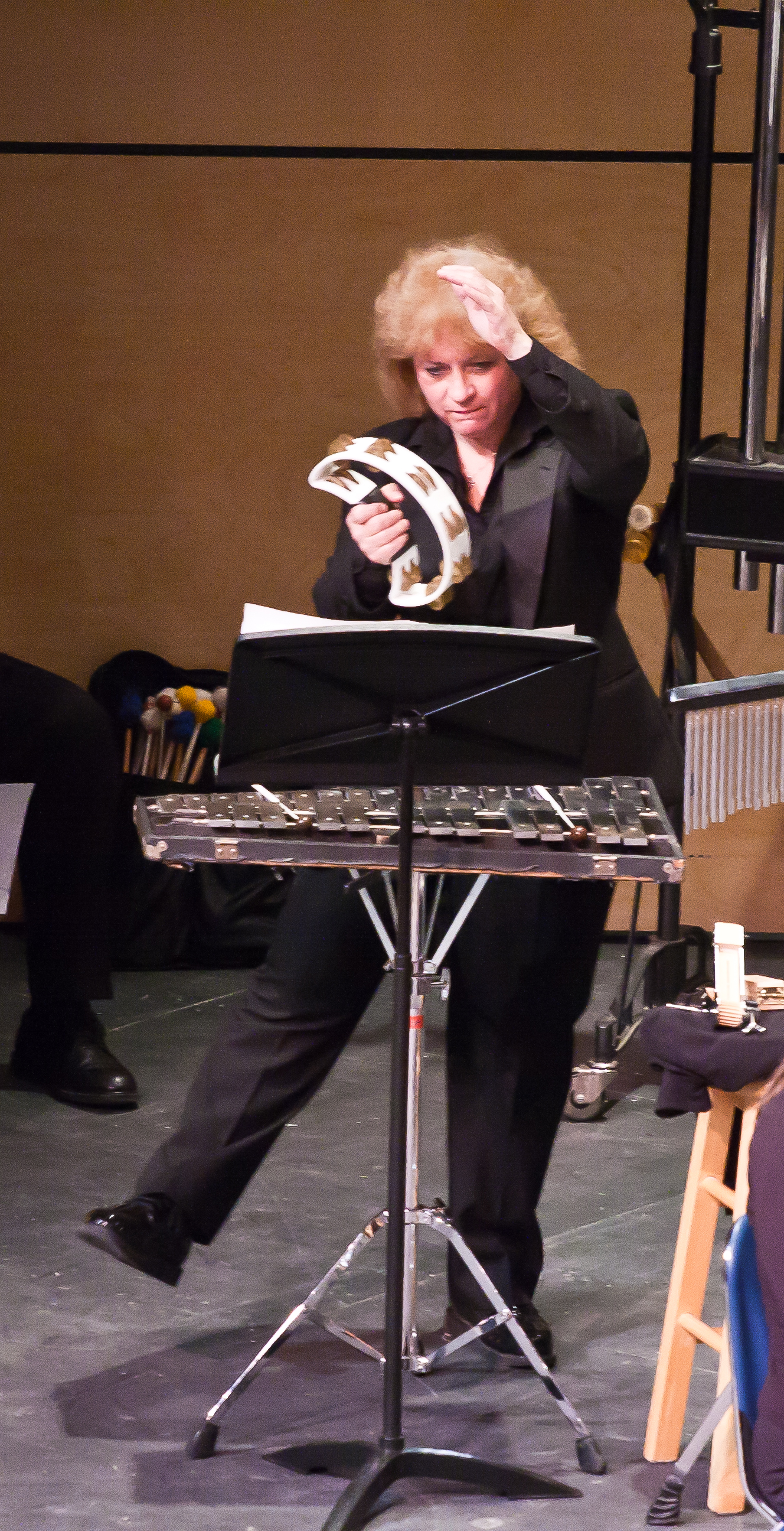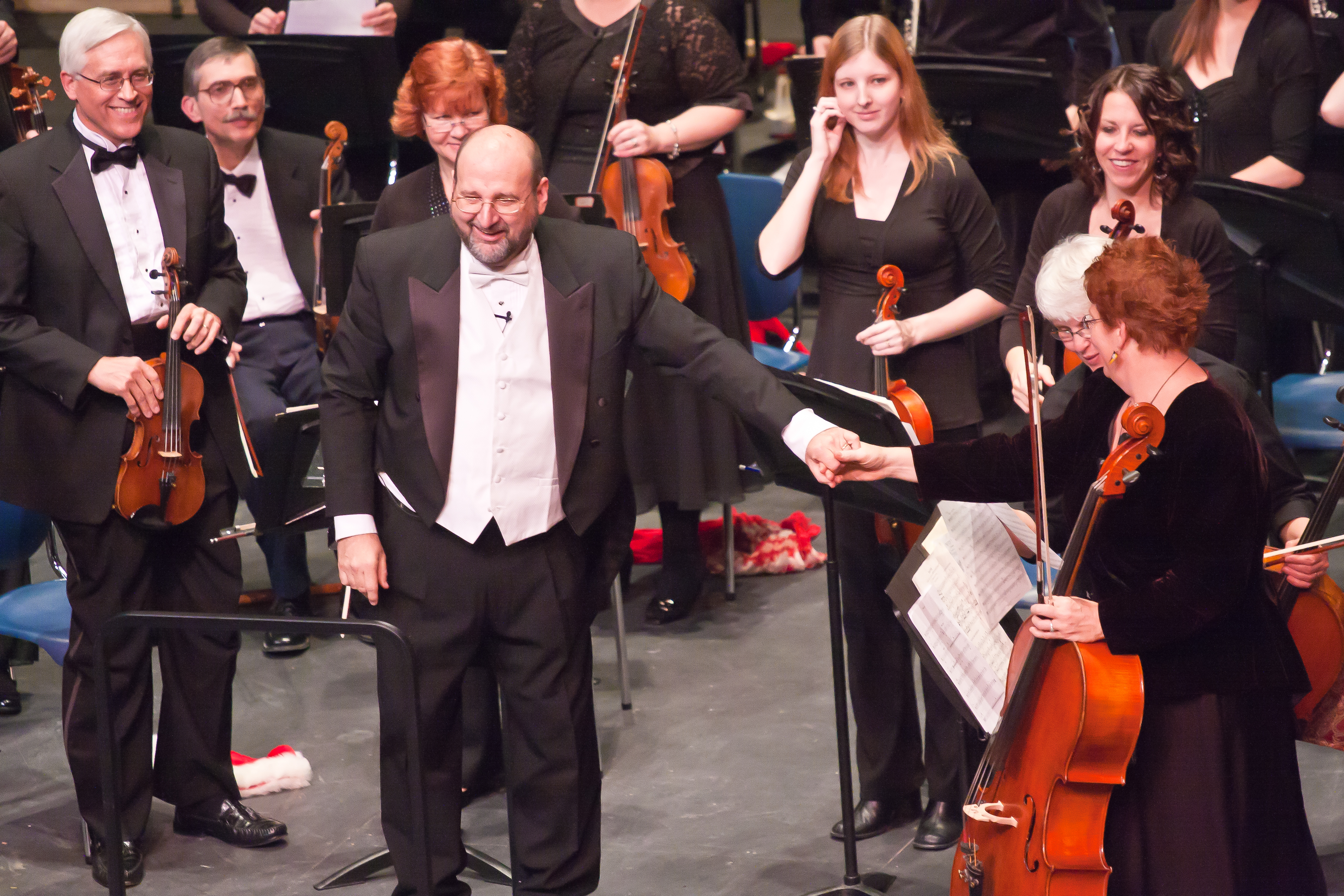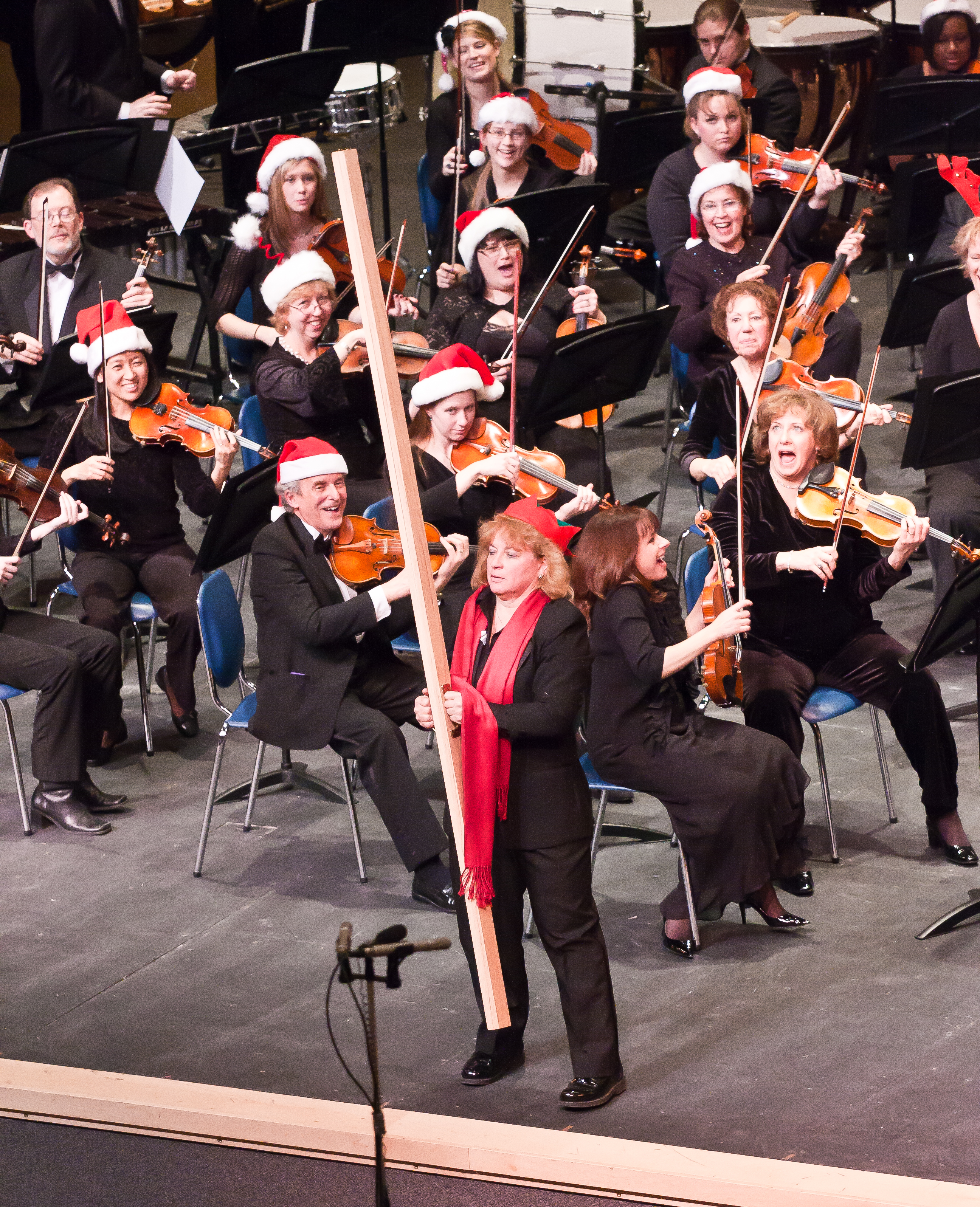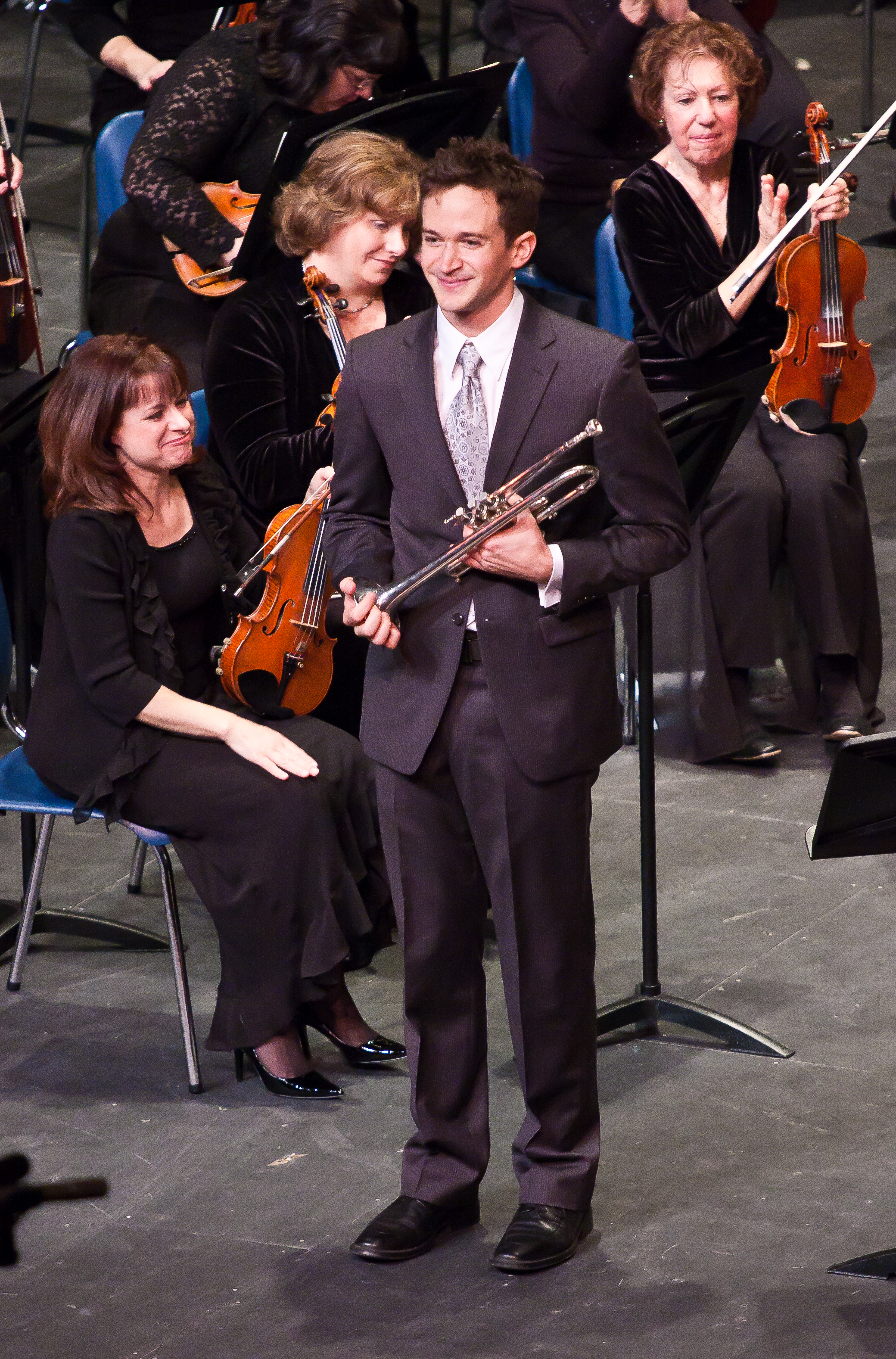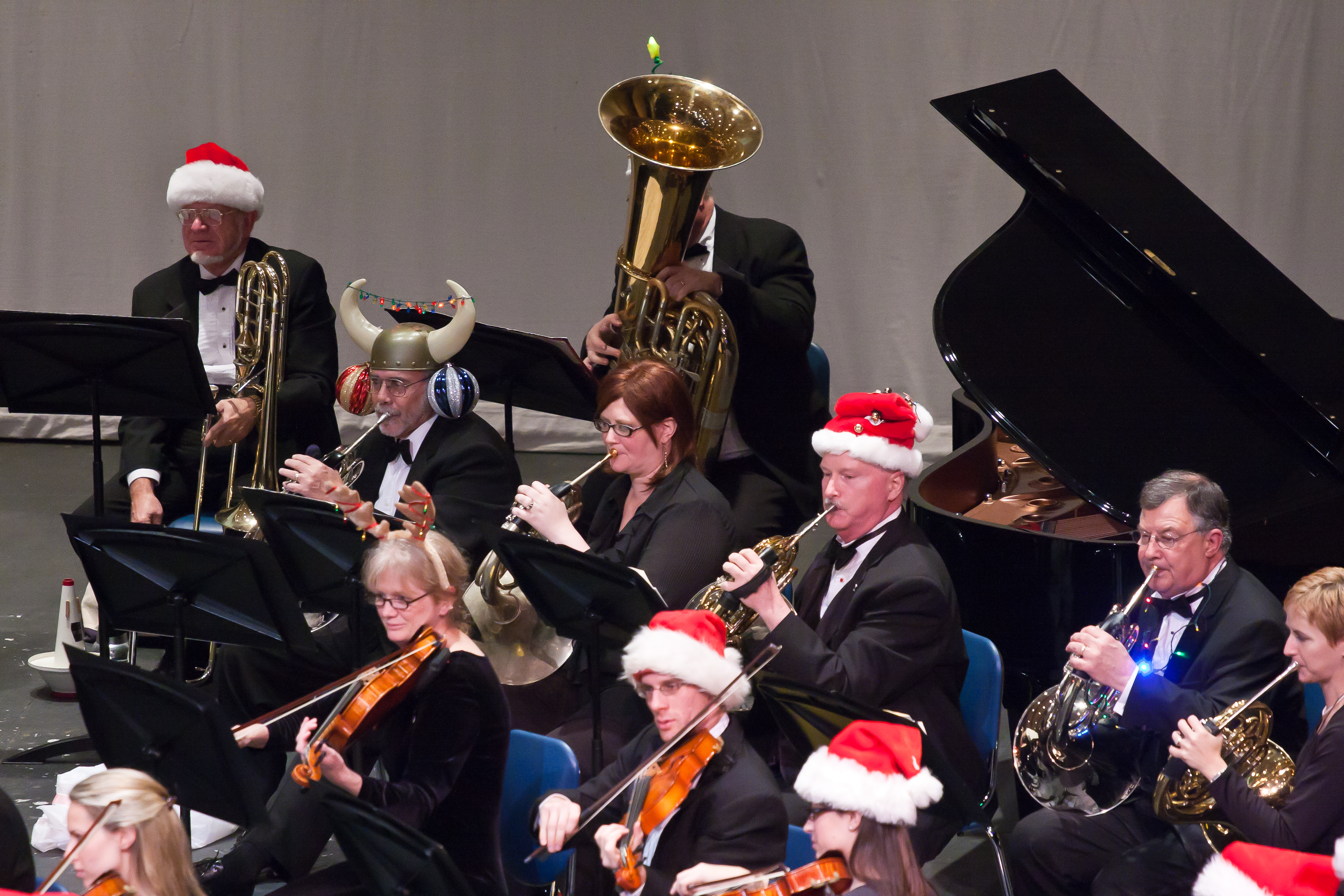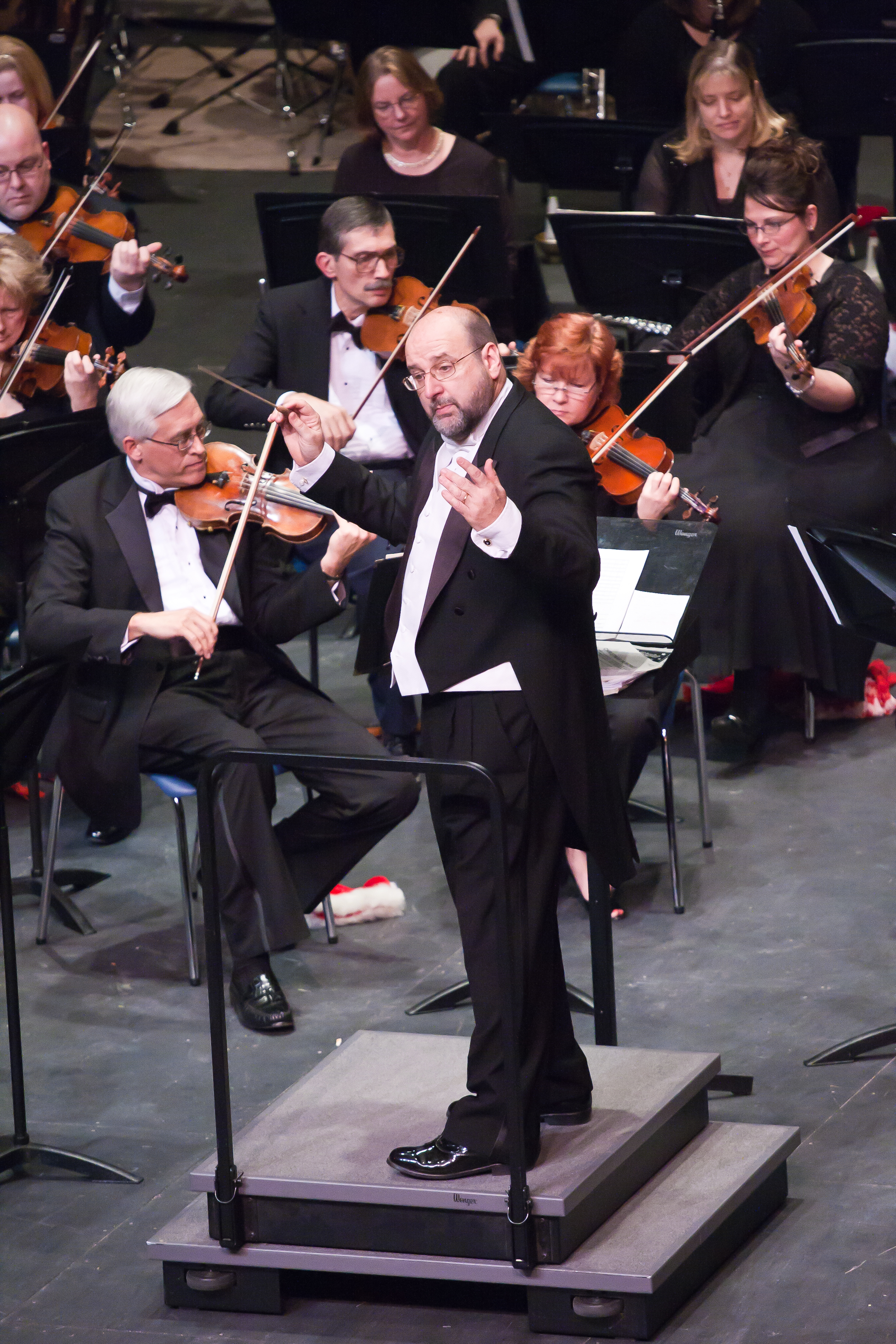(b. 1976) “Sit in reverie and watch the changing color of the waves that break upon the idle seashore of the mind.” —Henry Wadsworth Longfellow The last few years leading up to the writing of this piece I spent battling an internal war with my mind, body, and spirit. This battle left me having to learn a new way to compose. I had to begin by writing in very small chunks of music at a time and doing a lot of pre-compositional planning. My previous compositional style was probably never going to come back and I had to learn to accept that. I still had music that needed to be written and I had to find a new way to write it. Qui Vivra Verra is the first piece of concert music I have written since my battle that was over four minutes. The short pieces I had written prior to Qui Vivra Verra after I fell ill where short études that allowed me to stretch longer and longer breadths of focused compositional time. The change in my compositional habits was an assault on my ego for quite some time. I was reading poetry and fell across the above Longfellow quote. It spoke to me in a meaningful way. I realized that I was the same person with the same abilities as I had before I was ill. What I needed to learn and understand is that my learning a new way of getting my thoughts out through music was a positive. I now embraced my new style and was able to focus on composing itself and not how I was composing. The title Qui Vivra Verra is French for “What will be, will be.” The title and the Longfellow quote really freed my mind to open up and not be afraid to embark on a longer concert piece without the baggage I had imposed on myself. I wanted the form of the piece to feel free as well. In order to do this I employed the use of a recurring harmonic element. This recognizable musical fragment pops up throughout the composition in various transpositions and rhythmic variations. This fragment was taken from a chorale that I had written before I had fallen ill and it is reminiscent of my life before. The timeline of the piece became a chronology of my personal musical style pre-illness to the present. The fragment appears more frequently as time unfolds in the piece until a new version of the chorale, that the musical fragment is from, is heard at the end of the composition. This piece is a cathartic reflection of the sorrow and anger that I felt through my illness. I became insecure as a teacher, composer, and performer as my illness progressed. At some point through my battle I realized that finding a new way to work, teach, and perform was a positive thing. I learned to manage my compositional workflow in a new and exciting way, my work became a patchwork of musical fragments that were delicately sewn together creating a refreshing new musical style. All of the negativity I felt about being sick and the interruption to my creative life became an opportunity to create in anew and exciting way. Qui Vivra Verra is a representation of my new musical style. I am excited about the direction my art is heading. The Longfellow quote is self-reflective and also describes that change of musical colors in the composition. The listener will hear distinct changes in colors through the work as the recurring harmonic fragment exposes itself in the different sections of the composition. I had to let go of the control I once felt I had in my life before I was ill. This control was perceived and not real. I have little control over anything and “What will be, will be.” Qui Vivra Verra is a reflection of my catharsis as I moved through a terrible time in my life and a preview of my new musical style. My new style is reflective, whimsical, fearless, and thoughtful as it is an outgrowth of a powerful personal journey. Neil Anderson-Himmelspach (February 4, 2016)

